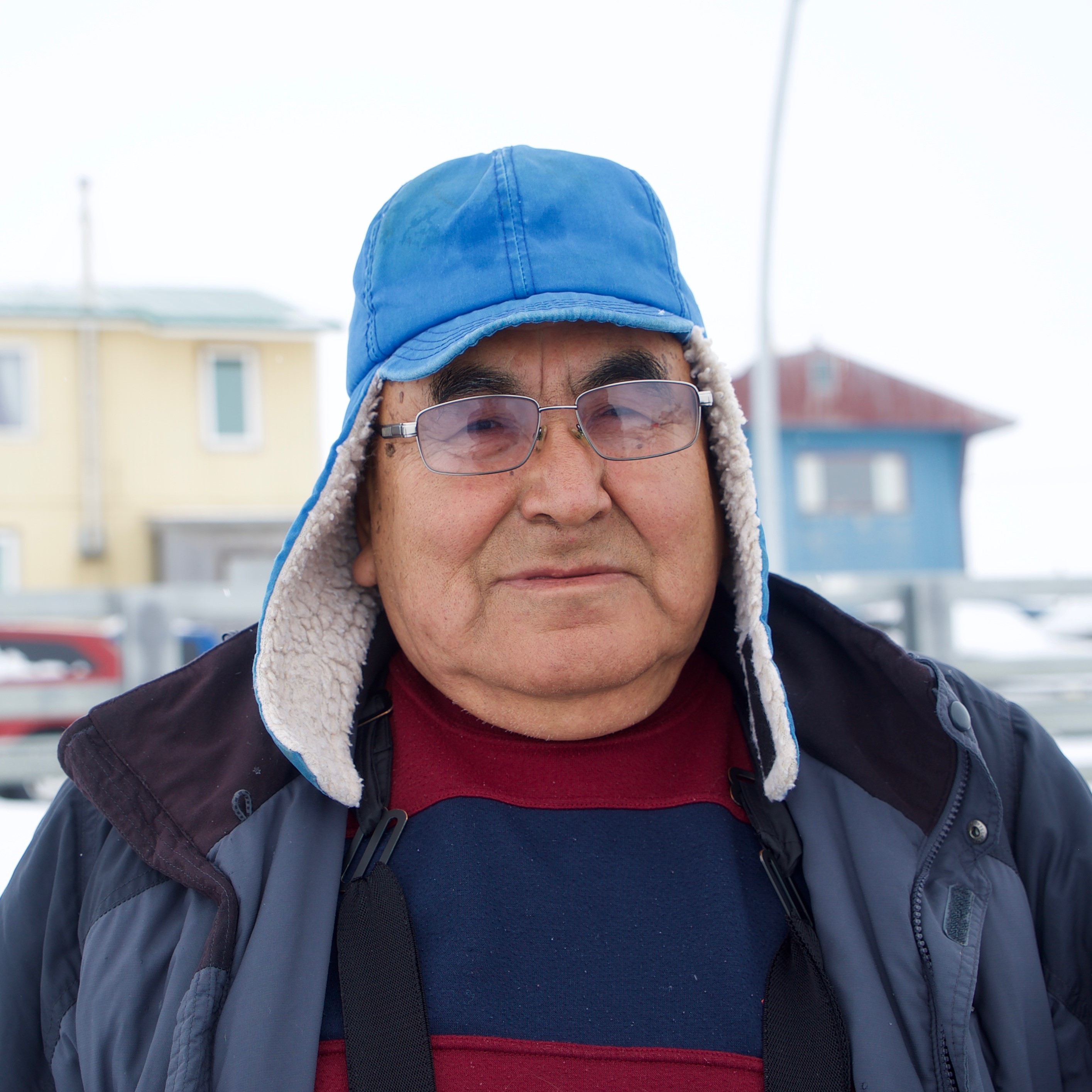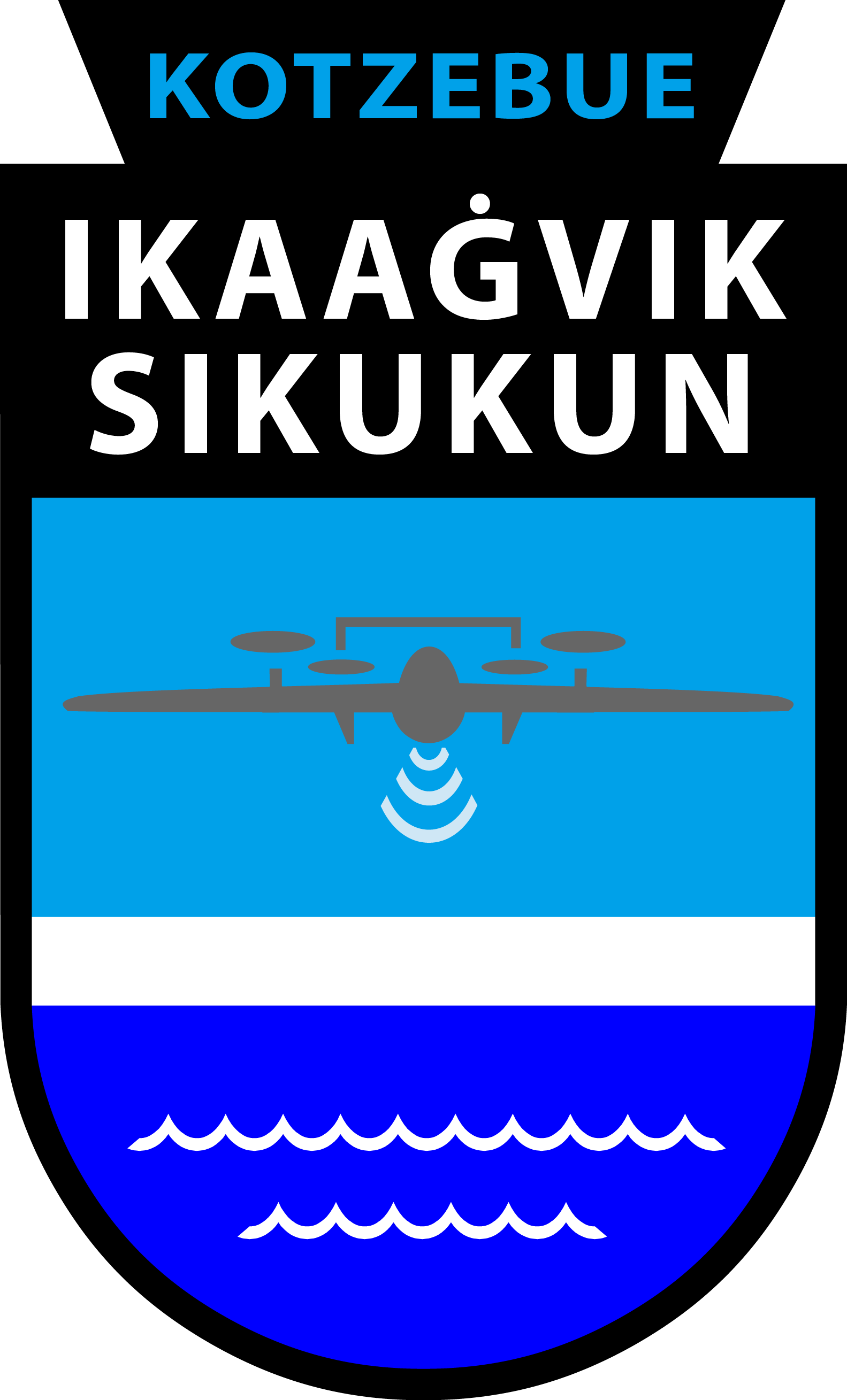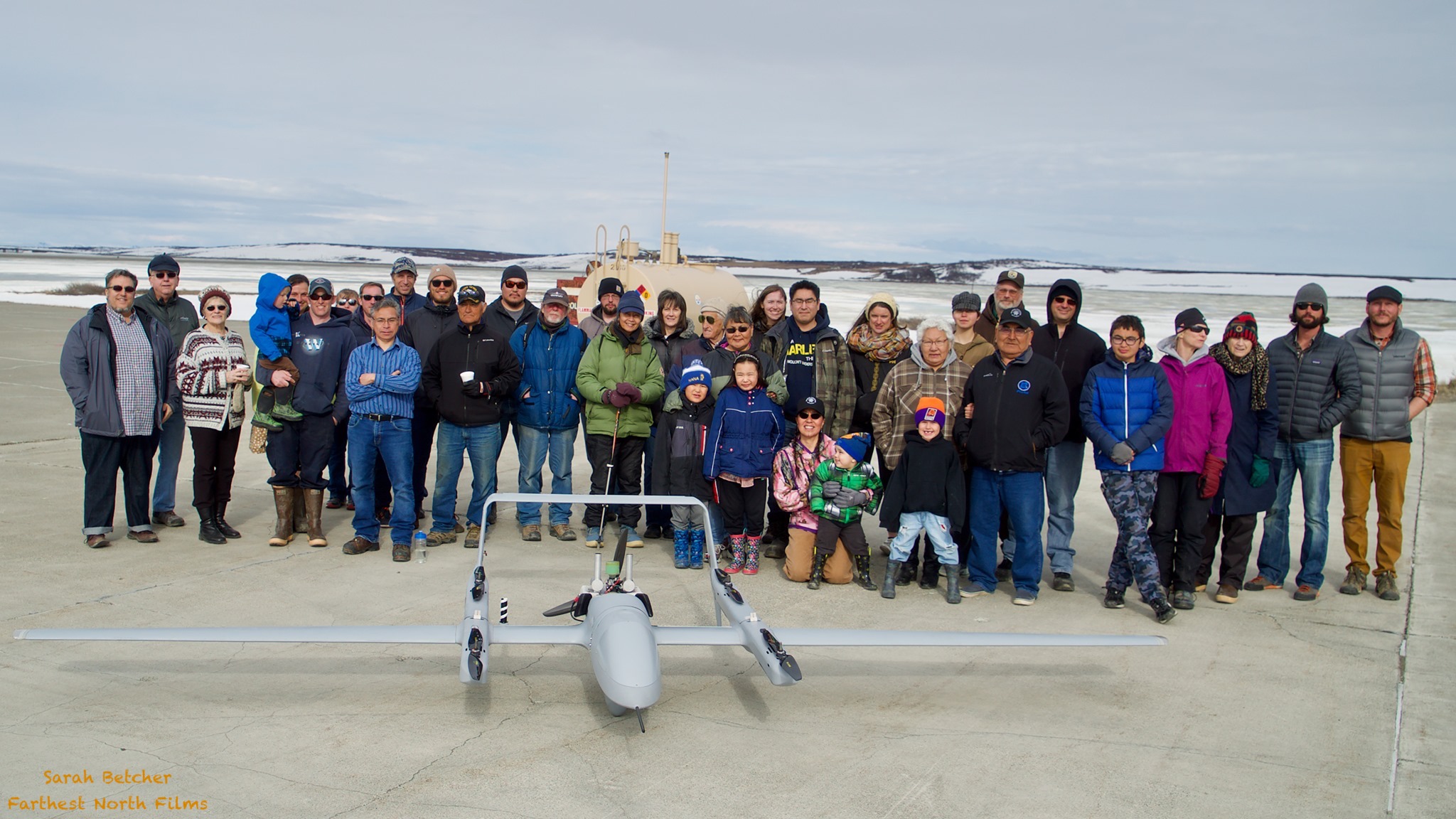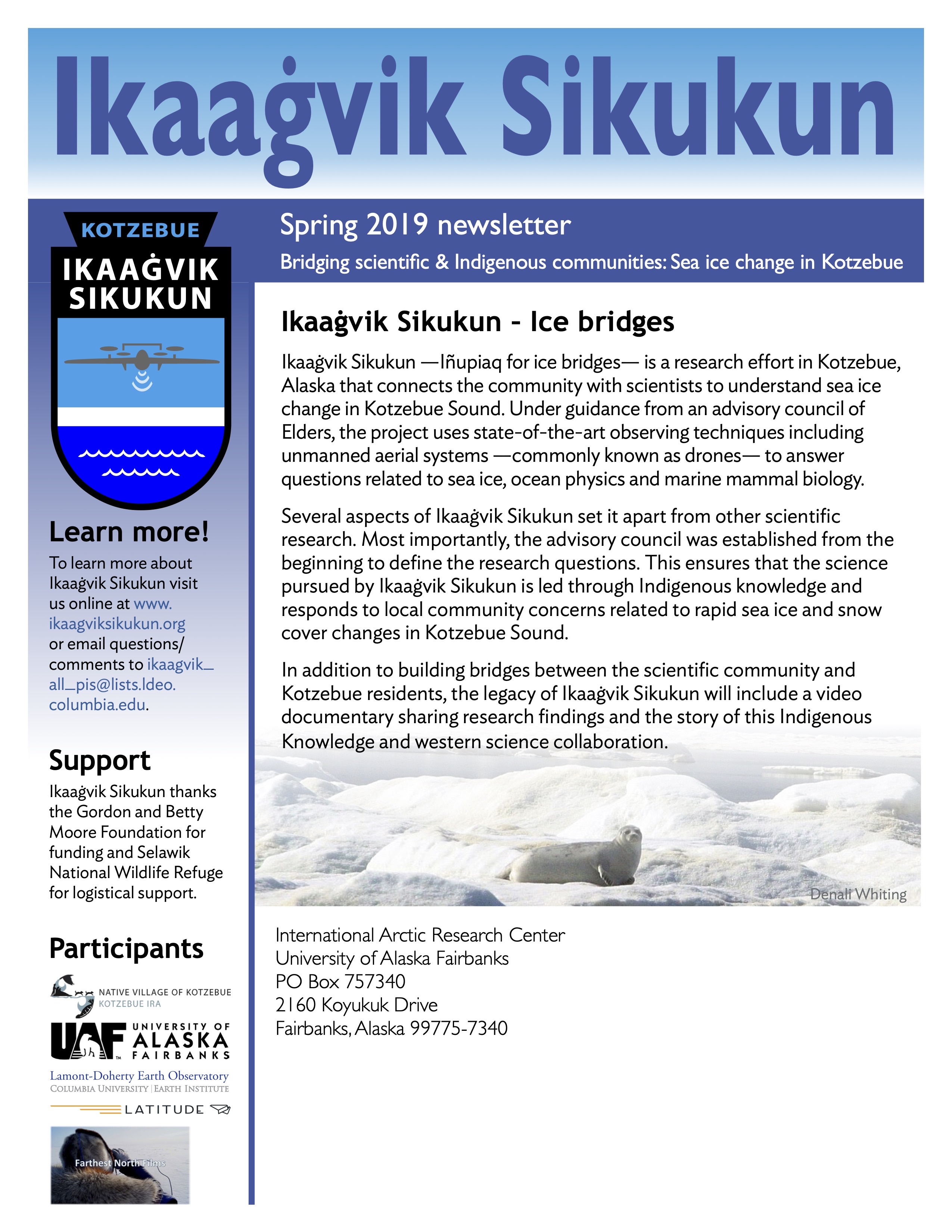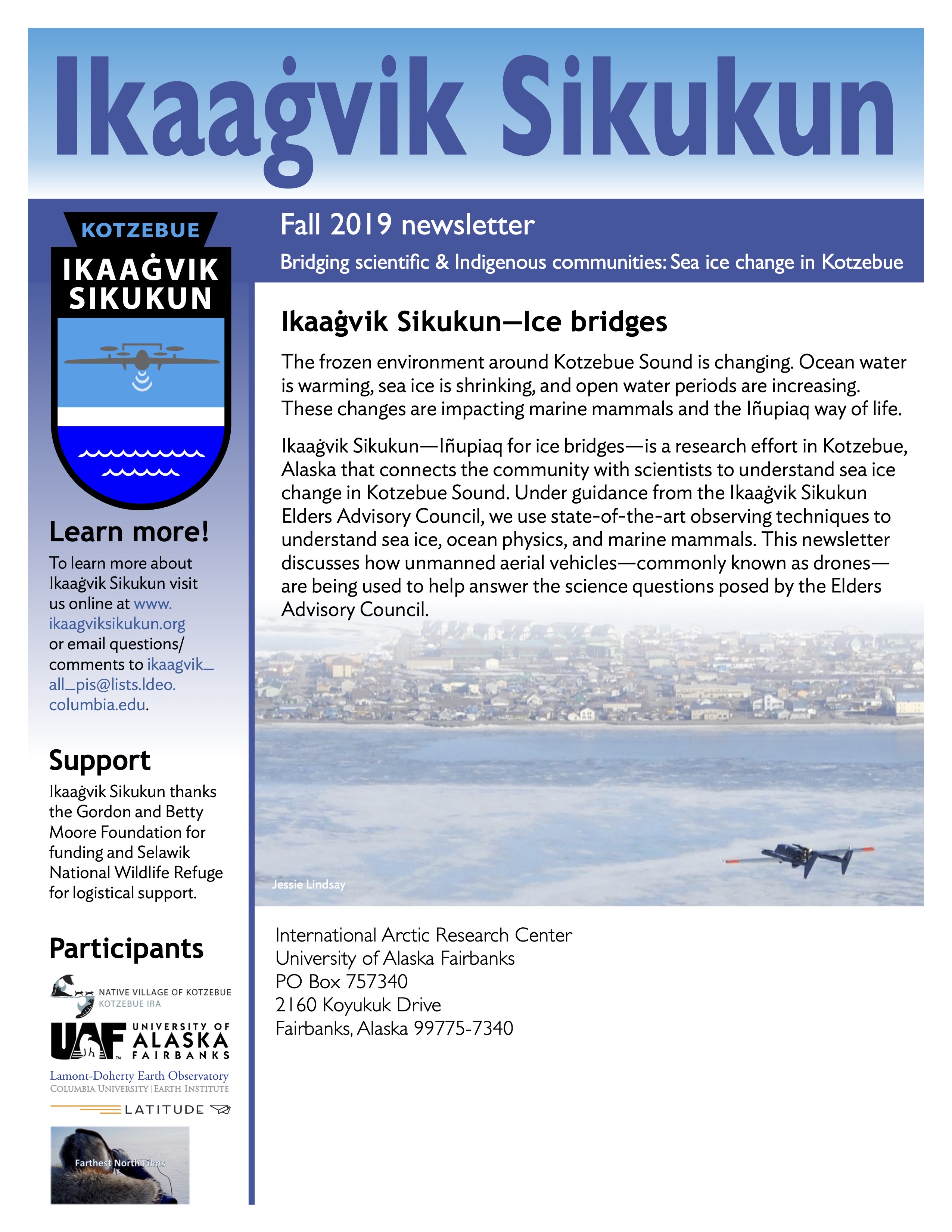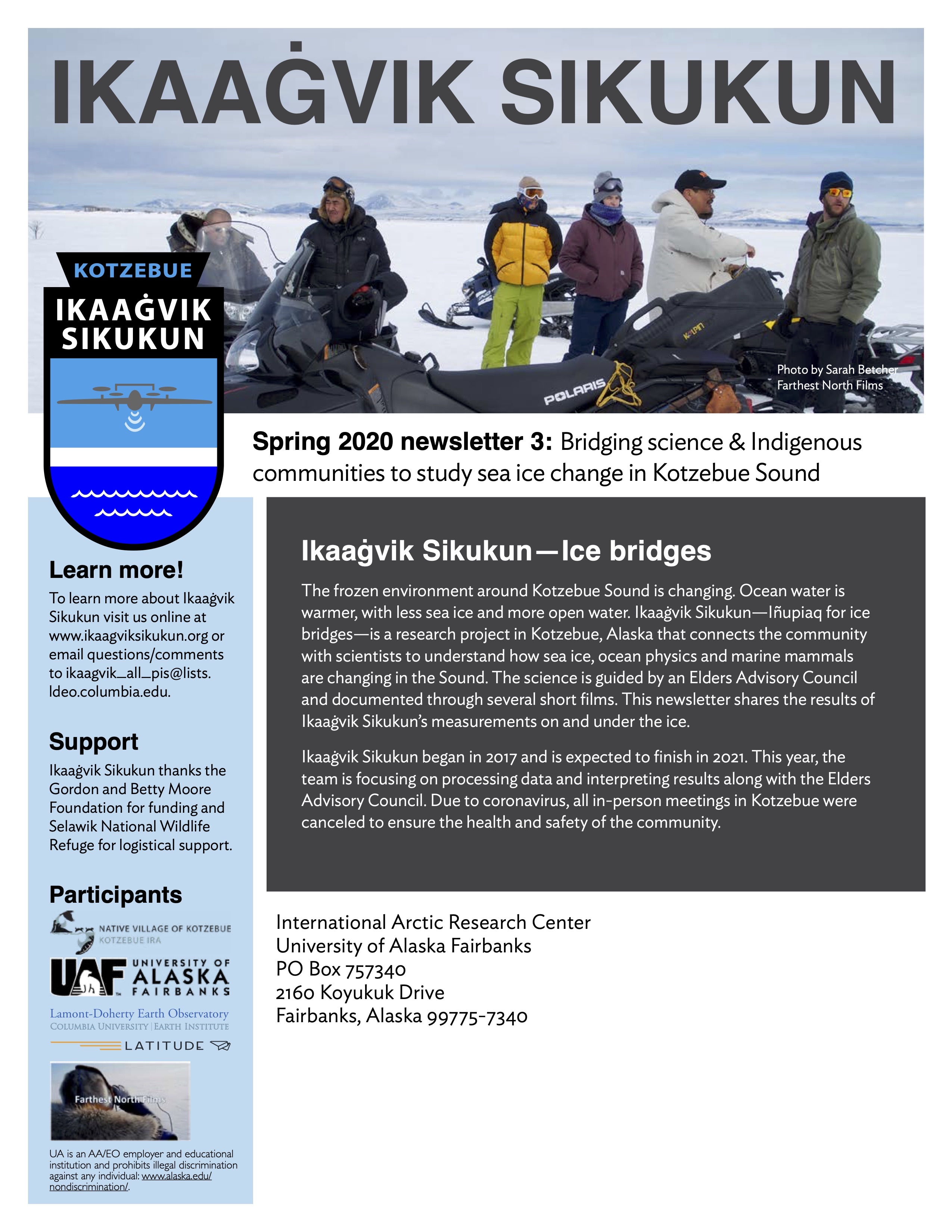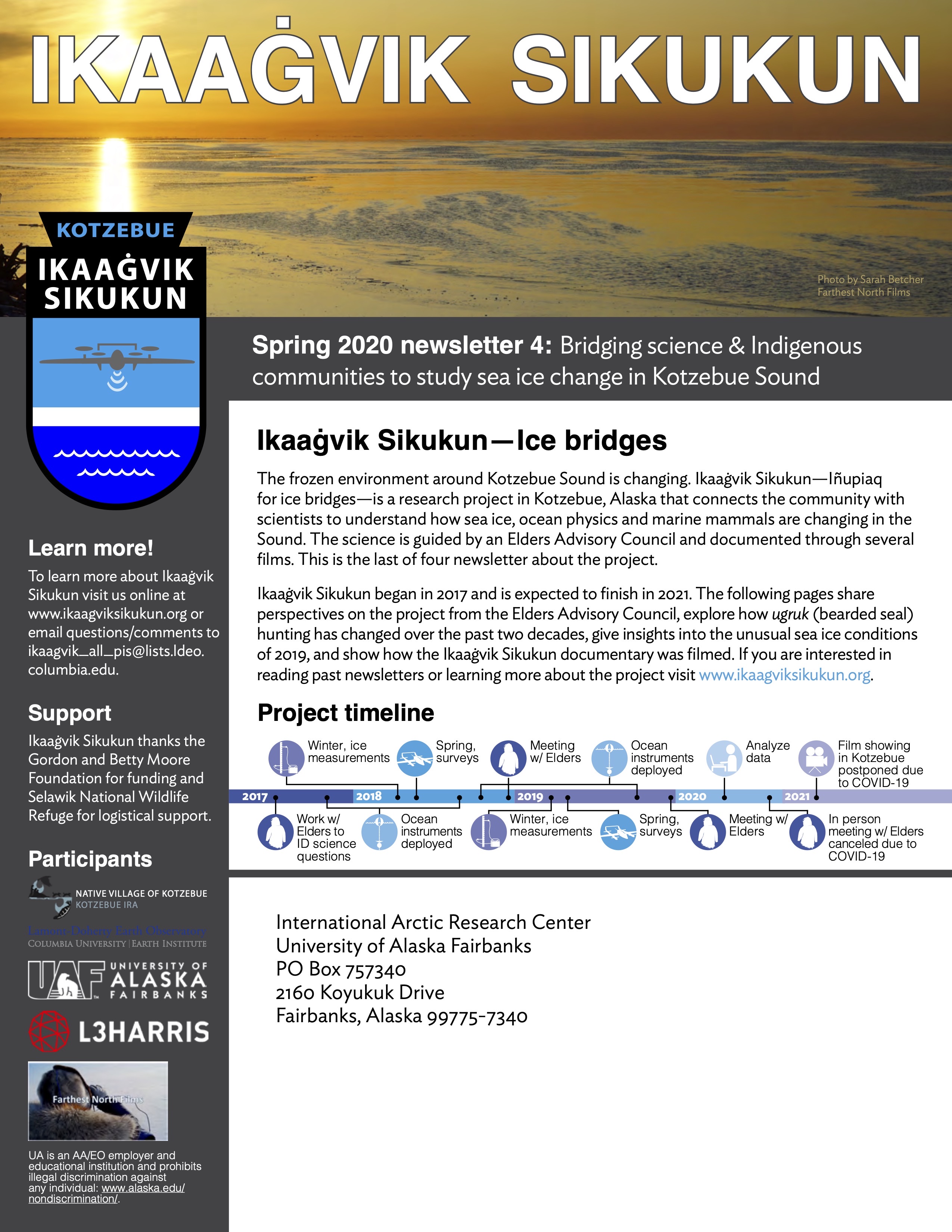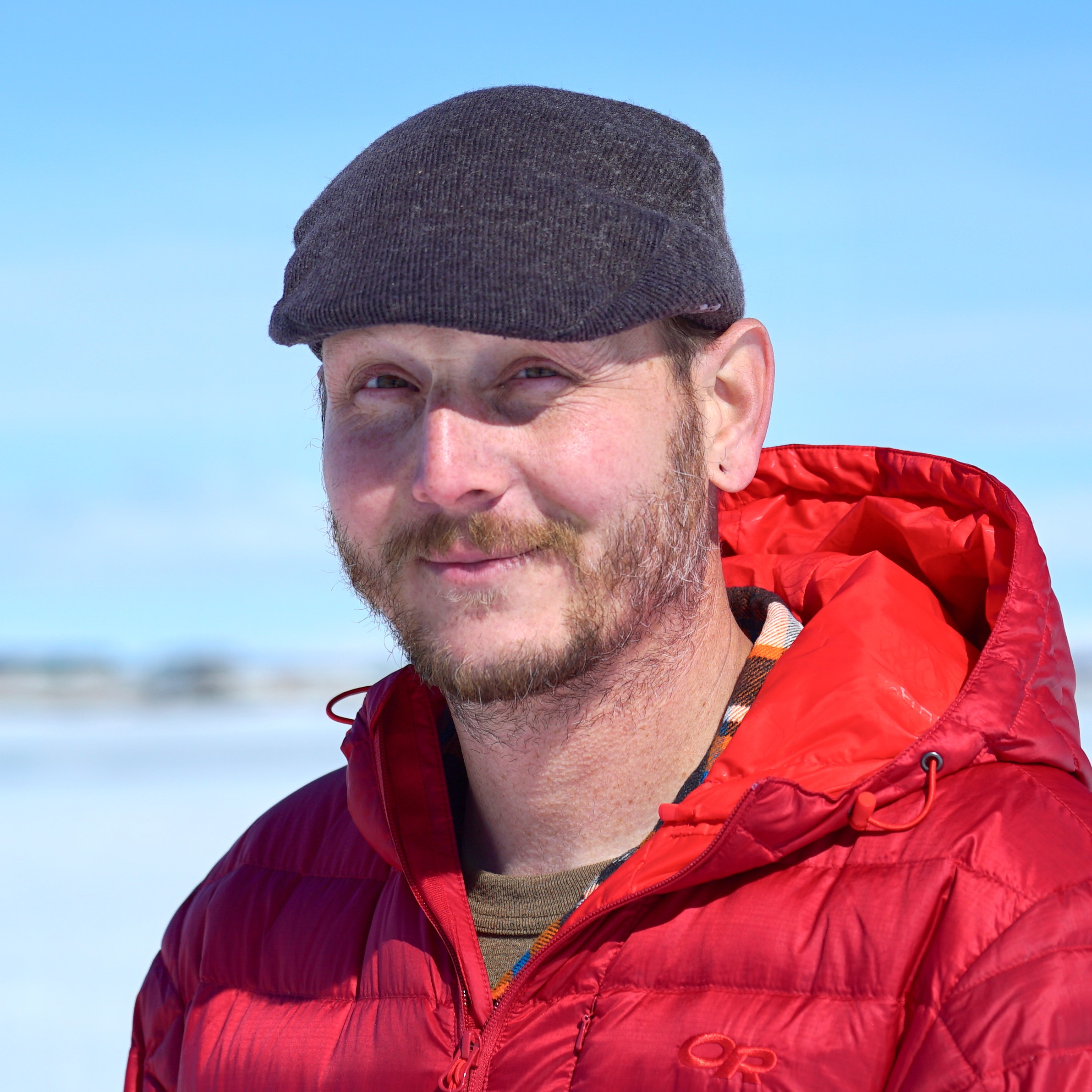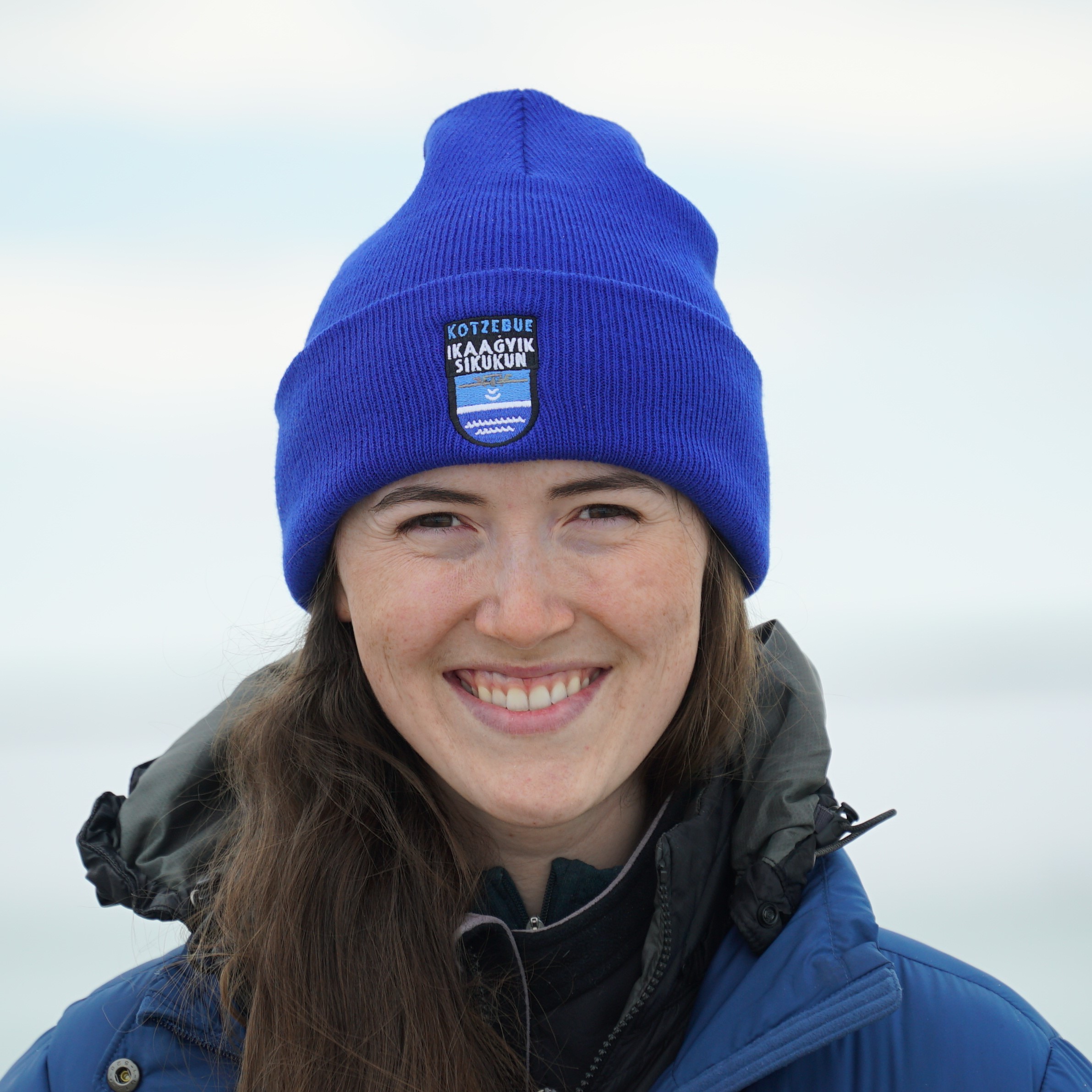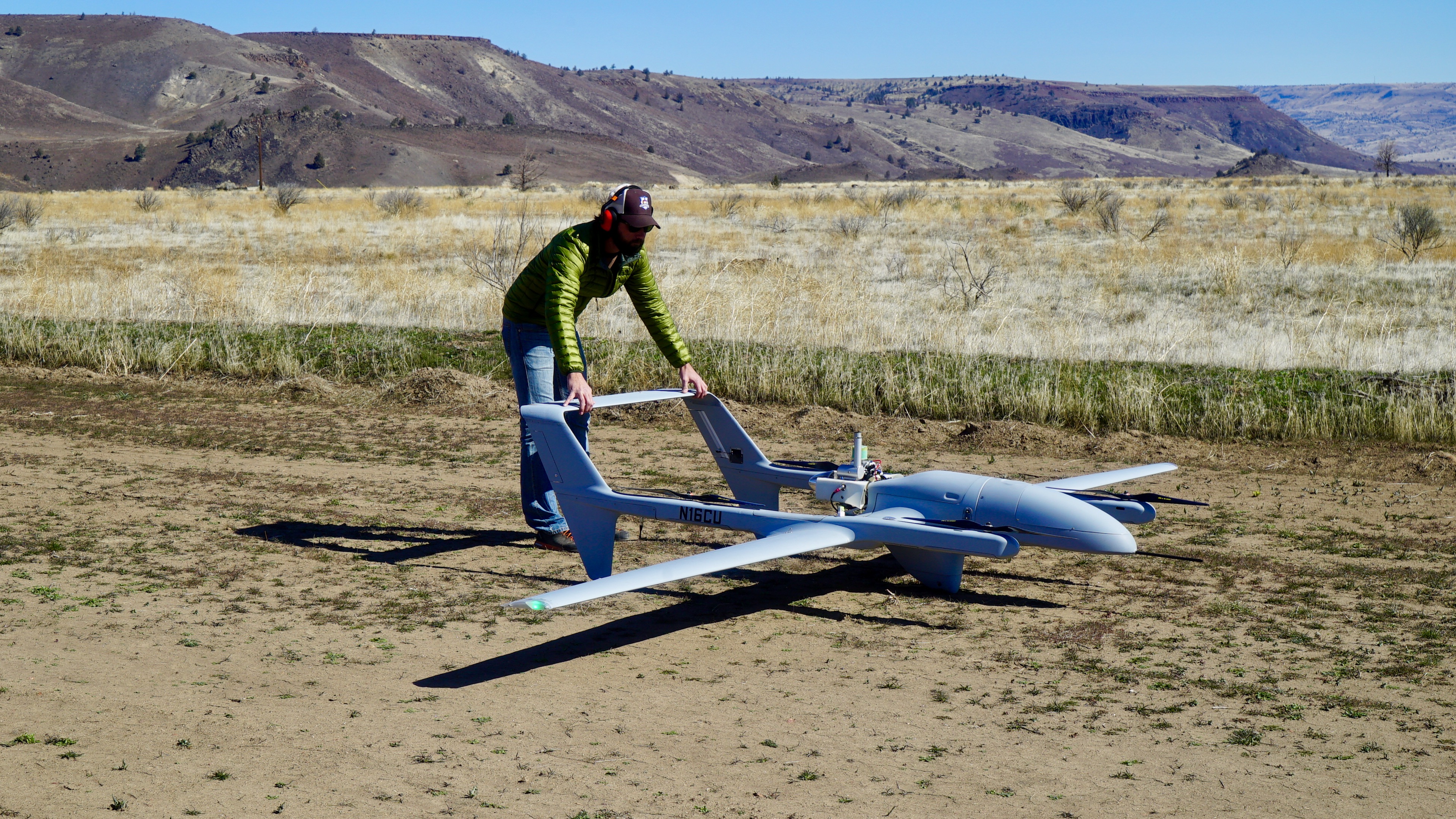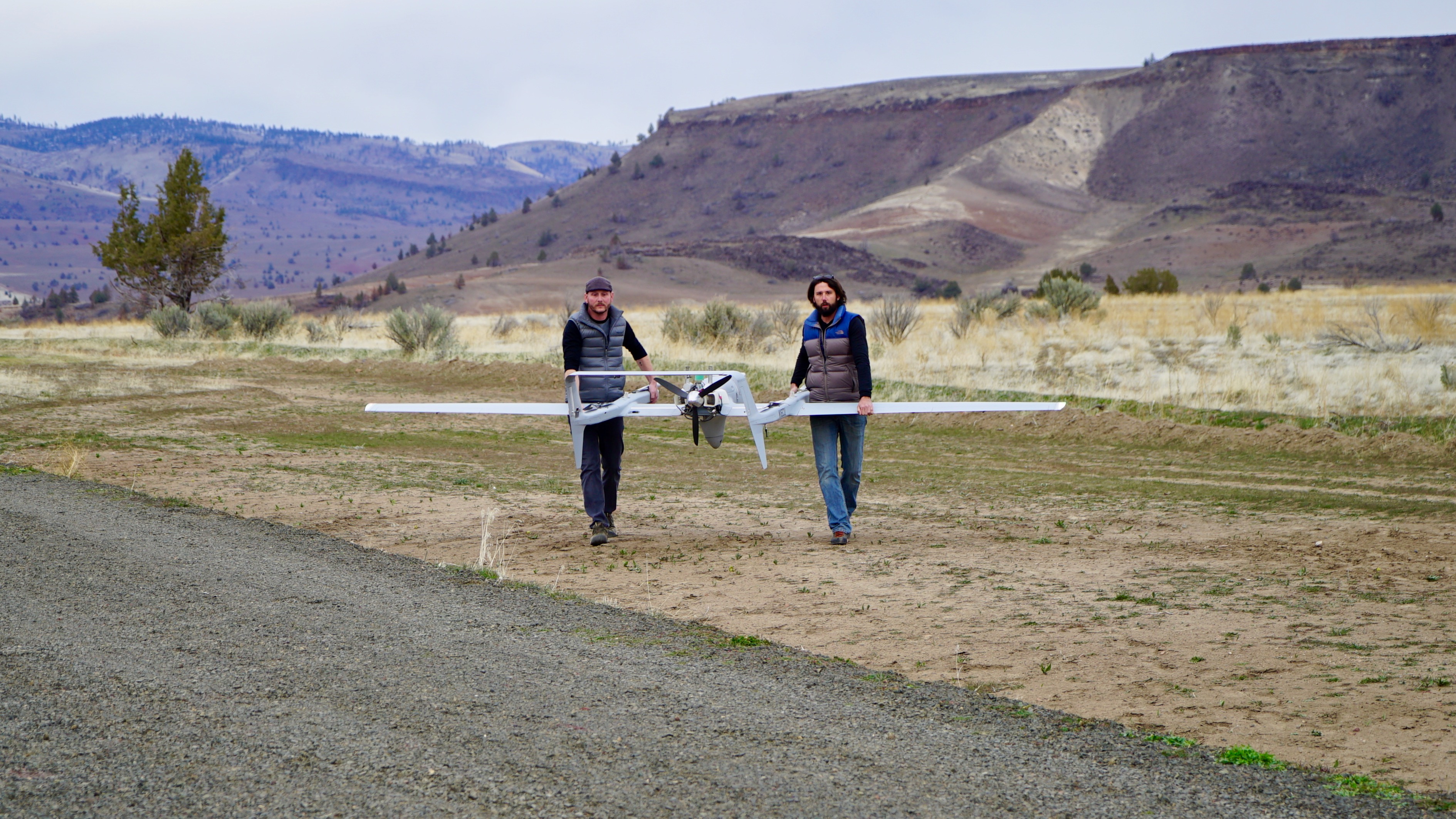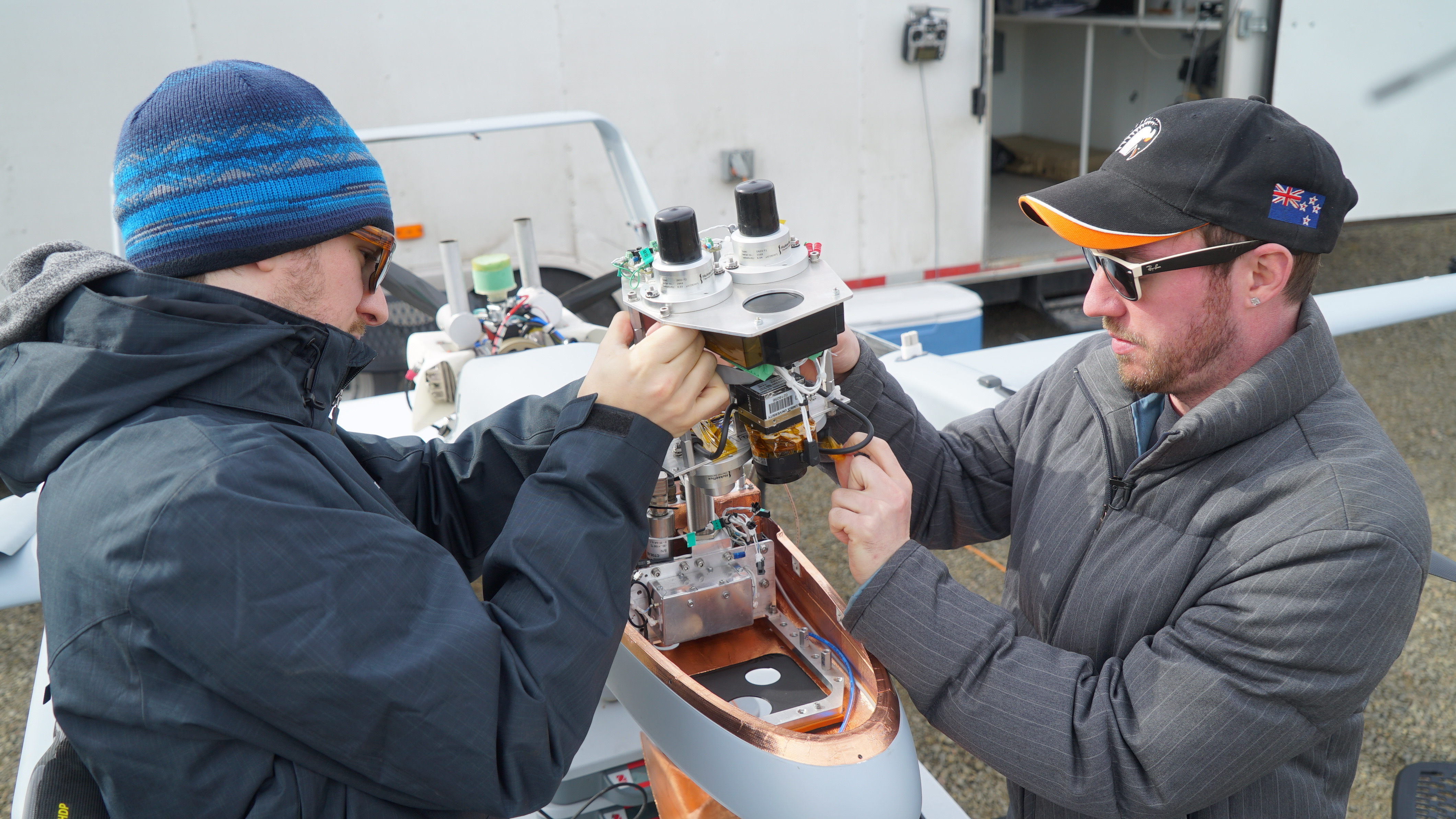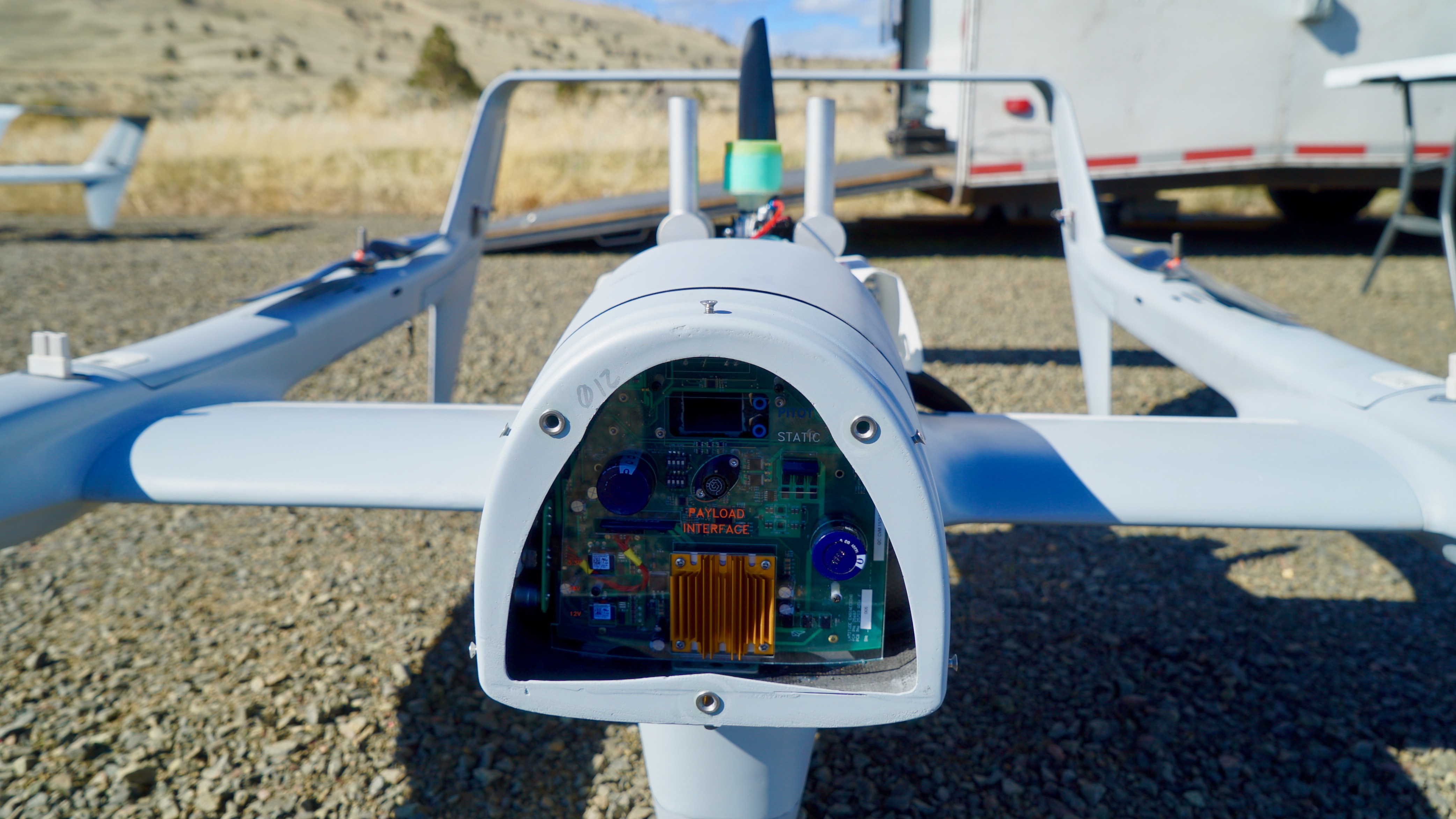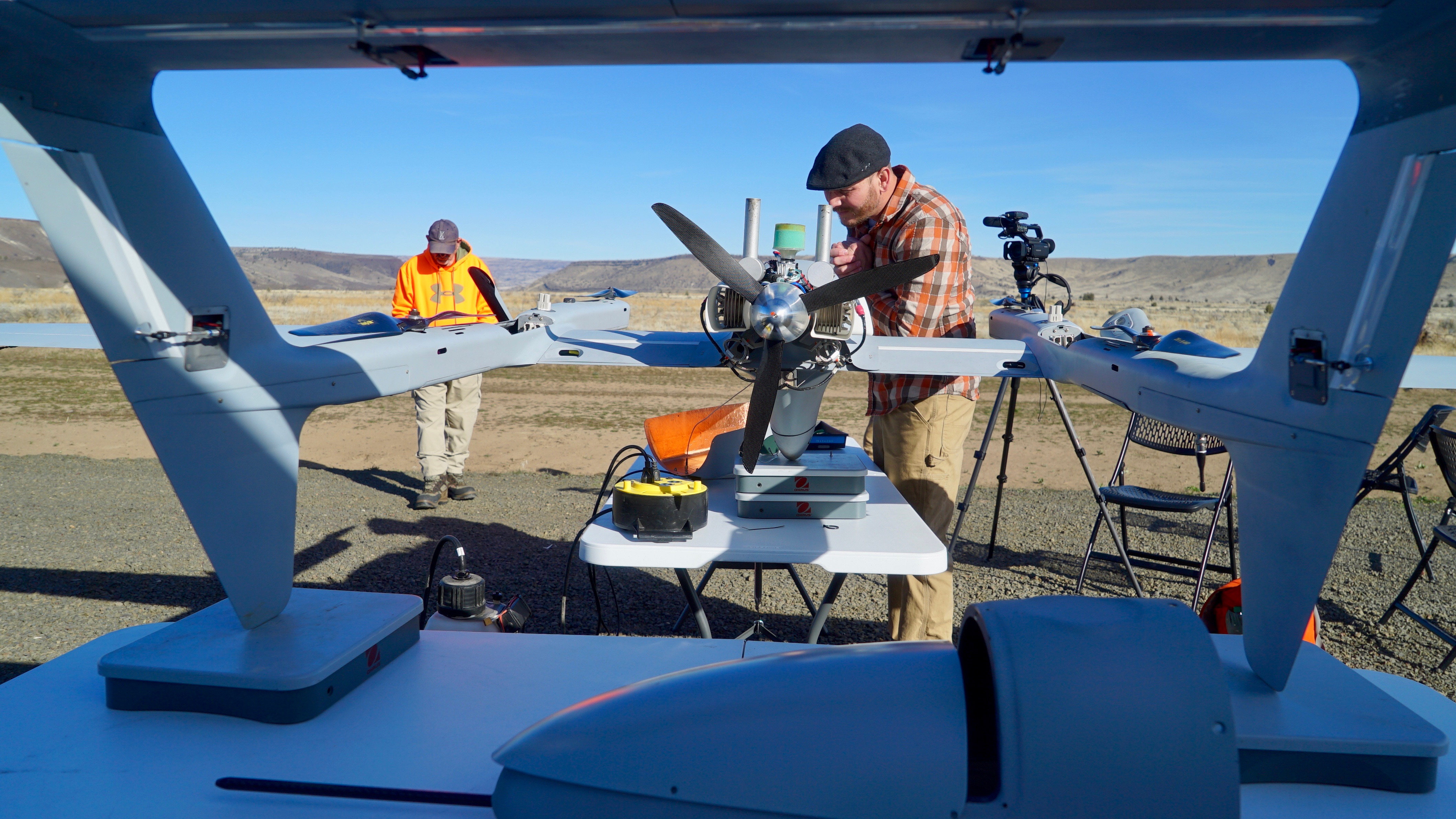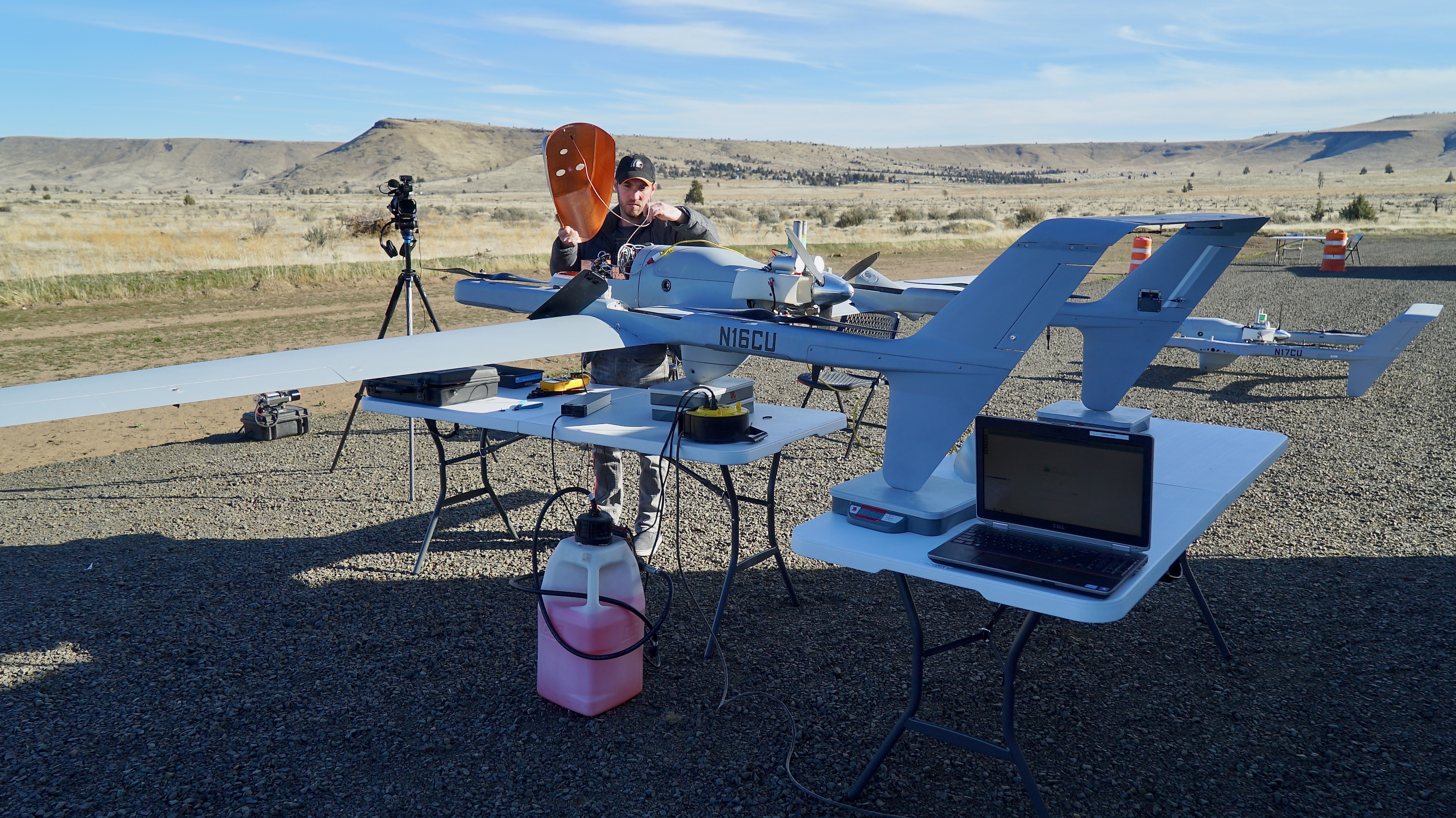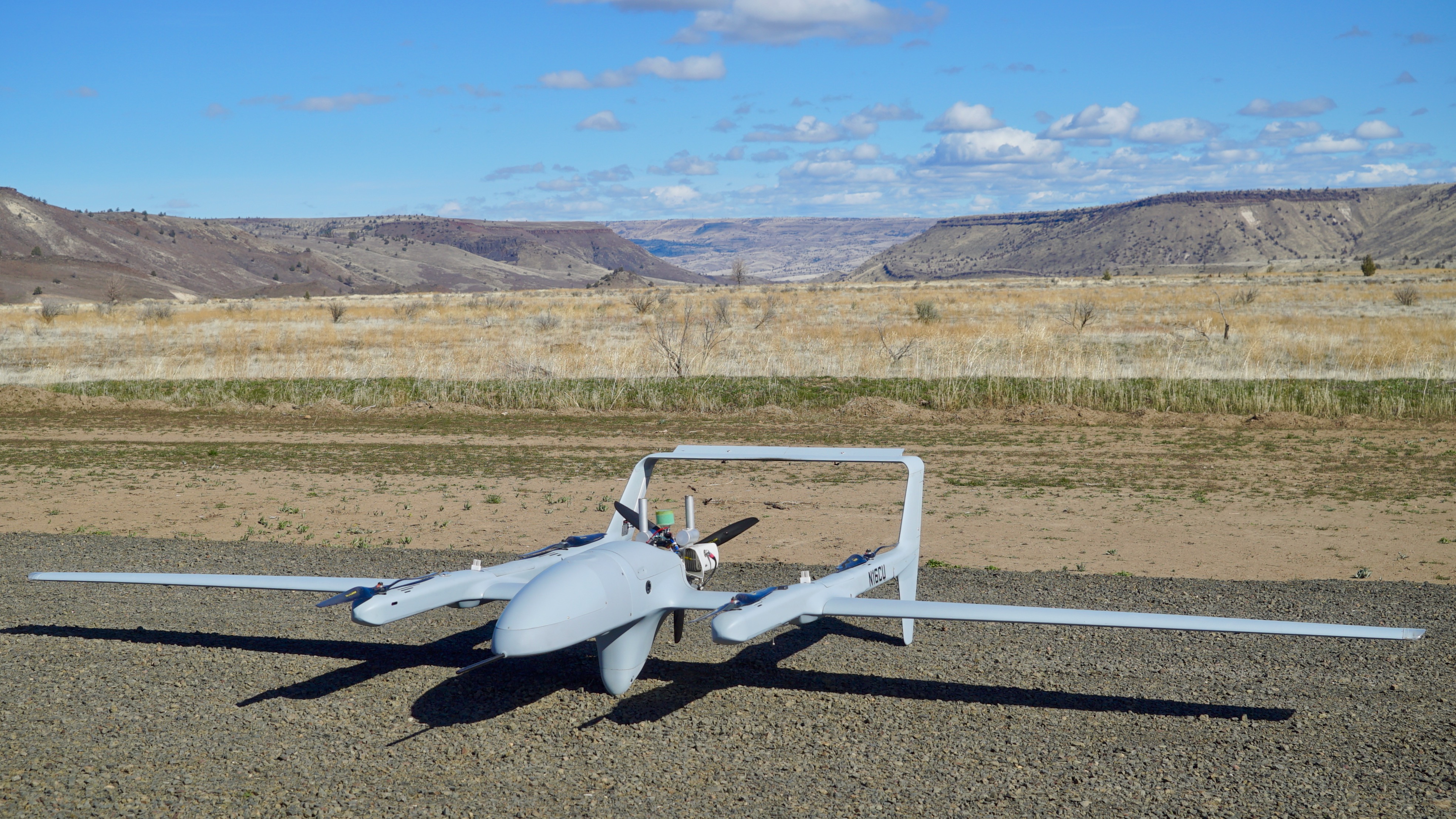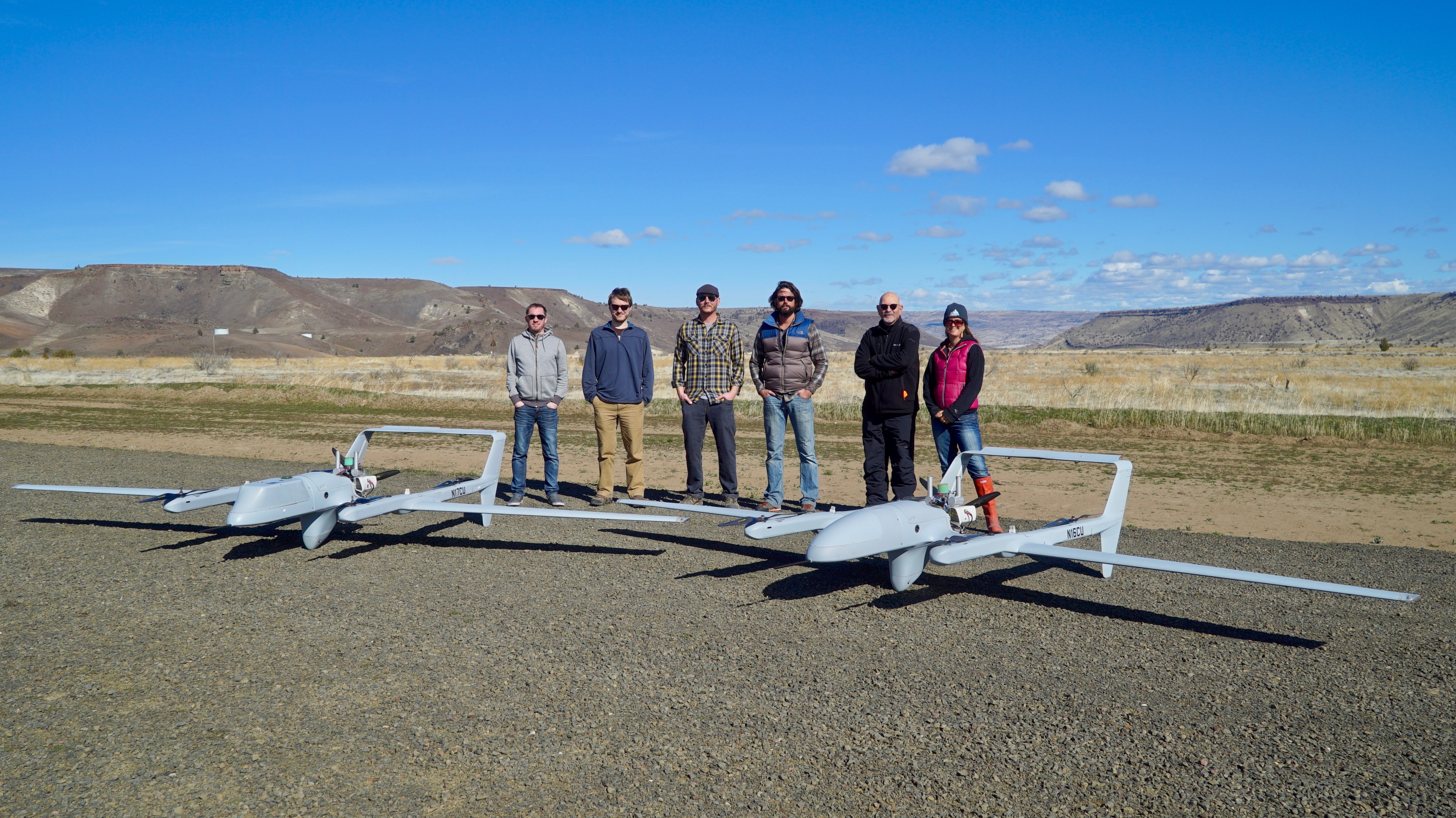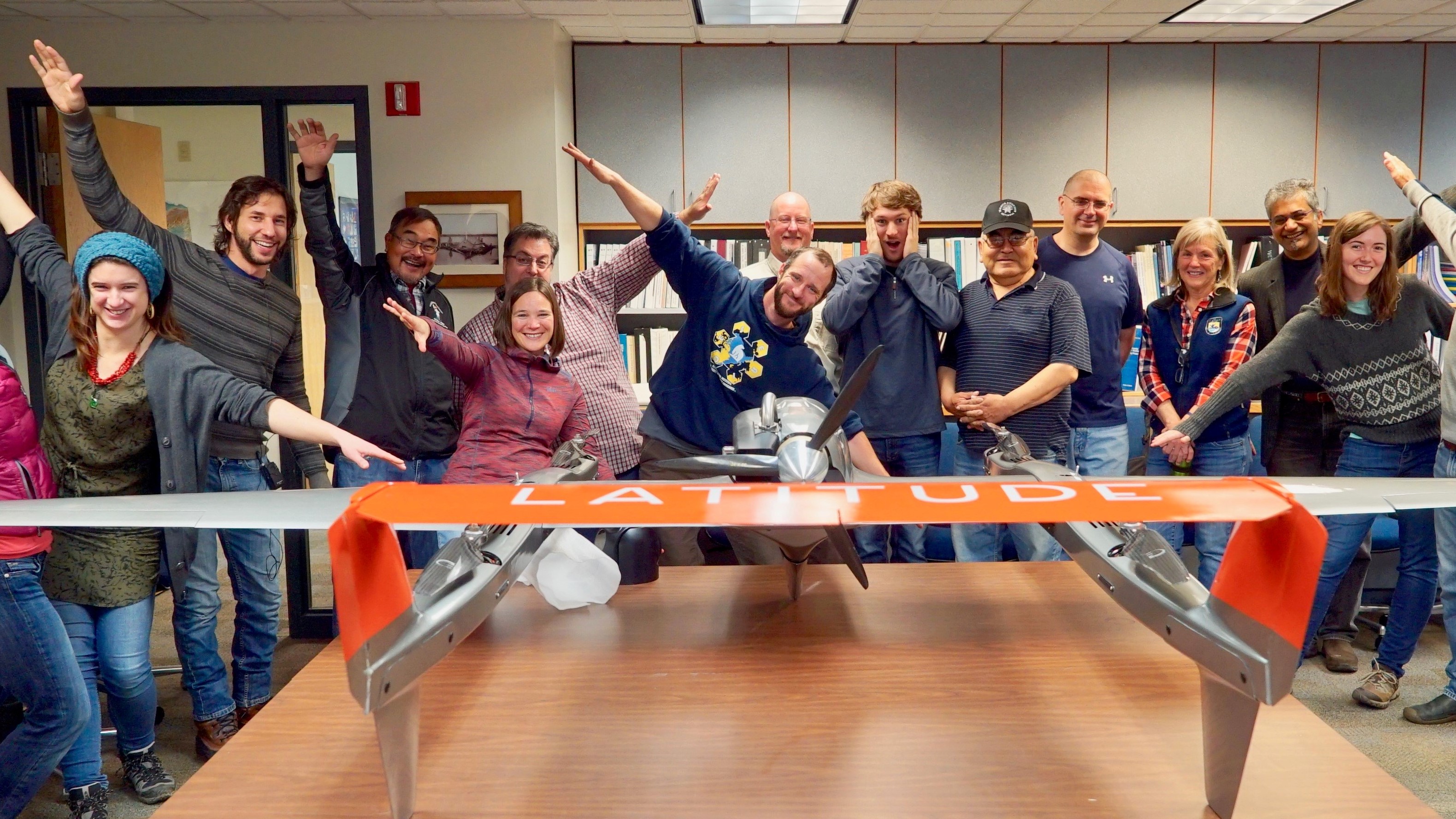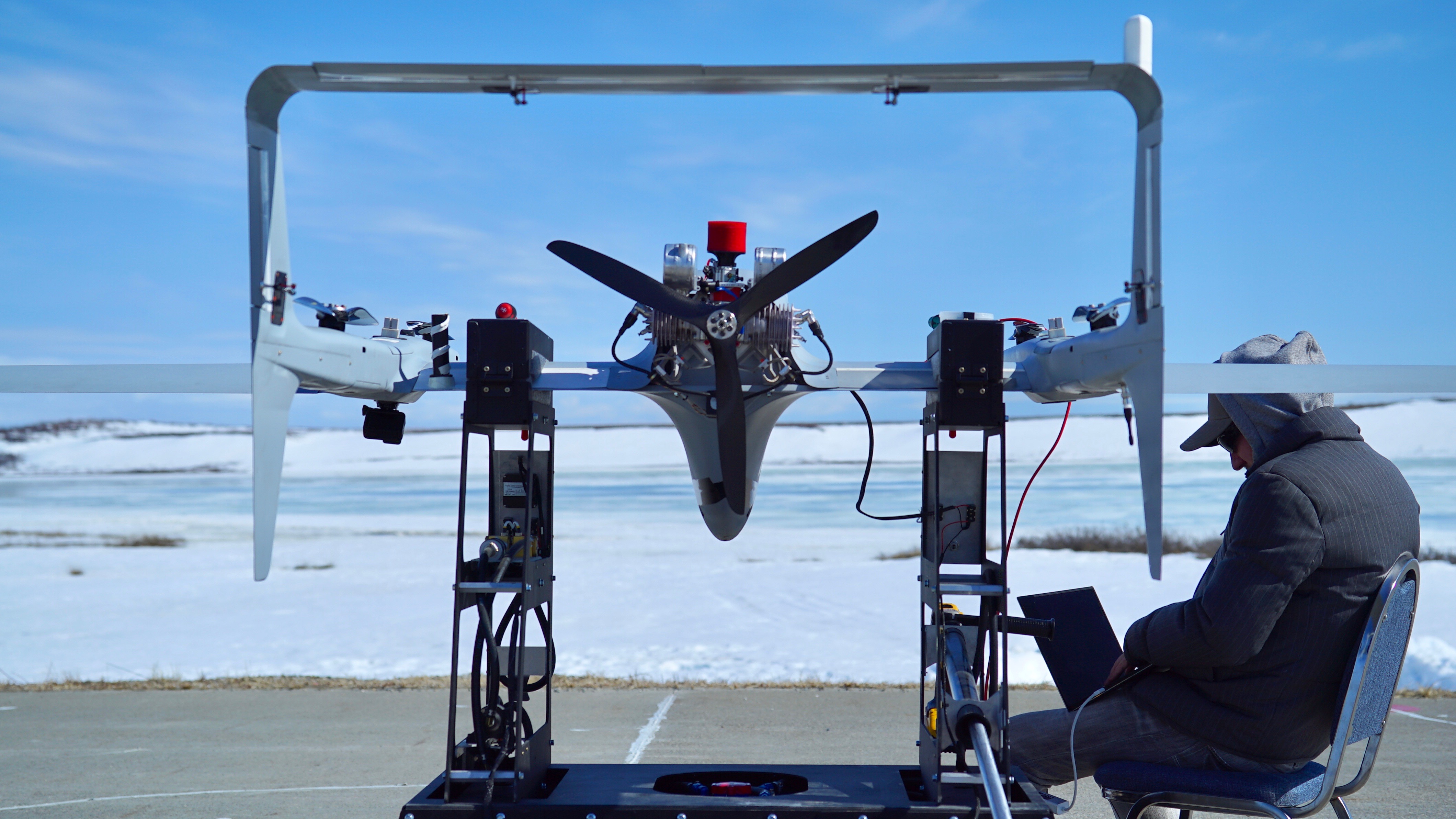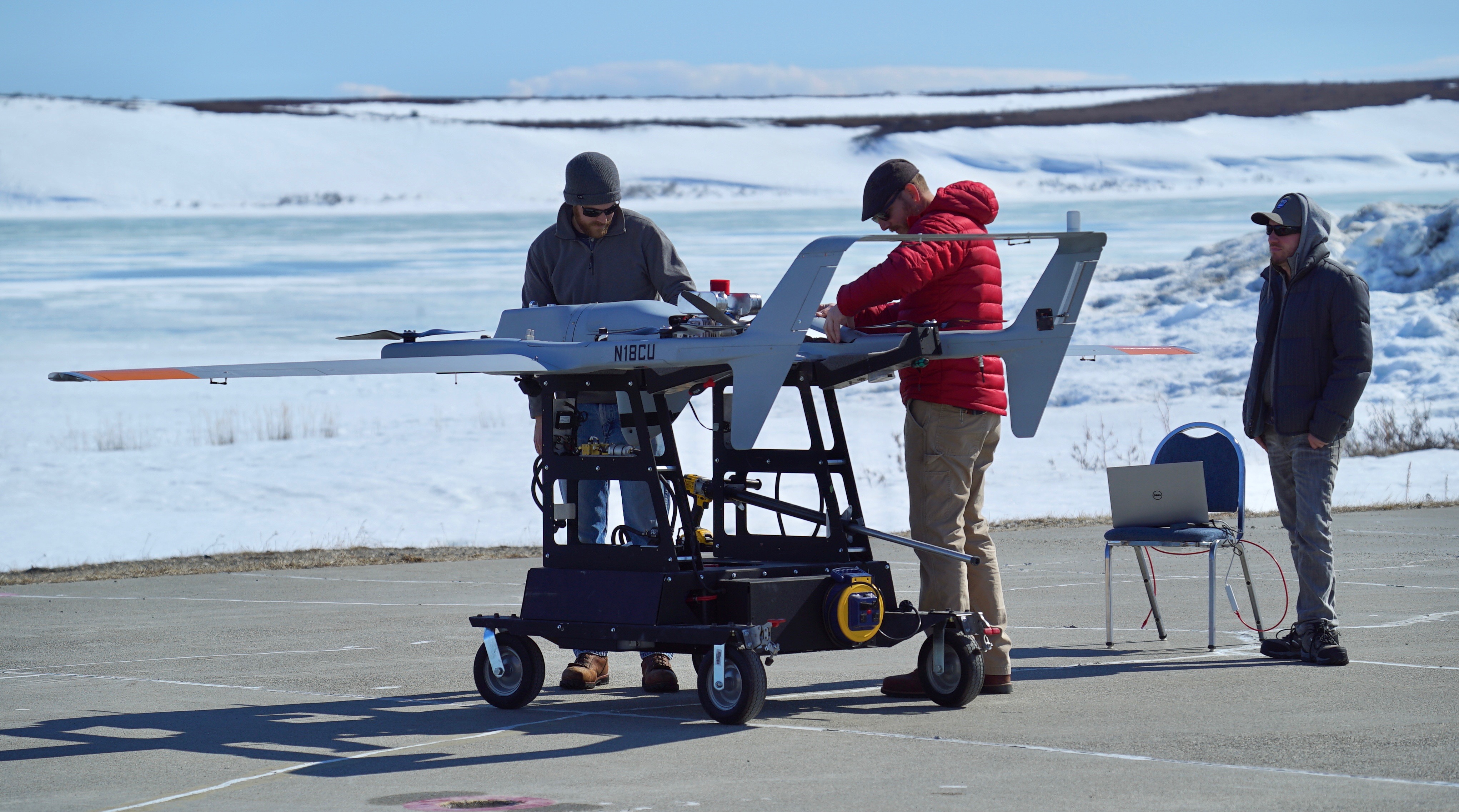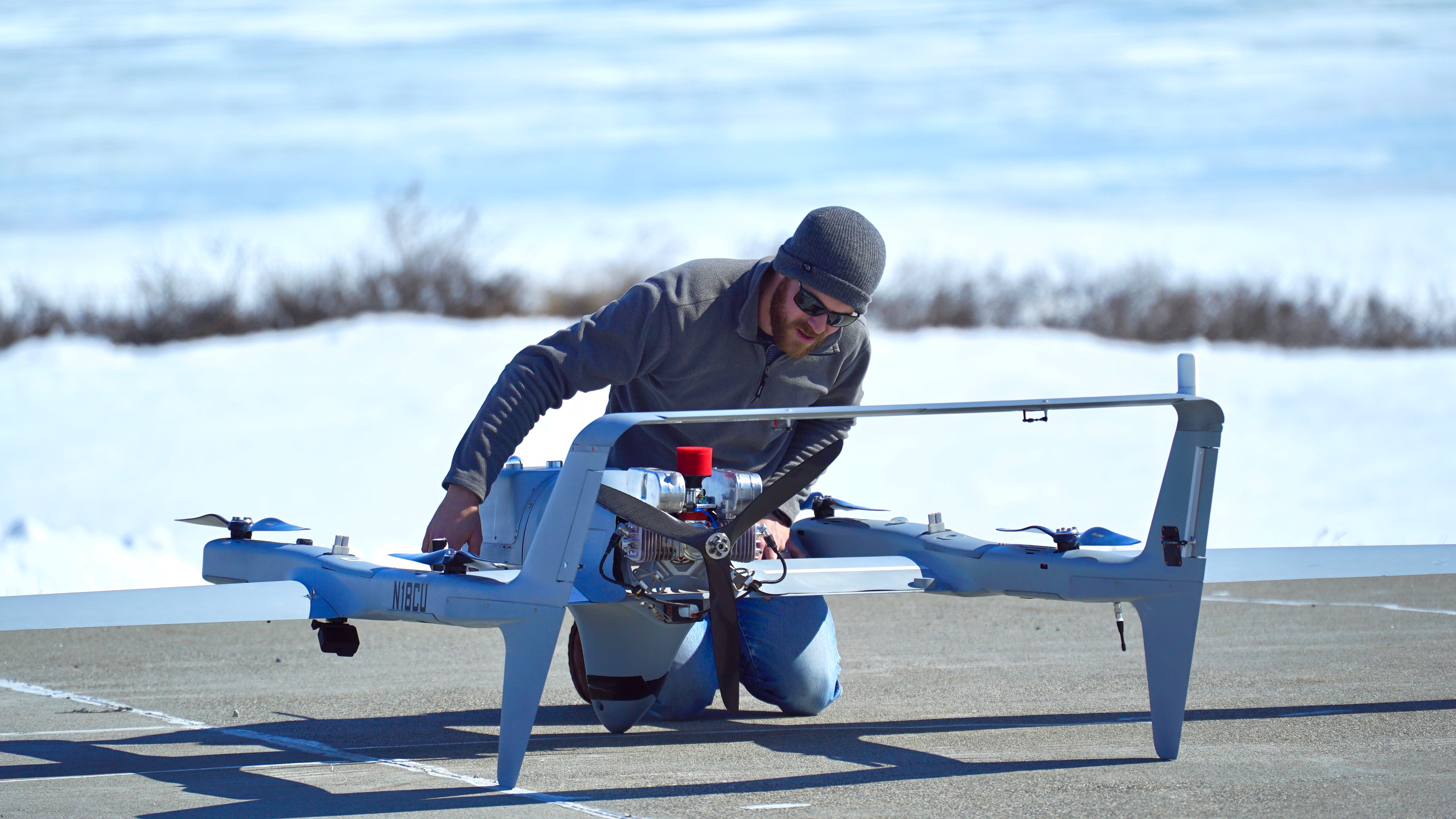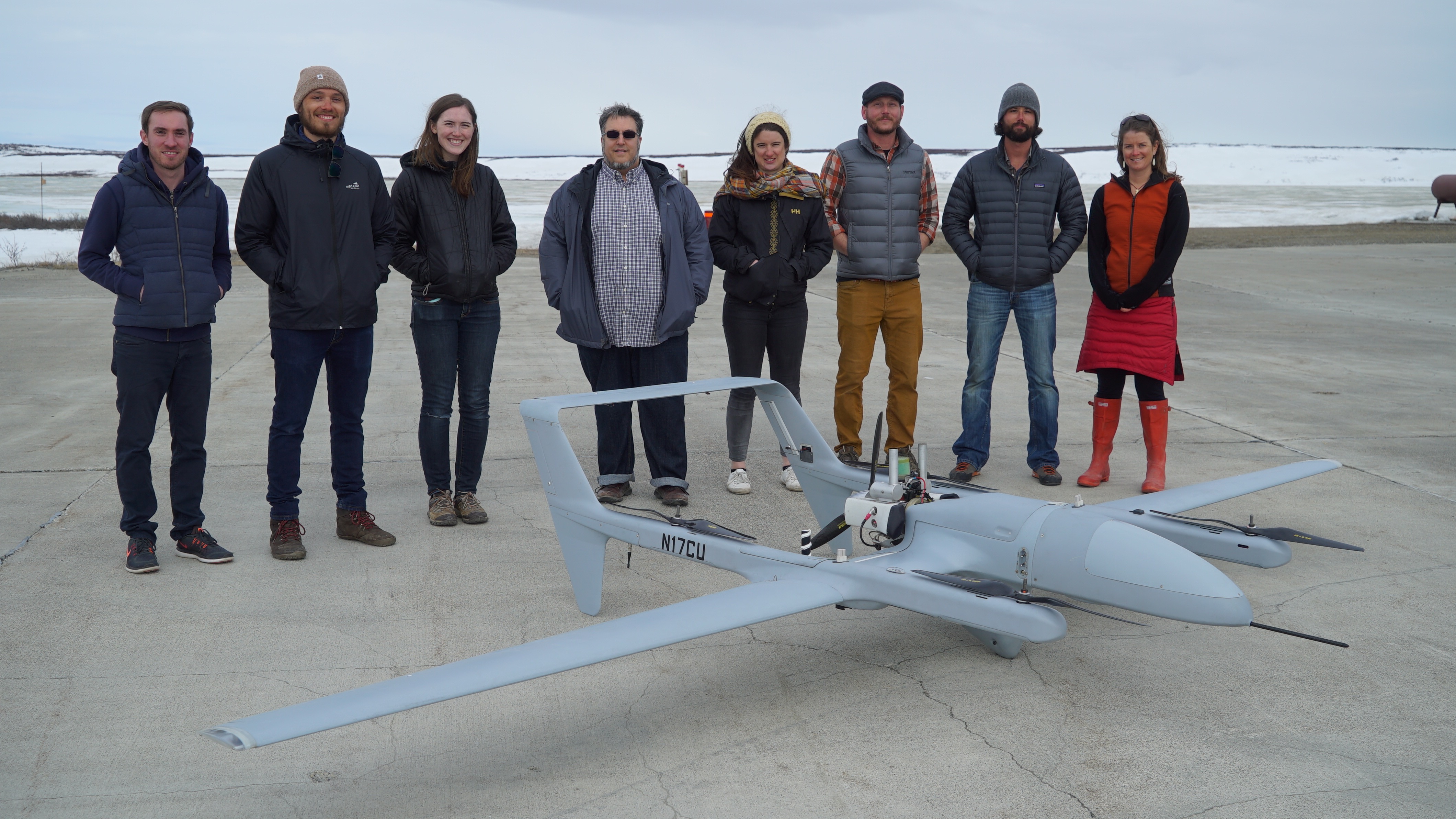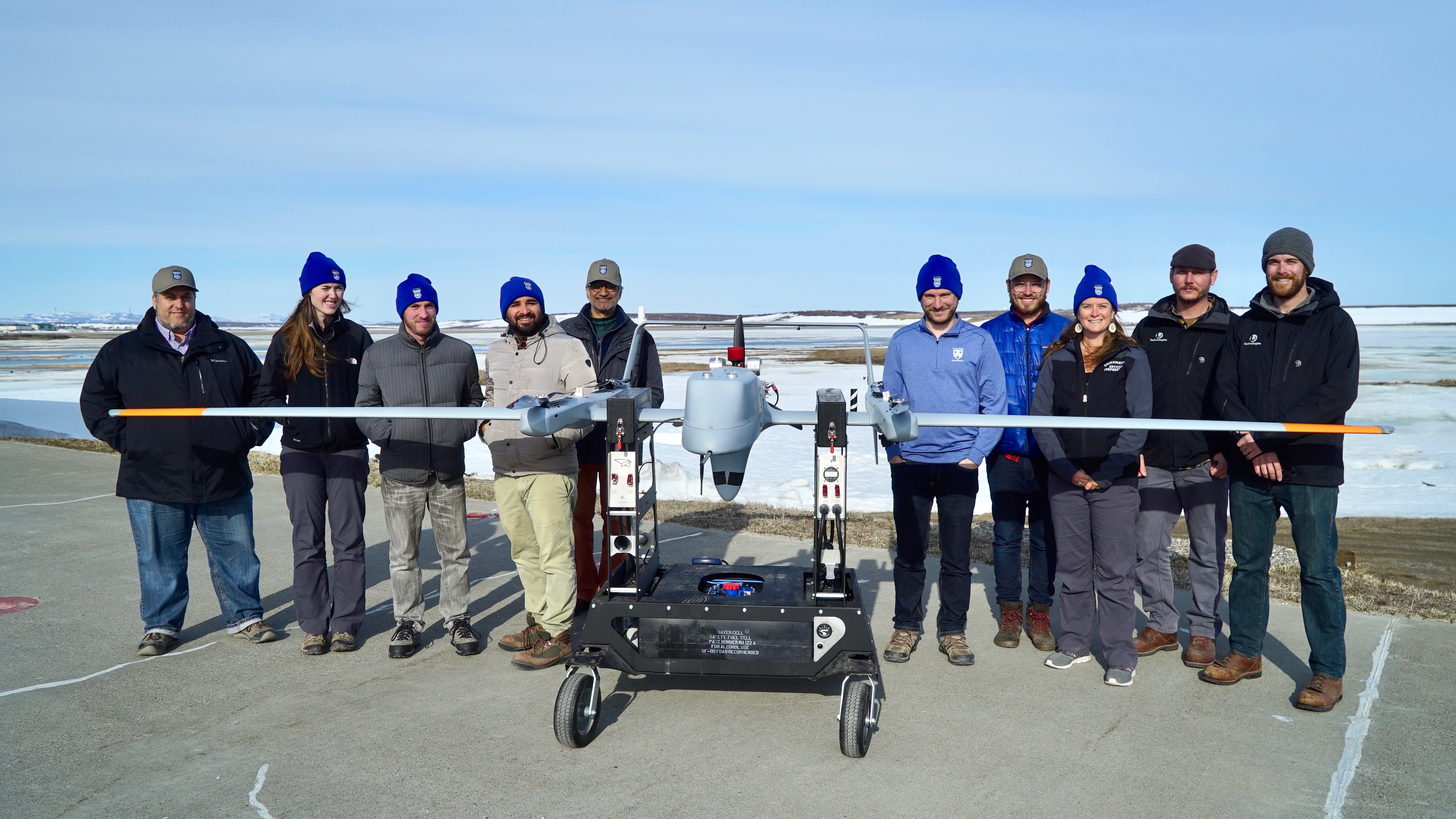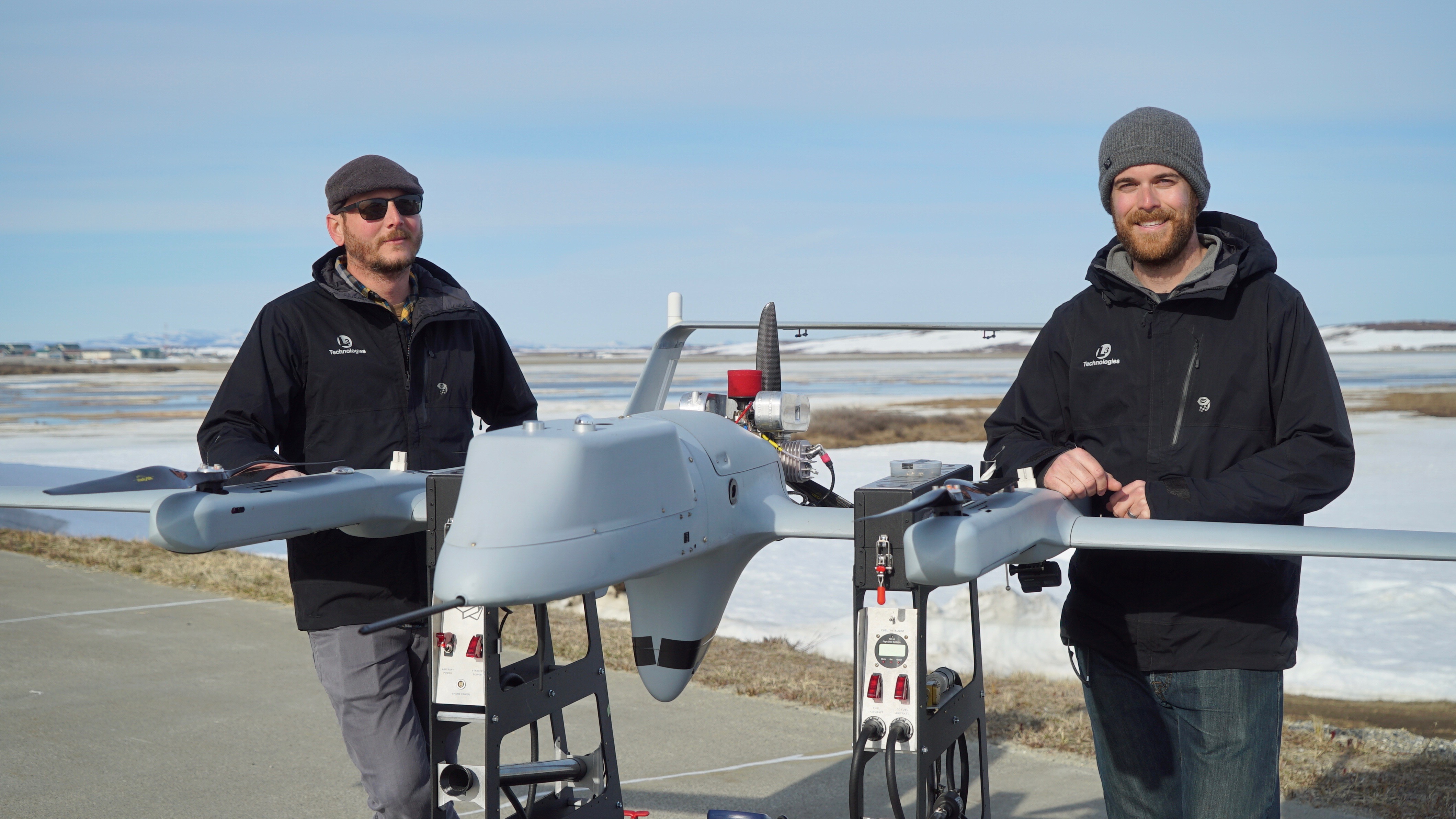Publications
Lindsay, J. M., D. D. W. Hauser, A. R. Mahoney, K. L. Laidre, J. Goodwin, C. Harris, R. J. Schaeffer, R. Schaeffer, Sr., A. V. Whiting, P. L. Boveng, N. J. M. Laxague, S. Betcher, A. Subramaniam, C. R. Witte, and C. J. Zappa (2023), Characteristics of ringed seal Pusa hispida (natchiq) denning habitat in Kotzebue Sound, Alaska, during a year of limited sea ice and snow, Marine Ecology Progress Series, 705, 1-20, doi:10.3354/meps14252.
Witte, C. R., C. J. Zappa, A. R. Mahoney, J. Goodwin, C. Harris, R. E. Schaeffer, R. Schaeffer Sr, S. Betcher, D. D. W. Hauser, N. J. M. Laxague, J. M. Lindsay, A. Subramaniam, K. E. Turner, and A. Whiting (2021), The Winter Heat Budget of Sea Ice in Kotzebue Sound: Residual Ocean Heat and the Seasonal Roles of River Outflow, Journal of Geophysical Research: Oceans, 126(9), e2020JC016784, doi:10.1029/2020JC016784.
Mahoney, A. R., K. E. Turner, D. D. W. Hauser, N. J. M. Laxague, J. M. Lindsay, A. V. Whiting, C. R. Witte, J. Goodwin, C. Harris, R. J. Schaeffer, R. Schaeffer, S. Betcher, A. Subramaniam, and C. J. Zappa (2021), Thin ice, deep snow and surface flooding in Kotzebue Sound: landfast ice mass balance during two anomalously warm winters and implications for marine mammals and subsistence hunting, Journal of Glaciology, 1-15, doi:10.1017/jog.2021.49.
Hauser, D. D. W., A. V. Whiting, A. R. Mahoney, J. Goodwin, C. Harris, R. J. Schaeffer, R. Schaeffer, N. J. M. Laxague, A. Subramaniam, C. R. Witte, S. Betcher, J. M. Lindsay, and C. J. Zappa (2021), Co-production of knowledge reveals loss of Indigenous hunting opportunities in the face of accelerating Arctic climate change, Environmental Research Letters, 16(9), 095003, doi:10.1088/1748-9326/ac1a36.
Project Objectives
Project Objectives
Our overarching goal is to build bridges between indigenous communities and scientists, we identify the following objectives to guide the development of our science plan, our engagement with community of Kotzebue and the legacy we will leave for others to follow:
Improve understanding of the mechanisms, impacts, and implications of sea ice retreat in the Arctic for the global science community and local stakeholders
Develop partnerships between scientists and local residents to increase the capacity of local communities to address their research needs
Document the progress of the project as a potential model for future community-based collaborative science endeavors in the Arctic
Map of Study Area
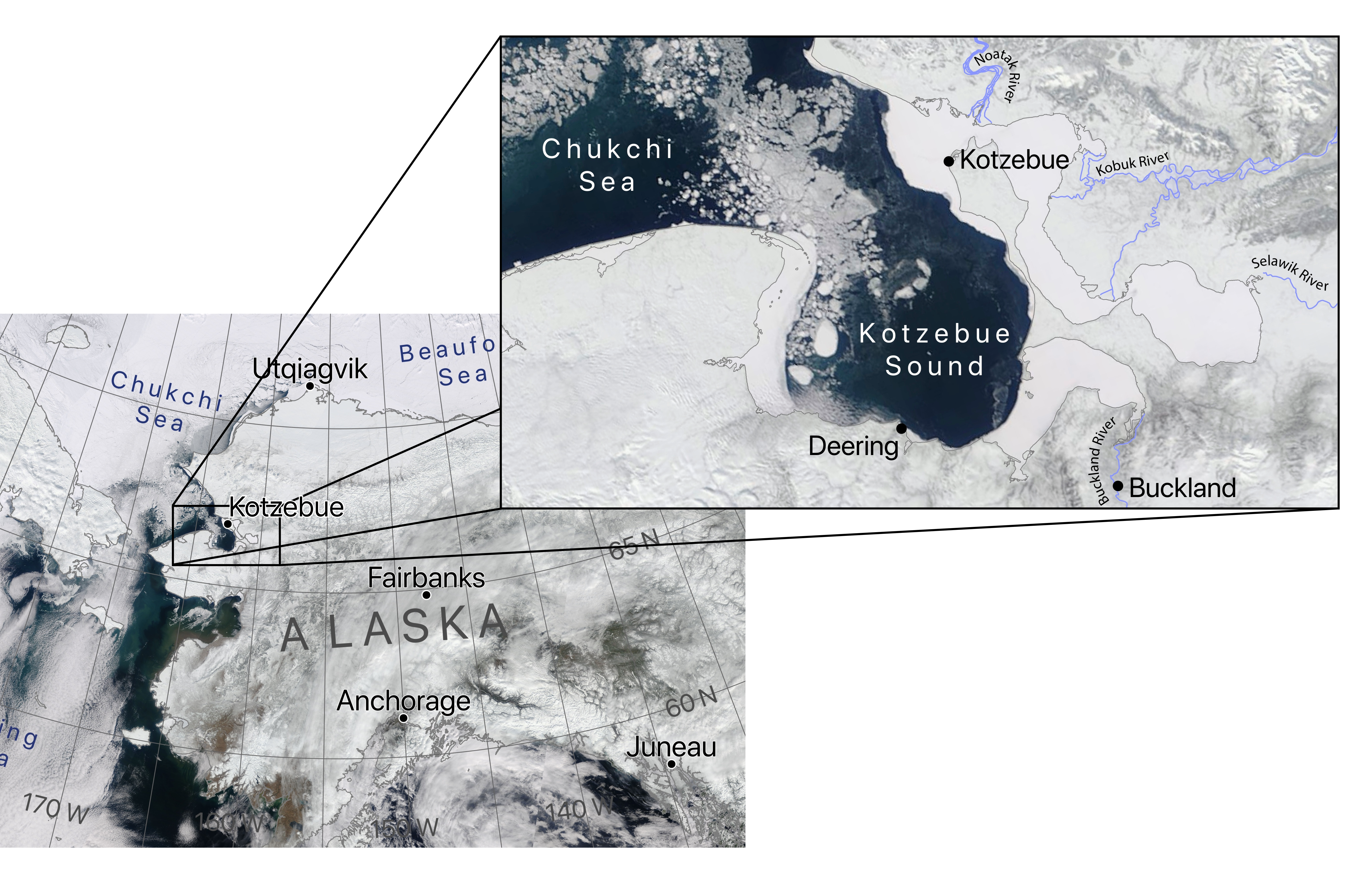
×
![]()
Primary area of study
Kotzebue is situated in northwestern Alaska. The Native Village of Kotzebue and the surrounding areas are home to Indigenous communities, including the Iñupiaq people.
Kotzebue Sound is a large shallow embayment with extensive land fast ice in winter and is influenced by the Natal and Kobuk Rivers. The sound is a vital habitat for marine mammals such as the ringed and bearded seal and it supports traditional subsistence activities such as harvesting.
Southern Chukchi Sea is an important migration corridor for seabirds and marine mammals, but it has experienced extensive loss of sea ice in recent years.
Our team
Indigenous Expert Advisory Council
Roswell L. Schaeffer Sr.

Roswell was born and raised in Kotzebue, Alaska. His parents were John and Annie Schaeffer Sr. He graduated from Copper Valley High School in 1966 and from the University of Alaska Fairbanks in 1973 with a degree in Sociology with an emphasis on social work. He was a magistrate and acting District Court Judge from 1973 to 1981 and served a 2-year term as NANA President. He also served as Northwest Arctic Borough Mayor for two 3-year terms.
He hunted, trapped and commercially fished throughout these years. His hunting included sea mammals, land mammals and birds all year round. He has spent a lot of time studying the ice conditions of Kotzebue Sound and behavior of all animals he hunted and trapped. He was the Chairman of the Alaska Beluga Whale Committee for 10 years.
He is married to Millie Smith Schaeffer of Kotzebue. They raised 3 children, have 4 grandchildren, and 4 great-grandchildren. He taught all his children to hunt within the realm of native spirituality and respect.
He is now retired and spends most of his time hunting, trapping and creating native art.
Cyrus Harris
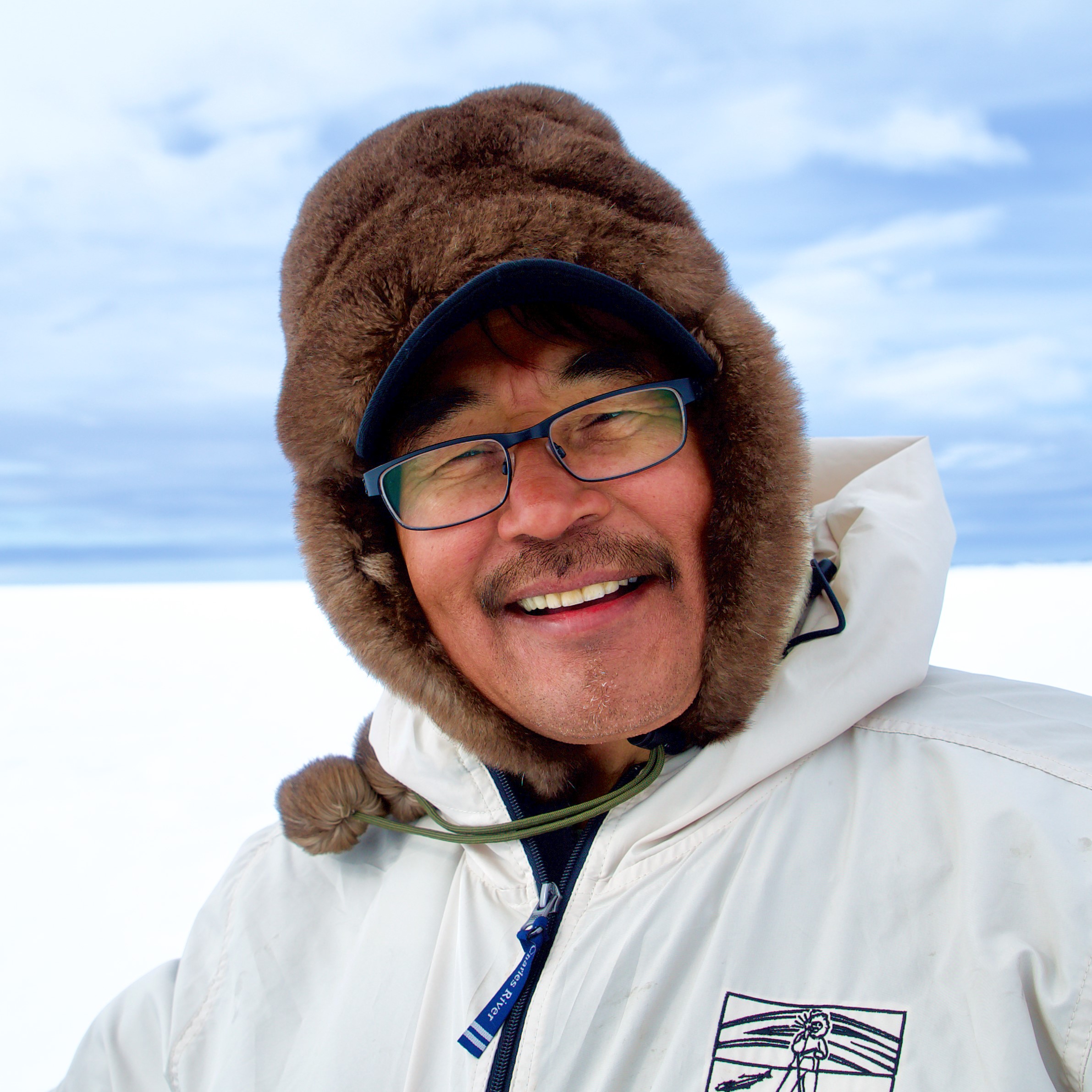
Cyrus is a lifelong coastal Alaskan, living mostly at Sisualik, about 12 miles across the bay from Kotzebue. He learned from a young age the importance of keeping track of the ice when the weather changed and how and when the ice is taken out. His people rely heavily on caribou, fish, waterfoul, and especially sea mammals. He hunts for bearded seal, ring seal and spotted seal, which requires that he studies and keeps track of the sea ice when it's first forming in fall time, during the winter months for overflow, when land fast ice is created, and when the nearest leads are created for seal hunting.
Cyrus runs Maniilaq Association's Hunter Support Program, which provides fish and game to elders. He also helped to establish a traditional food donation center and food storage facility called the Siġḷauq. Not only does he hunt, gather and fish for his family, but he also supplies this program with a lot of it's subsistence foods, which keeps him very active in activities across Kotzebue Sound throughout the year by boat, dog team, and snow-machine.
He is also involved in the Western Arctic Caribou Herd Working Group, the Alaska Beluga Whale Committee, the Inuit Circumpolar Council-Alaska, and with Alaska Fish and Game Advisory Committee.
Robert (Bobby) Schaeffer
Robert was born in Kotzebue, 1949, and has lived in and near Kotzebue his entire life. From a young age, he learned about the environment from his dad and other elders. He grew up hunting, fishing and trapping. He has spent a lot of time on the waters and ice of Kotzebue Sound, fishing commercially and observing the fish, animals and sea ice physics. He holds a U.S. Coast Guard 25 gross ton masters license. He has been involved with marine-based research with the Native Village of Kotzebue for many years and has conctracted under State, Federal, and private marine mapping and other oceanography research projects. He is currently Chairman for the Native Village of Kotzebue Tribal Council.
John Goodwin
John is an Alaska Native hunter who has lived in the Kotzebue area for more than 50 years and has spent his entire life learning about the ocean and the marine mammals of the Kotzebue Sound area. He is familiar with currents, weather conditions, ice conditions, and water depths in Kotzebue Sound. John is an experienced commercial salmon fisherman and marine mammal hunter. John holds a U.S. Coast Guard 25 gross ton masters License. He served as Chairman of the Alaska Ice Seal Committee from 2008-2017 and participated in catching and tagging bearded, spotted and ringed seals in Kotzebue Sound 2004-2015, and has participated in various Kotzebue Sound ecology projects since 2002 with the Native Village of Kotzebue.
Project Investigators
Christopher J. Zappa
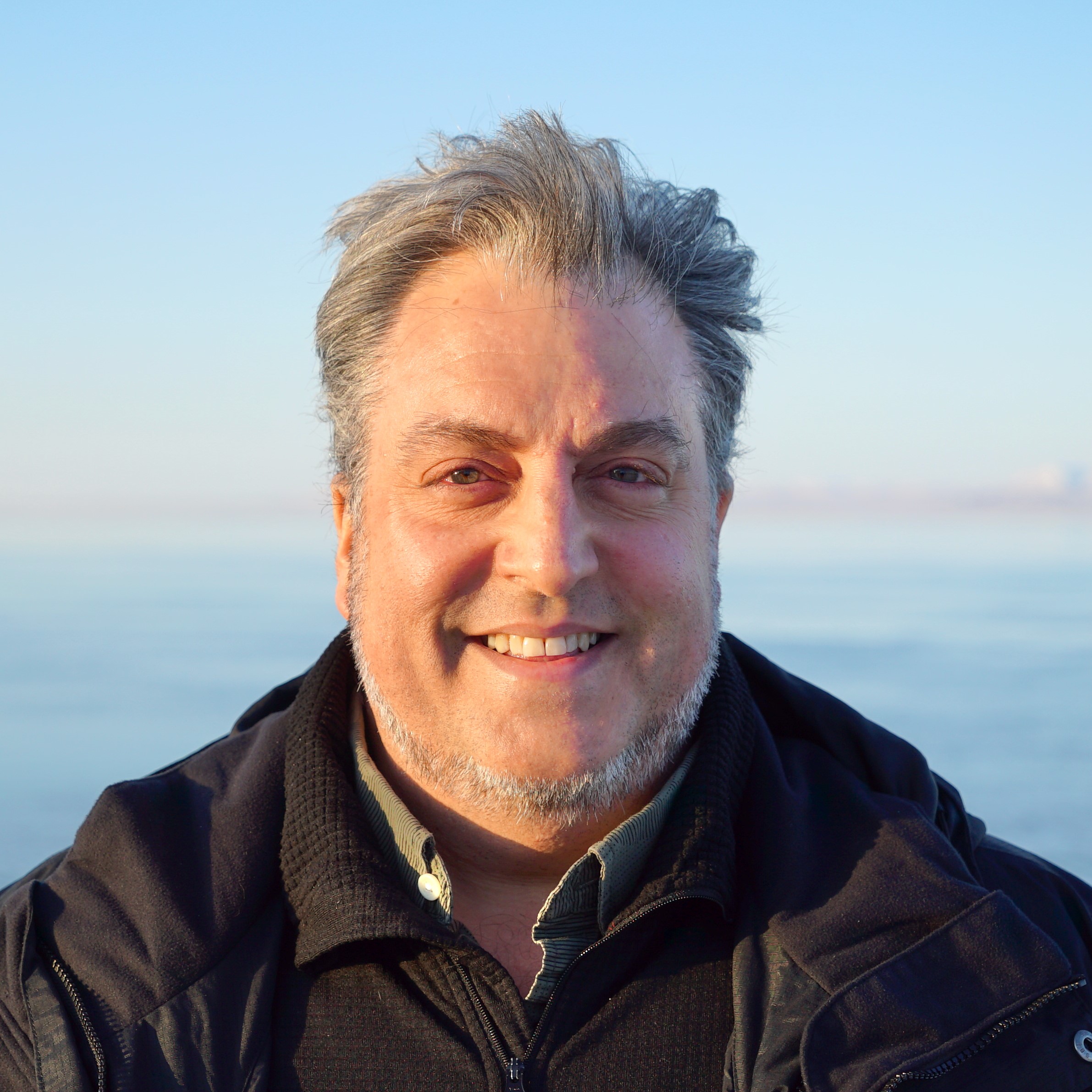
Chris' website
Chris is a Lamont Research Professor at the Lamont-Doherty
Earth Observatory of Columbia University. He grew up north of Boston,
Massachusetts. He attended Columbia University as an undergraduate and earned a
Bachelor of Science in Mechanical Engineering in 1992. He received his PhD from
the University of Washington, Seattle in Oceanography in 1999 and completed his
Postdoctoral Scholar at the Woods Hole Oceanographic Institution in 2003.
Chris has been a leader in the field of air-sea-ice interaction since 1992 with
extensive in situ, shipborne, surface-drifter, and manned and unmanned airborne
observational-based expertise.
He is dedicated to understanding the processes that
affect ice-ocean-atmosphere interaction and their boundary layers. His focus
includes coupled air-sea-ice processes within the marginal ice zones, wave
dynamics and wave breaking, the effect of near-surface turbulence on heat, mass,
and momentum transport, airborne infrared, multispectral visible, and polarimetric
remote sensing, upper-ocean processes, polar ocean processes, coastal and
estuarine dynamics.
Andy Mahoney

Andy is a Research Assistant Professor Geophysics at the University of Alaska Fairbanks. As the leader of the Geophysical Institute’s sea ice research group, Andy is actively engaged at the forefront of scientific efforts
to better understand sea ice in the Polar Regions. His research interests are broad
and interdisciplinary and include the study of sea ice in the context of its role in the
global climate system, as a habitat for marine mammals, as an engineering
constraint for maritime activities and its impact on other human activities in the Arctic.
Andy is known for his work with Arctic communities and efforts to
integrate indingenous knowledge into polar research. He also has
extensive field experience on sea ice and during the past 17+ years he has travelled
widely throughout the Arctic, studying sea ice on foot, by dogsled, by air and from
icebreakers. He has also wintered-over in Antarctica to study sea ice growth
processes unique to the southern hemisphere. Andy is also an expert in polar
remote sensing, in particular the use of radar to study sea ice motion and
deformation.
Alex Whiting
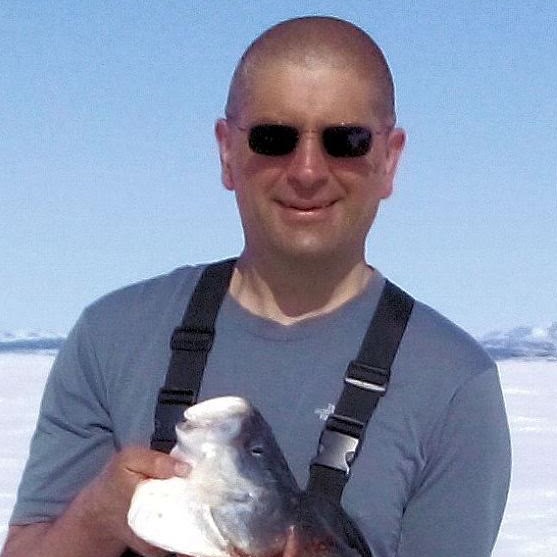
Alex developed the Native Village of Kotzebue’s Environmental Program
in 1997 and has directed the program as the Environmental Specialist since. A large
part of the focus has been researching the ecology of Kotzebue Sound and
integrating Indigenous Knowledge and local experts into scientific research projects.
Over 120 tribal members have participated in some aspect of tribally led, or
cooperative research efforts. The Program is well known for developing
community-based seal research projects, including being the first to successfully
satellite tag bearded seals in Alaska.
Alex is a Co-Investigator for the Ikaaġvik Sikukun project and will participate in all
planning and analysis activities, while assisting with local logistics of identifying and
hiring local contract support and other related needs, facilitate Kotzebue based
meetings/workshops, coordinate the involvement of the local Advisory Committee
and the inclusion of Indigenous Knowledge of sea ice uses and the relationship local
people have with sea ice and the ecological role it plays, and act as a liaison for the
tribal community and Tribal Council to inform them of the project and provide
frequent updates as the project progresses.
Sarah Betcher

Sarah's website
Sarah is an award winning documentary filmmaker and owner of
Farthest North Films, a company specializing in films that communicate across
cultures, especially showcasing indigenous traditions. Her ethnographic interests
were sparked by her experience living in the Kingdom of Tonga in the South Pacific
as a young child. She has traveled extensively around the world as an adult learning
how indigenous people utilize local resources for food, medicine and lifestyle
products.
She received her Bachelor of Arts in Conservation Ecology and Master’s
degree in Cross-Cultural Studies from the University of Alaska Fairbanks, with a
focus on ethnographic film and Alaska Native Studies.
Since 2005, Sarah has been
living as an ethnographic filmmaker and naturalist guide across many regions of
Alaska. She has spent extensive time filming in rural Alaska producing many short
films, some of which can be seen on her website at www.farthestnorthfilms.com.
Sarah, also known by her Inupiaq name Miiyuk, is honored to be the filmmaker for
the Ikaaġvik Sikukun project. Her community-based film project approach is to
form a bridge of communication between local indigenous knowledge with western
science research.
Co-Project Investigators
Ajit Subramaniam
Ajit is a biological oceanographer who uses remote sensing, bio-
optics, Geographical Information Systems, to better understand how the marine
ecosystem works and can be managed. Specifically, he works on understanding the
diversity and productivity of phytoplankton: why does a particular phytoplankton
species bloom where it does, the factors that lead to its demise, the consequences of
such blooms, and how these might change in the future as a consequence of
anthropogenic activity and climate change. He has worked with remote sensing
data for more than 20 years and has developed algorithms for detection of
cyanobacterial blooms.
Ajit is a Lamont Research Professor at the
Lamont-Doherty Earth Observatory of Columbia University, located in Palisades,
New York. Ajit earned his Ph.D. in Coastal Oceanography and M.S. in Marine
Environmental Science from SUNY, Stony Brook. He has a Bachelors degree in
Physics from The American College in India.
Donna Hauser
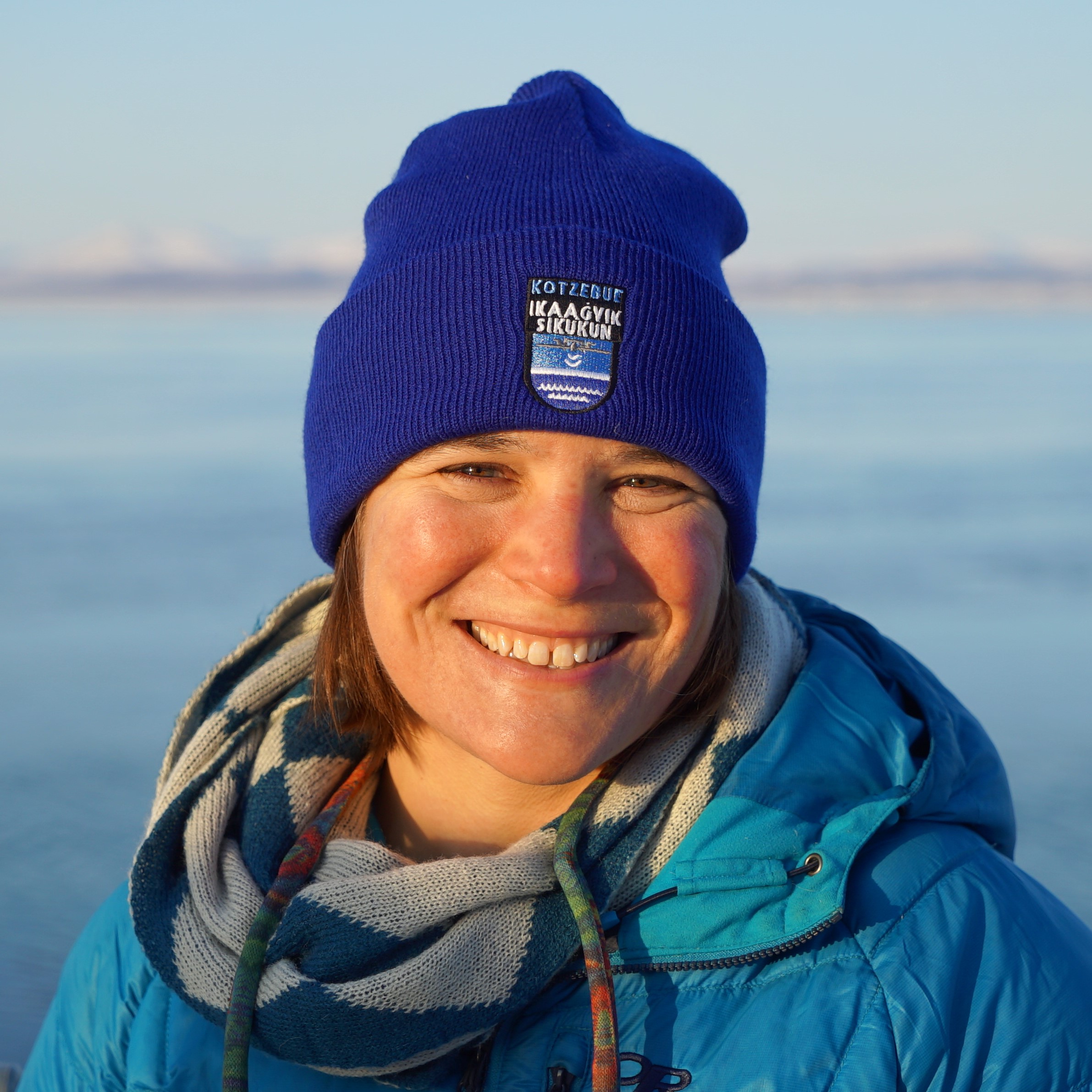
Donna's website
Donna is a spatial marine ecologist whose research has examined
the habitat use of marine mammals throughout the Arctic and the northeast Pacific
since 2002. Having grown up in Anchorage, Alaska, her research is firmly rooted in
Alaska and the marine mammals that are critical ecosystem components as well as
traditional cultural and subsistence resources across the state. The overarching
goals of her research are to quantify the distribution, movement, and behavioral
patterns and processes of marine mammals in dynamic marine ecosystems,
particularly within the context of climate-driven alterations.She is experienced in
using diverse data sources, often applying tools such as telemetry and remote
sensing in geographic information systems.
As a researcher at the International
Arctic Research Center, University of Alaska Fairbanks she pursues interdisciplinary
and collaborative research in Alaskan marine ecology. Several of her active projects
focus on the vulnerability and responses of Arctic marine mammals to changing
environmental conditions, as well as co-production of research with coastal
communities and indigenous experts. Donna also supports community-based
science throughout coastal Arctic Alaska as the Science Lead of the Alaska Arctic
Observatory & Knowledge Hub.
Researchers
Scott Brown
Scott is an electronics and systems engineer who works with Dr.
Christopher Zappa to perform both traditional and cutting-edge measurements
from UAVs. For the last 6 years and across 3 different projects, he and a small team
of engineers have evolved the design, construction, and operation of multiple UAV
science payloads based on the overarching goals coordinated by Dr. Zappa. These
goals inform a wide breadth of ocean surface sciences, from the physics of heat and
gas transfer to the varying colors produced by biological and chemical processes.
Scott is excited and grateful to have the opportunity to travel to Kotzebue and to experience its people and community, and it is his hope that his expertise can contribute to the community in meaningful ways.
Nathan Laxague
Nathan is a post-doctoral research scientist at Lamont-Doherty Earth
Observatory of Columbia University. He was raised in Maine and has lived by the
coast his entire life, captivated by the sea. Nathan received his Ph.D. in Applied
Marine Physics from the University of Miami in December of 2016. His graduate
research was centered around ocean surface gravity-capillary waves (wavelengths
of order one centimeter) and the role they play in mediating physical air-sea
interaction. In the course of this work, he was able to spend a good amount of time
at sea in the Gulf of Mexico observing near-surface material transport patterns,
effort which was primarily motivated by the interest in understanding the transport
of spilled oil. He is very excited to apply his understanding of air-sea interaction
physics towards describing sea ice breakup, especially through the unique lens that
Ikaaġvik Sikukun provides.
Kate Turner
Kate is from the South Island of Aotearoa New Zealand, she has moved to
Alaska to work on this project as a PhD student of sea ice geophysics under Andy
Mahoney. After her undergraduate studies, she took a break from academic work to
explore the world, and eventually find her way to Alaska. She is excited to learn
more about how scientists and communities can work together. From a geophysics
perspective, she is interested in the freshwater influence of the Noatak and Kobuk
rivers on sea ice growth, melt and break up.
Kate’s academic background is in physics, with a BS from the University of Otago,
and Honors degree from the Victoria University of Wellington. Prior to coming to
Alaska, she worked in Aotearoa in both the energy industry, and in public
engagement for climate change adaptation. She has come to the US on a Fulbright
New Zealand Graduate Award.
Carson Witte
Carson is a Field Engineer in Dr. Christopher Zappa’s OASIS (Observatory for Air-Sea Interaction Studies) lab. He has had the
privilege of spending several different weeks in Kotzebue over the past year,
deploying oceanographic and atmospheric monitoring systems and making many
new friends along the way. He did his undergraduate in Physics at Pomona College,
and will be transitioning to working as a grad student in the lab this coming fall.
Tej Dhakal

Tej Dhakal is an Aerospace Engineer at LDEO who focuses on remote sensing systems for manned and unmanned aircraft. In the past 7 years at LDEO, Tej has developed remote sensors, data acquisition systems and software for over half dozen projects. Tej is an integral part of UAV payload development team lead by Dr. Christopher Zappa. In his early years at LDEO, Tej developed two radars for a geophysical survey platform that flew on an LC-130 aircraft. One of those radars was able to image glaciers buried inside the Ross Ice Shelf in Antarctica for the first time from an airborne platform.
For his Master's project at the University of Colorado, Tej developed drone deployed atmospheric profilers. He is excited to launch the next evolution of these sensors - Drone Deployed micro-Drifters (DDuD) in Kotzebue. The DDuDs will profile the top meter of the ocean in addition to the atmospheric boundary layer which will provide in-situ data to help us better understand the air-sea-ice interaction.
Latitude Engineering Inc.
Aaron Farber
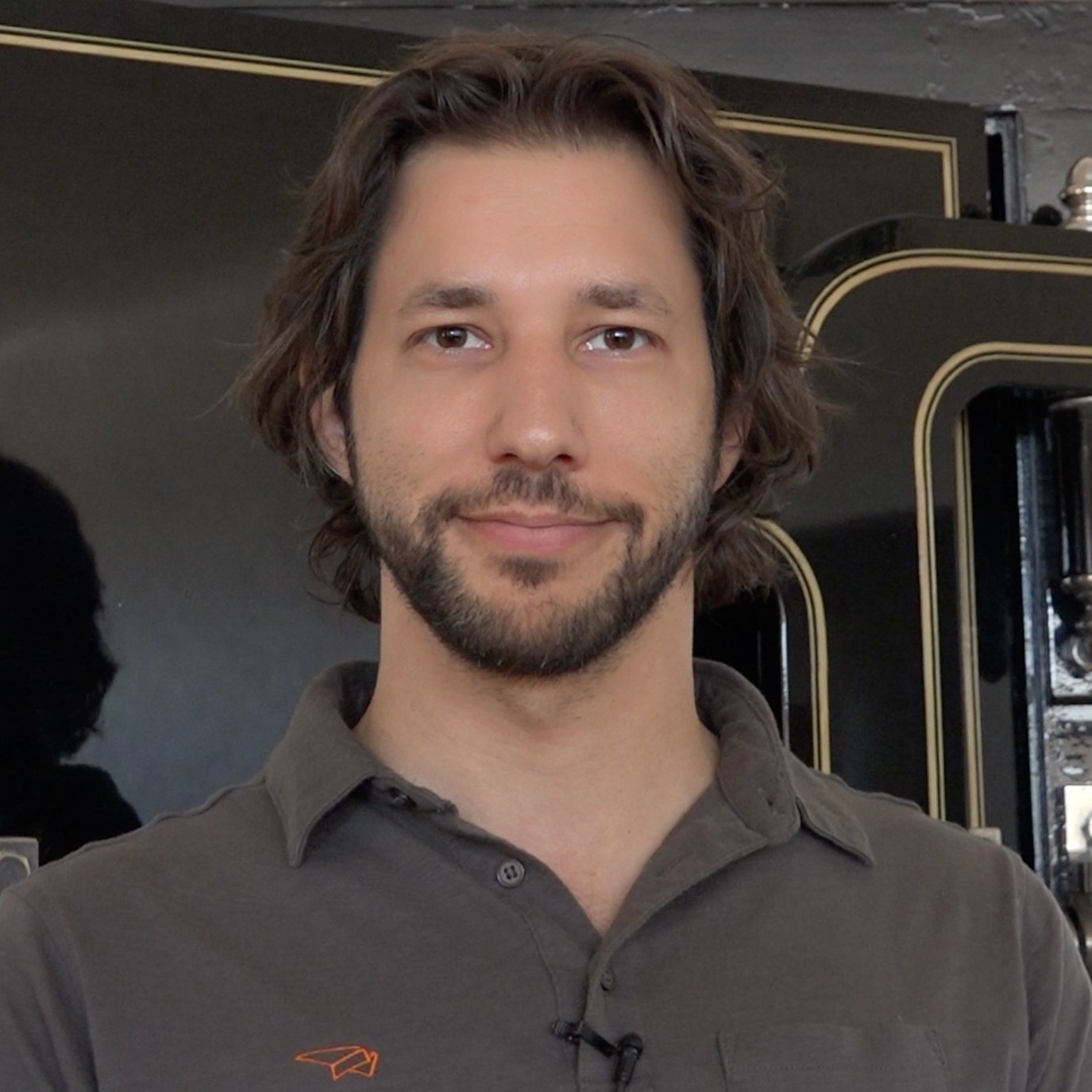
Aaron has spent the last four years working on unmanned aerial
vehicles (UAV) focusing on investigating and integrating new sensor packages for
aerial deployment. His work with in situ lab-on-a-chip chemical sensing led to an
EPA grant focusing on tracking greenhouse gasses from a UAV. Aaron holds a patent
on a gamma-ray imaging system he developed during his Ph.D. program and spent
several years working in the University of Arizona's Nuclear Reactor Lab (NRL) earning his Reactor Operator license and, as Reactor Supervisor, was provided the unique experience of overseeing and managing the decommissioning of the 52-year-
old TRIGA reactor, one of the oldest operating reactors in the world. His varied
academic background, in conjunction with expertise as a certified flight instructor
provides a robust experiential portfolio from which to work. His flight experience
has also enabled him to contribute significant expertise in manned flight operations
and general aeronautical knowledge.
Beyond work, Aaron enjoys traveling, scuba
diving, photography and hiking with his wife Leanne and baby son, Jude and is
excited to be working on this project with his undergraduate alma mater, Columbia
University.
Cory Rosene
Cory came to Latitude in 2013 with a background in small business
management and custom bicycle fabrication. He is highly skilled in hand fabrication,
welding and machining and proficient in composites, wiring, computer aided design
and manufacturing, and overall assembly of unmanned aircraft. His attention to
detail and meticulous approach have provided critical design and fabrication
feedback for all aircraft he helps create. Cory’s expertise in the construction and
operation of Hybrid Quadrotor systems has helped bring the HQ-40 aircraft from a
prototype to a production aircraft model. He currently helps direct the production
of the HQ-40 aircraft and related equipment, as well as assisting with R&D efforts
within Latitude. Cory holds a private pilot’s license and enjoys cycling and spending
time with his wife, Amy.
Collaborators
Jessie Lindsay
Jessie is a Master’s student at the University of Washington in the School
of Aquatic and Fishery Sciences (SAFS), where she is advised by Kristin Laidre. She
is supported by a SAFS Fellowship and an Achievement Rewards for College
Scientists (ARCS) Fellowship. Jessie is broadly interested in climate impacts on
wildlife and communities, particularly at the poles where change is occurring most
rapidly. Her thesis research as part of Ikaaġvik Sikukun will focus on the
relationship between ringed seal lairs and habitat characteristics such as snow
depth in the context of Arctic climate change.
Jessie graduated from the University of Montana in 2015 with a B.S. in Wildlife
Biology and minors in Mathematics and Climate Change Studies. For her
undergraduate research, she used playback experiments to study the acoustic
mimicry of bird alarm calls in walnut sphinx caterpillars.
Peter Boveng

Peter is the leader of the Polar Ecosystems Program at NOAA’s Alaska
Fisheries Science Center, Marine Mammal Laboratory. The program conducts
monitoring and research on harbor seals and ice-associated (ringed, bearded,
spotted, and ribbon) seals in Alaska. His primary research interests are in the
estimation of population abundance, trends, and in satellite telemetry studies of habitat use, and foraging behavior. He has been involved for the past two decades in collaborations with Alaska Native organizations in support of co-management
agreements between those organizations and NOAA Fisheries for management of
subsistence uses of seals. Peter’s team has worked on several seal research projects
in the Kotzebue community, including aerial surveys and satellite tagging studies.
Peter joined NOAA in 1986. He received Ph.D. and M.S. degrees in biology from
Montana State University and a B.A. from Cornell University. His field research on
ice-associated polar seals has taken him from 78 degrees South to 71 degrees North
latitude. After focusing on Antarctic seals and seabirds from 1989 to 1995, he has
incorporated sub-Arctic and Arctic seals into a variety of ongoing projects in both
polar regions.
Kristin Laidre
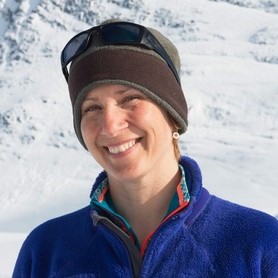
Kristin is a Principal Scientist at the Polar Science Center, Applied
Physics Laboratory, University of Washington working on problems of applied animal
ecology in the Arctic. She is an Associate Professor at the School of Aquatic and Fishery
Sciences and is partially supported by the Greenland Institute of Natural Resources in
Nuuk, Greenland. She was named a Pew Marine Conservation fellow in 2017. Kristin’s
research is focused on broad questions about Arctic marine mammals. Her research is
field-based, largely empirical, and focuses on using quantitative data on individual
movements, foraging behavior, and life history to unite behavioral, population, and
evolutionary ecology. Her interests include wildlife conservation and management,
scaling questions in ecology, and the application of Geographic Information Systems to
spatial data. She is a member of the IUCN Species Survival Commission Cetacean
Specialist Group and the IUCN Polar Bear Specialist Group. She has participated in over
40 field expeditions in Greenland and authored or co-authored over 100 peer-reviewed
scientific articles and 3 books on high-latitude marine mammals.
Picture Reel
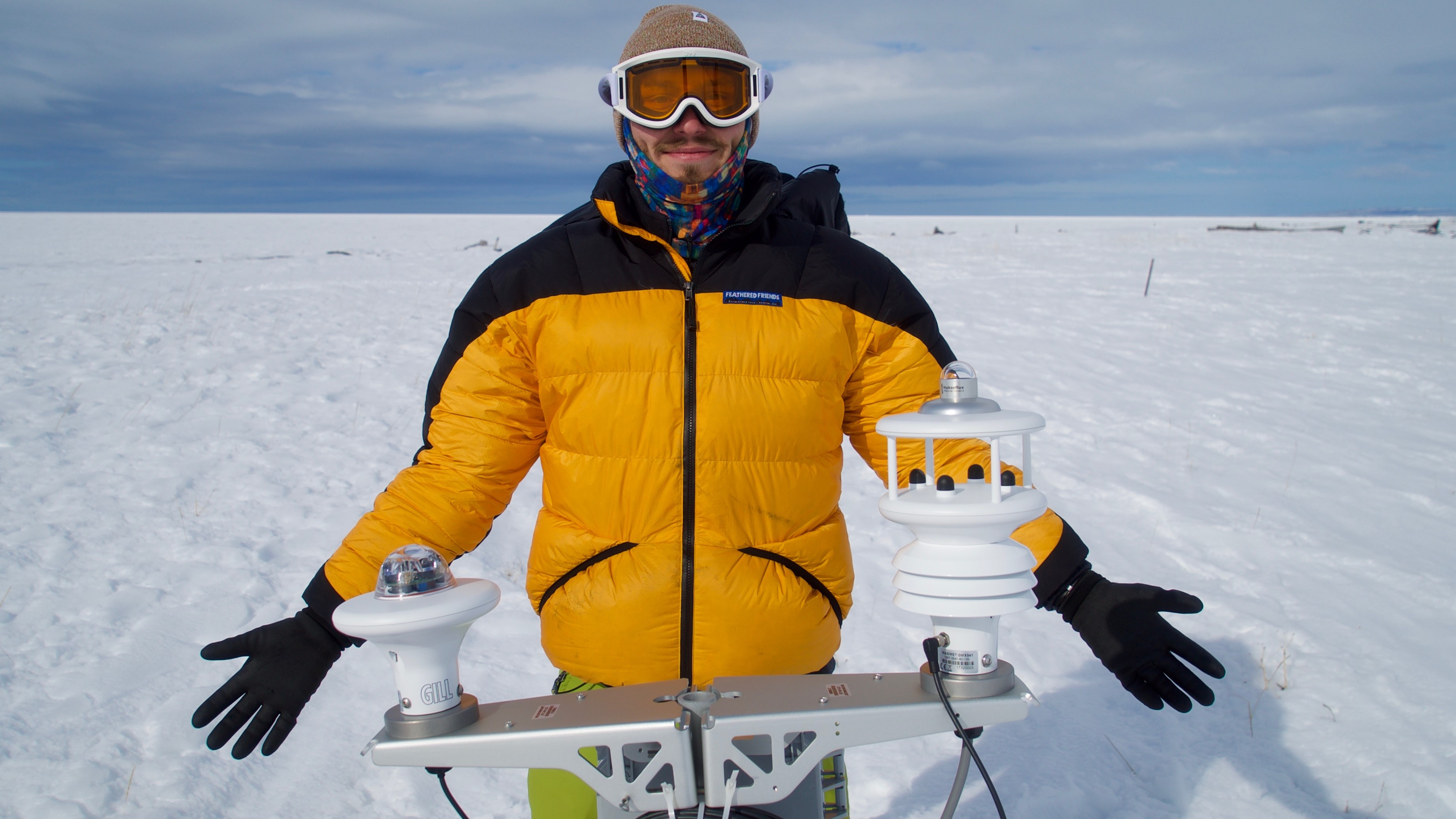
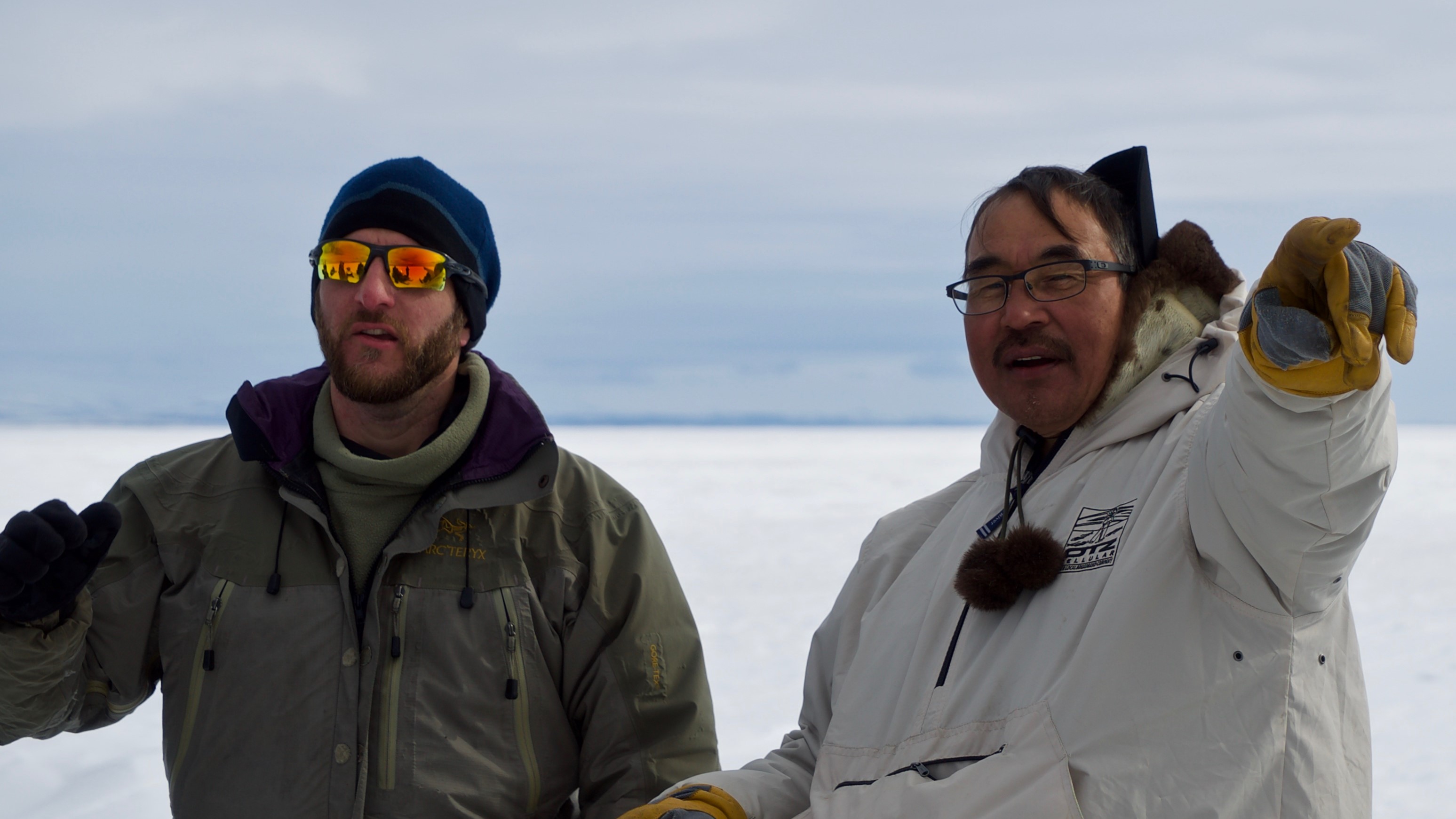
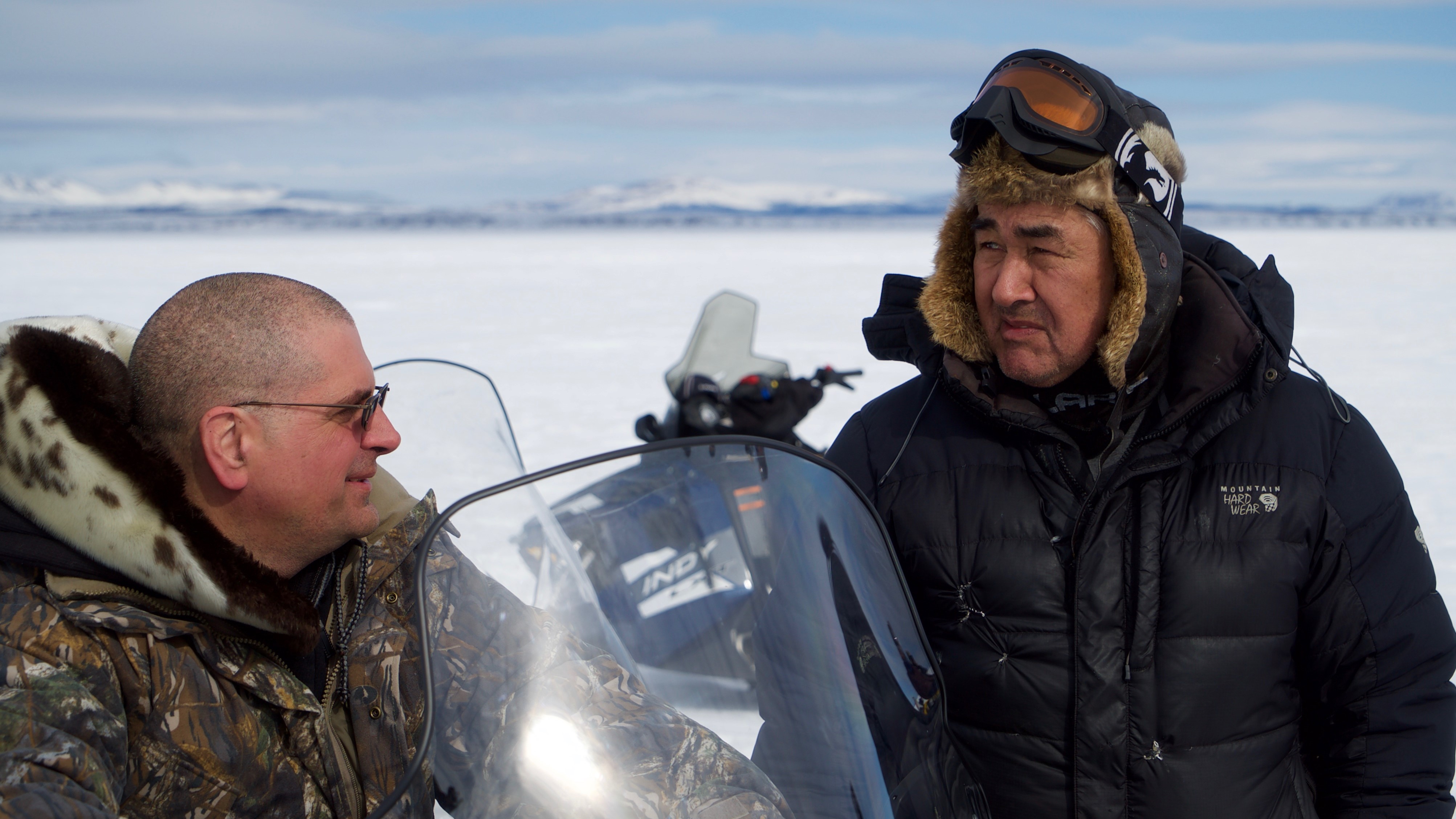
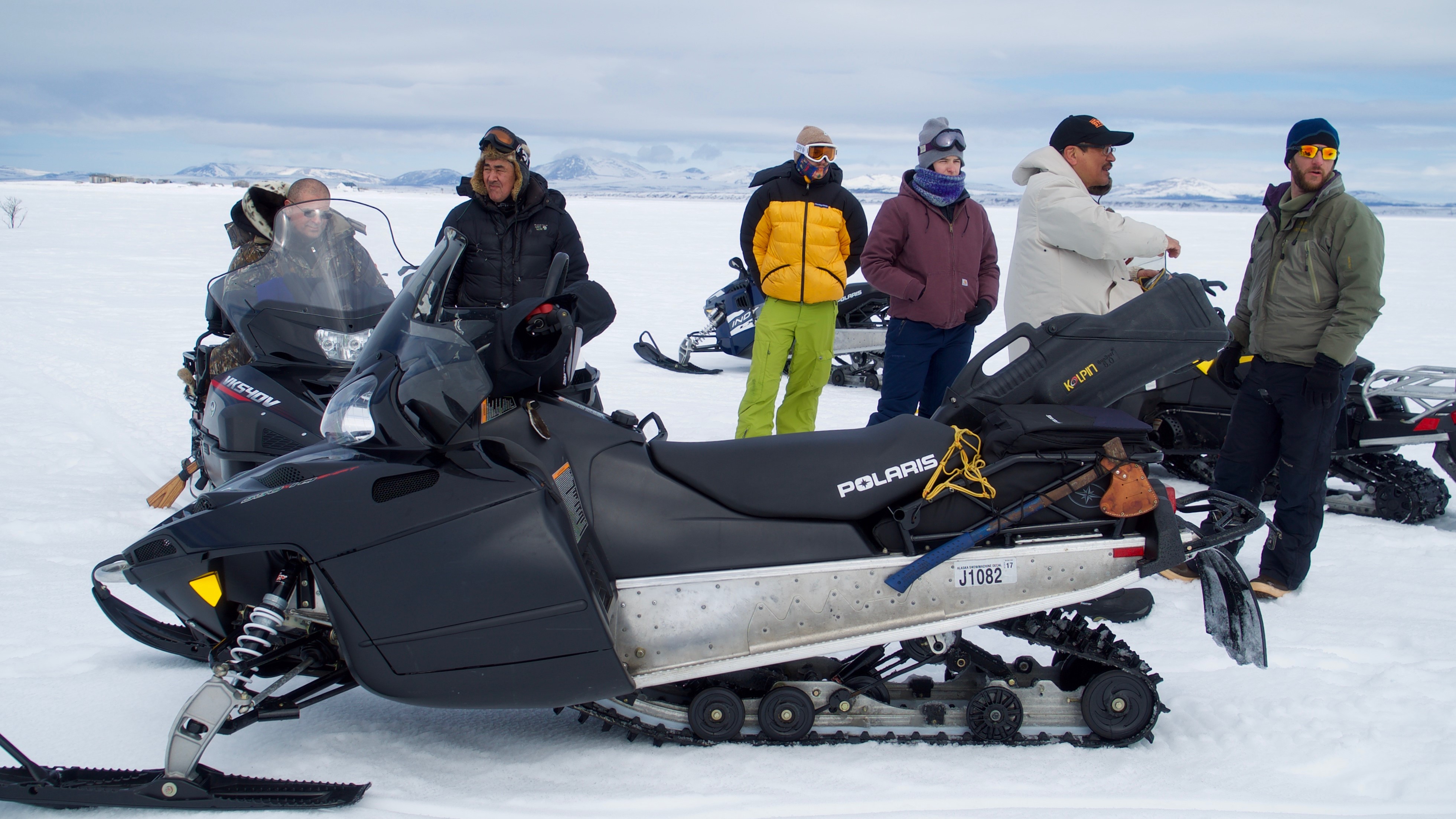
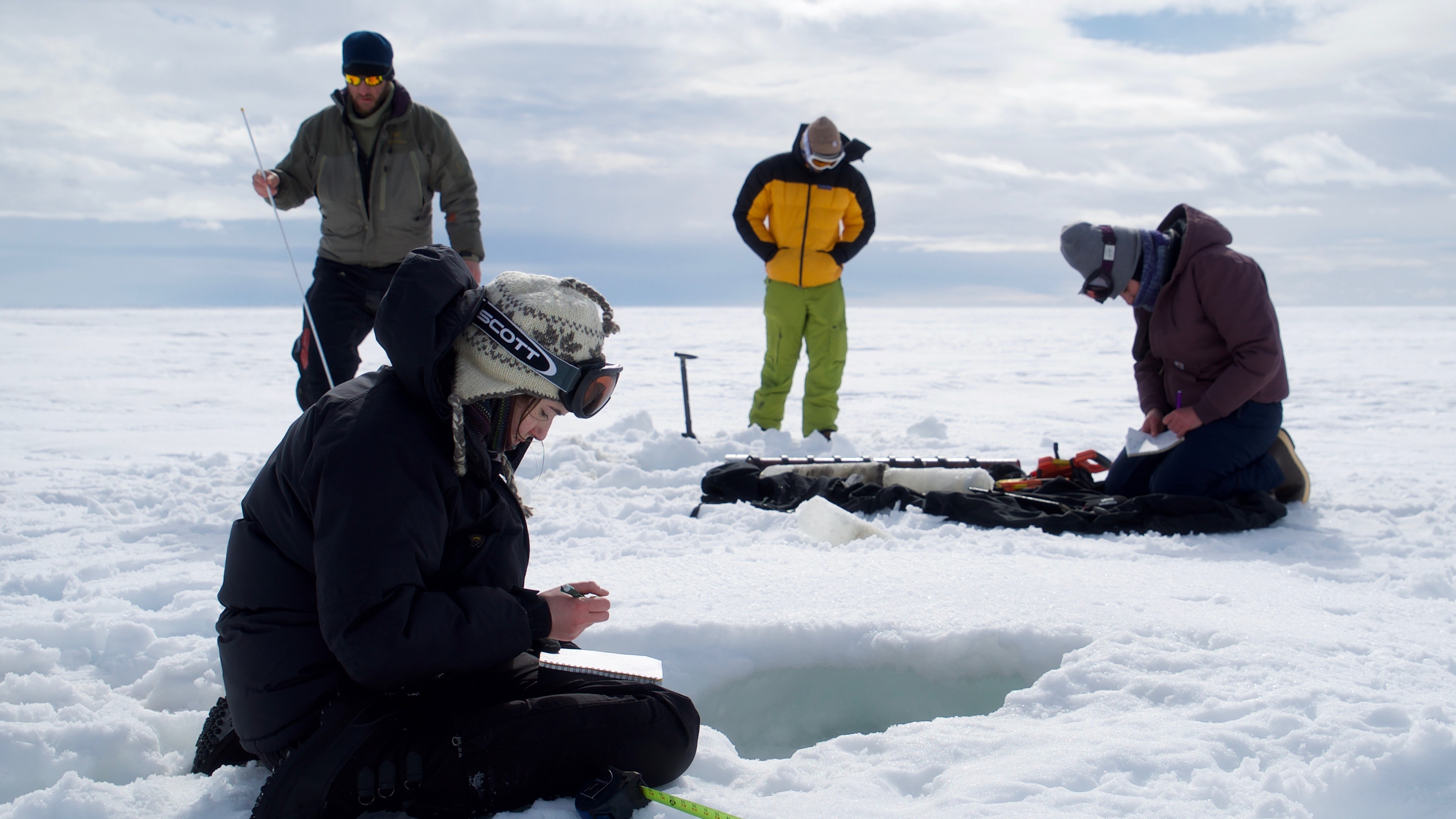
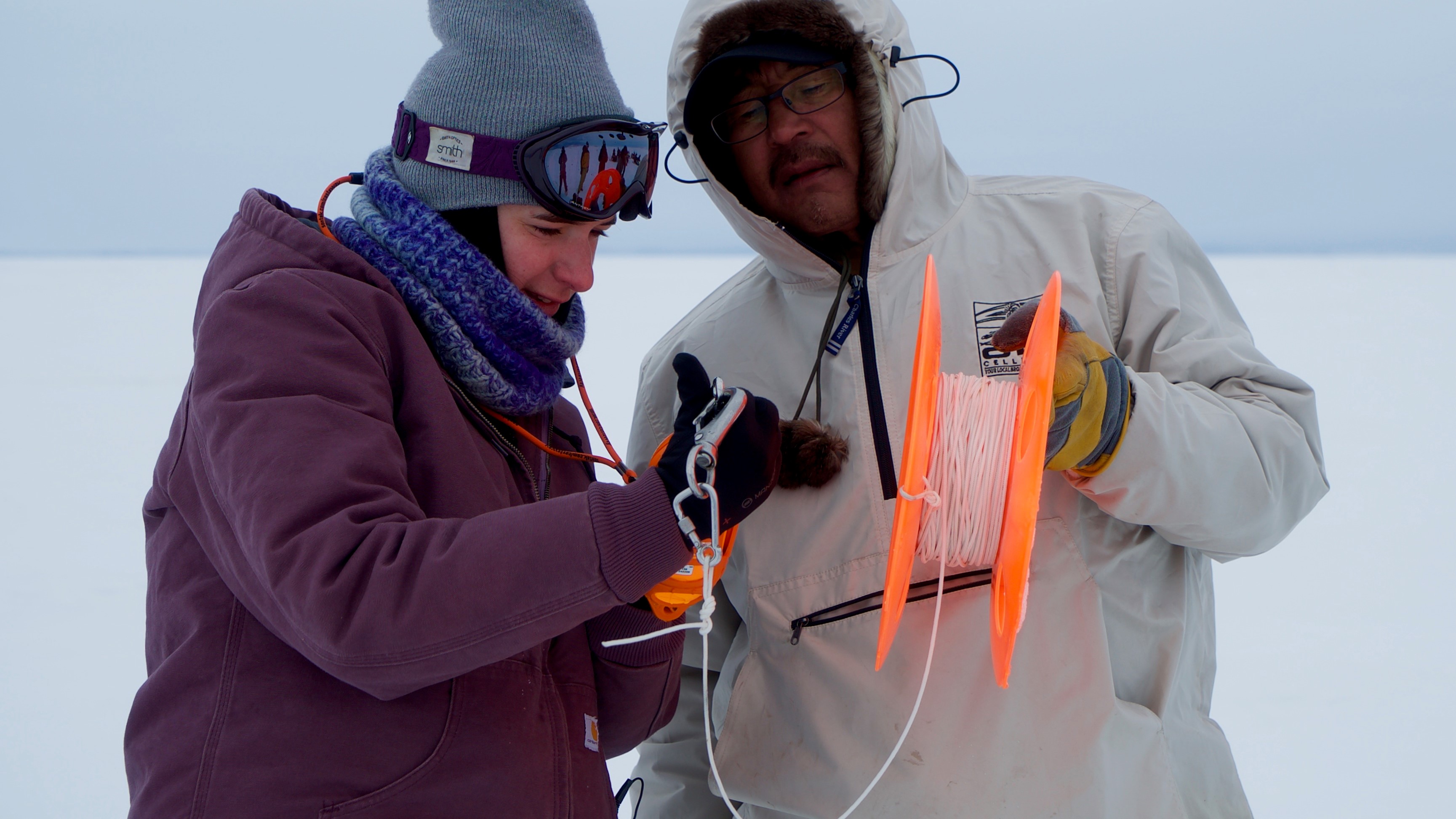
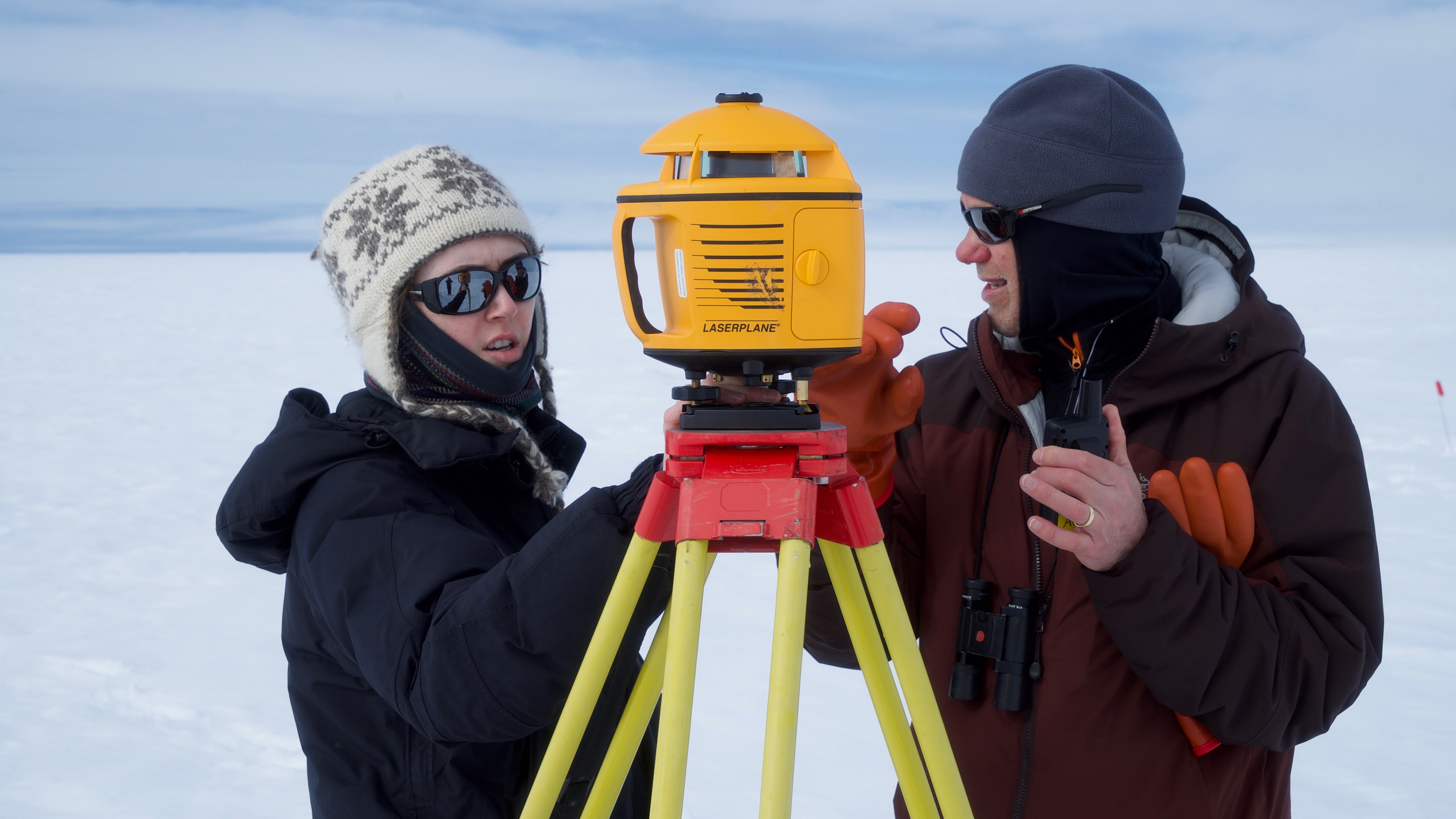
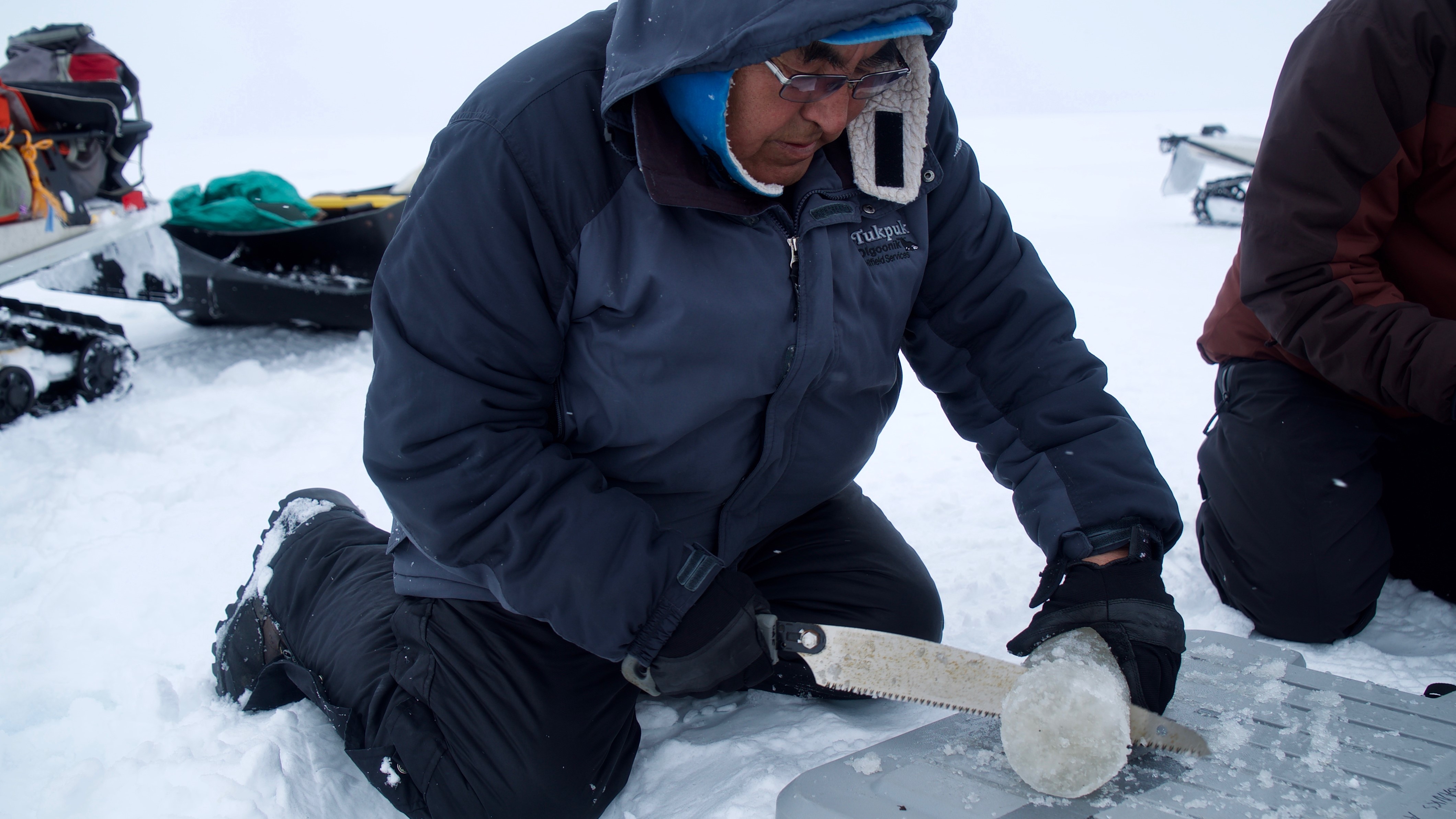
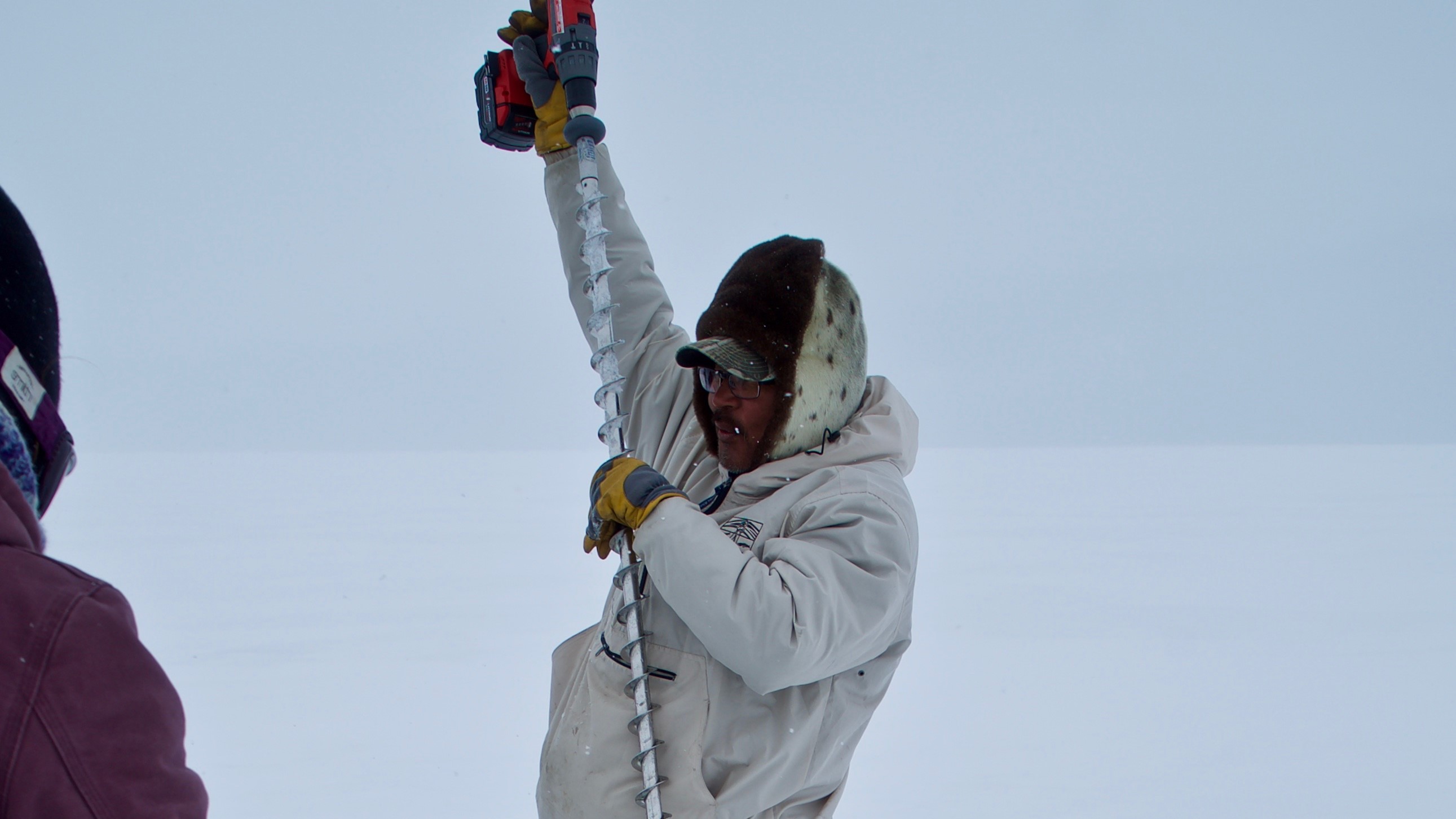
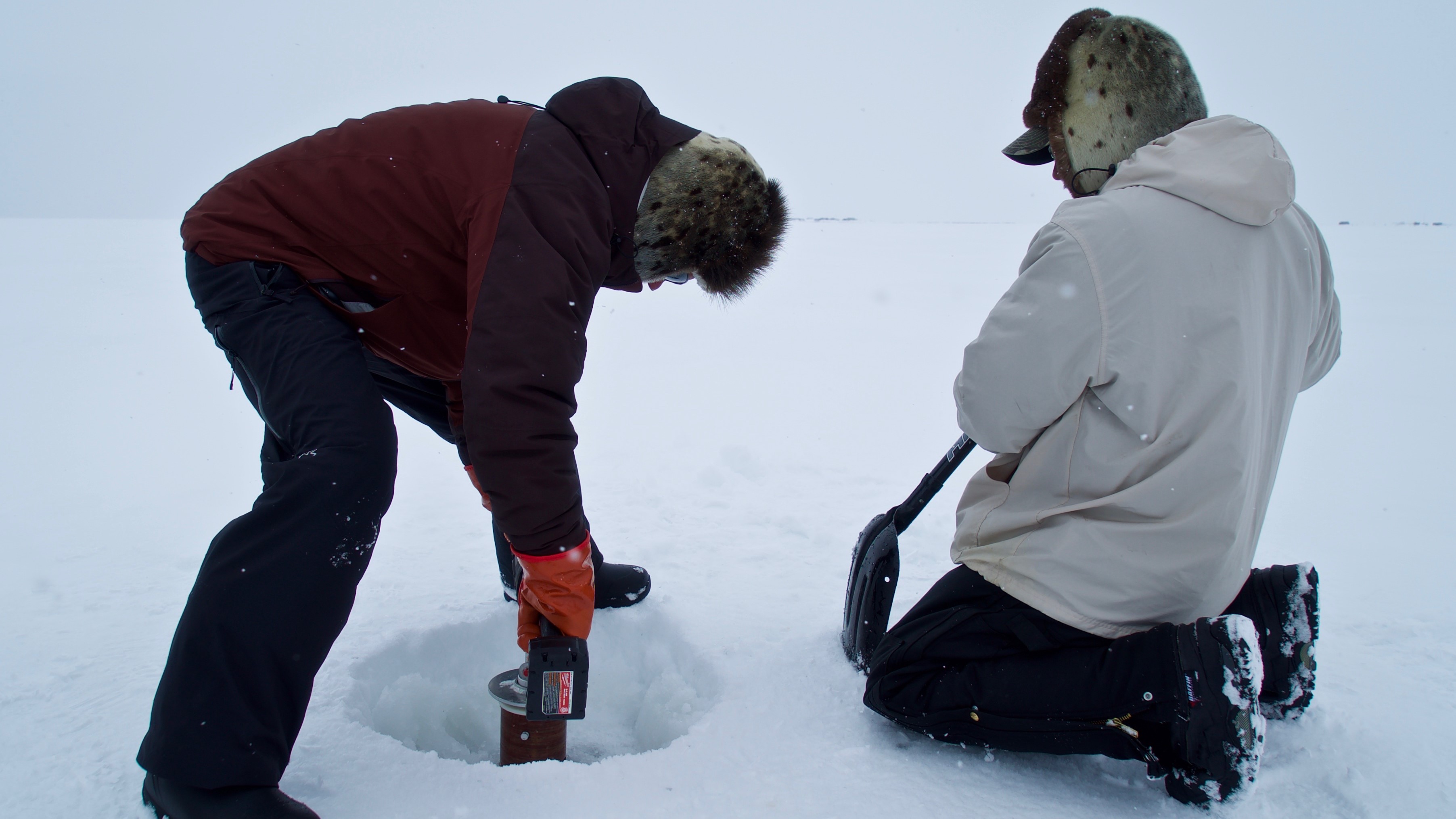
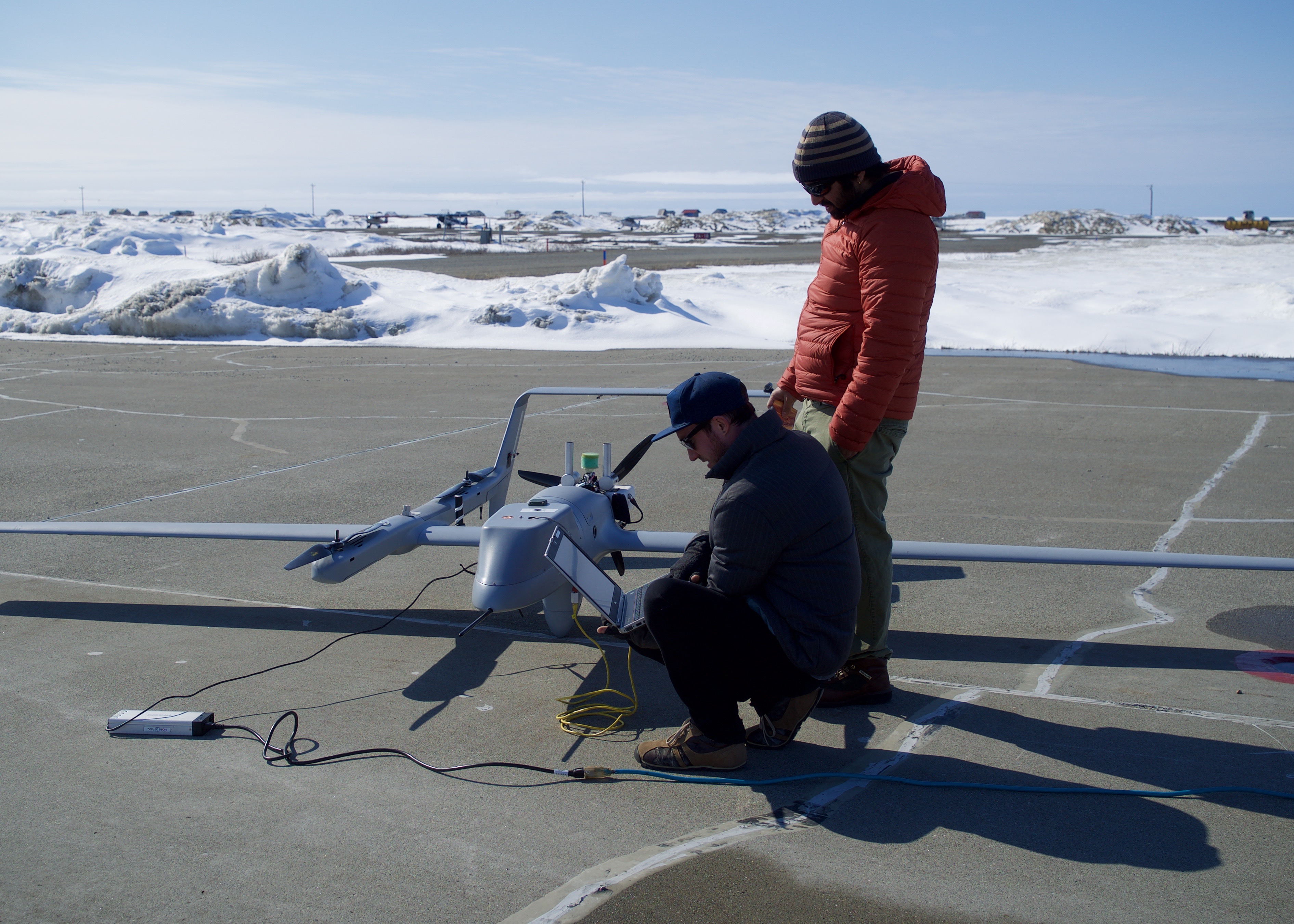
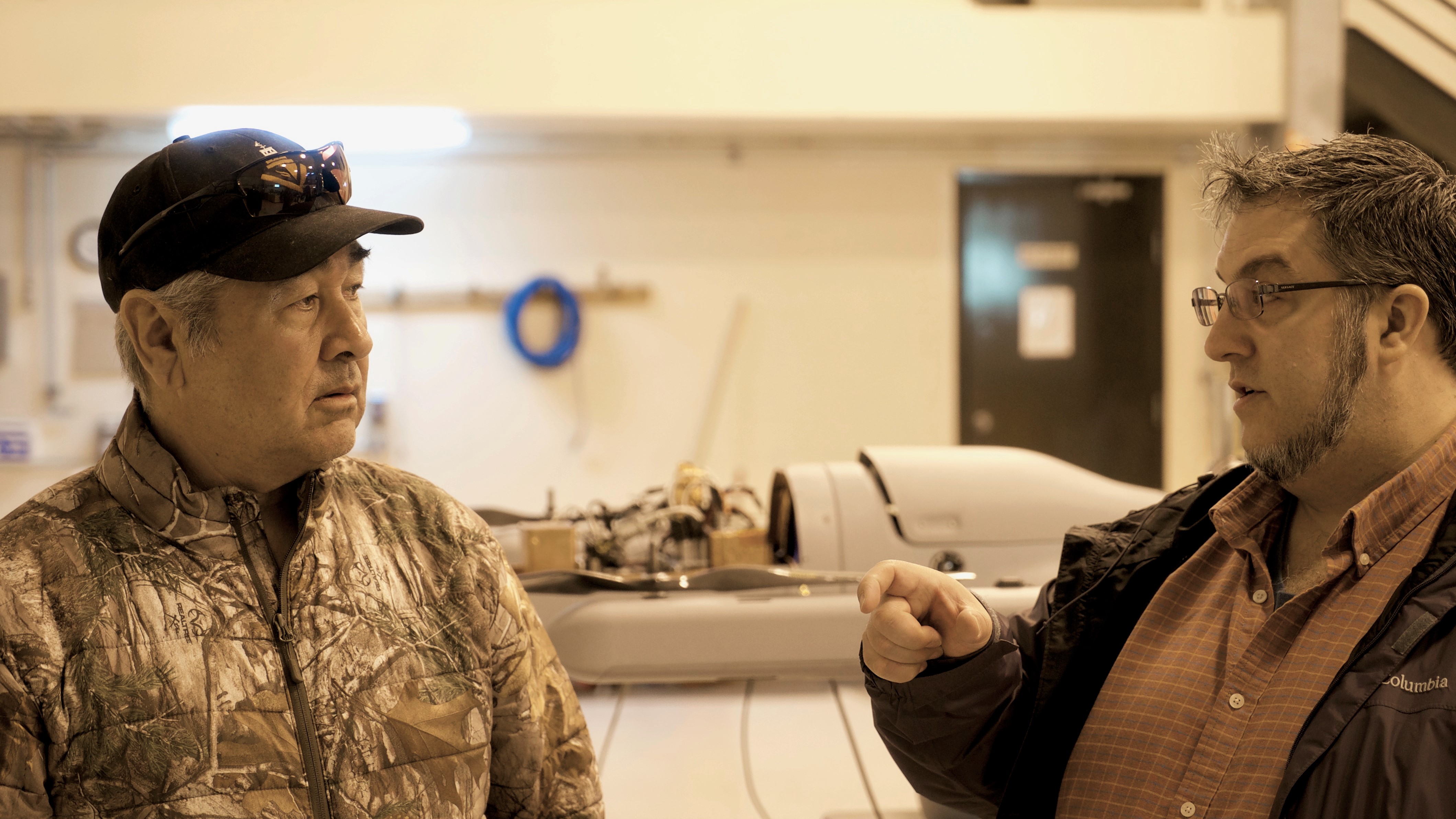
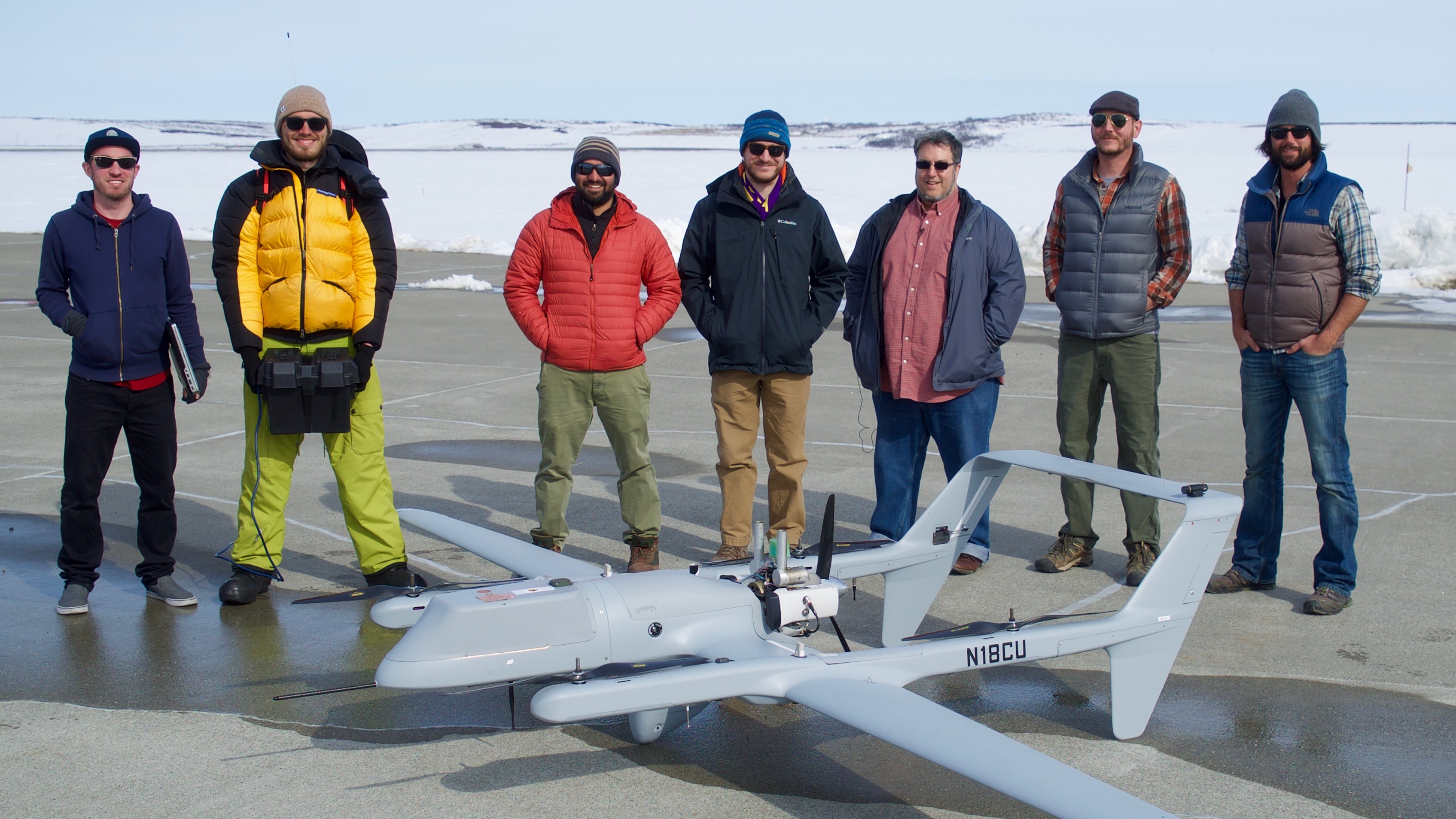
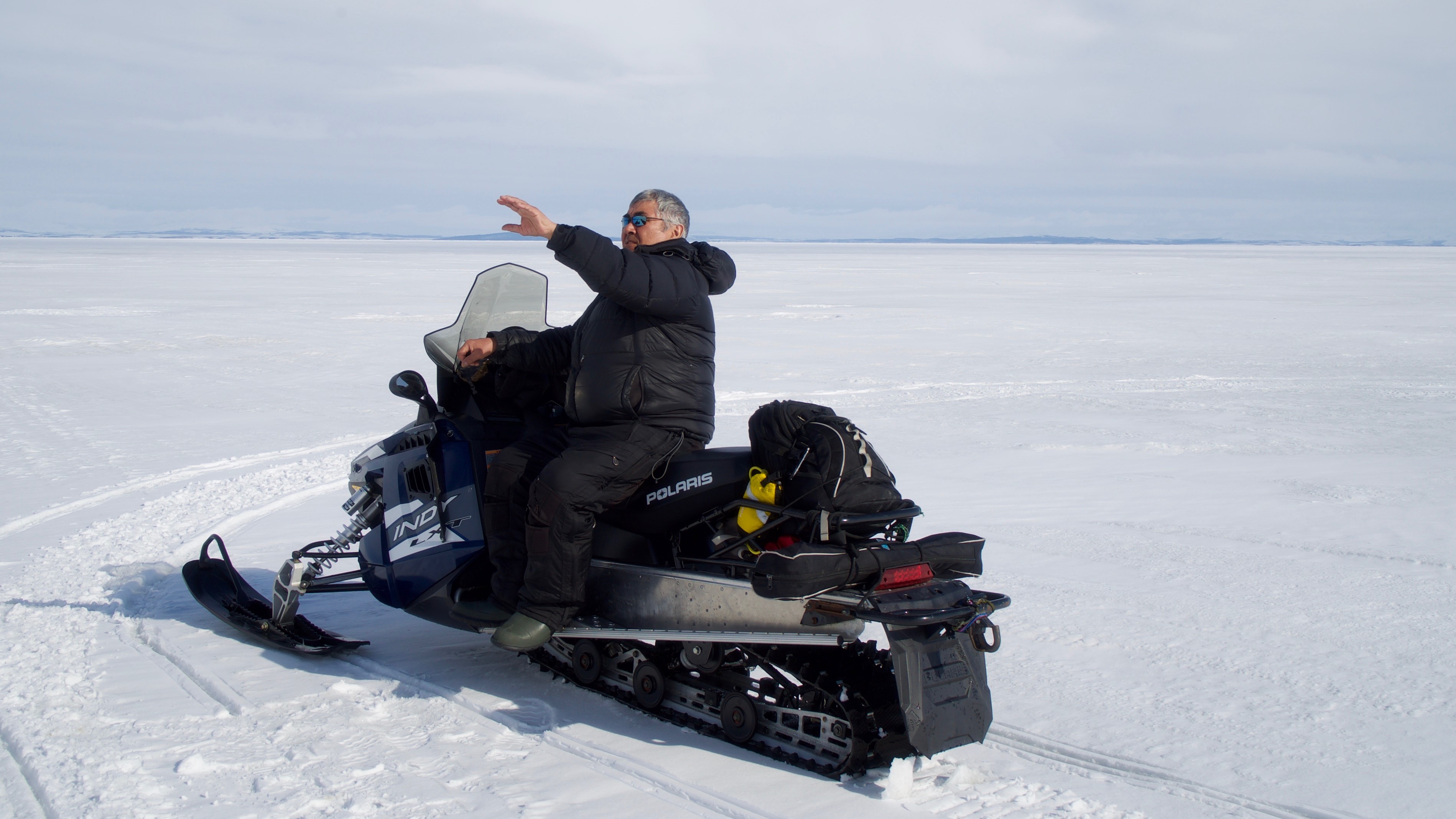
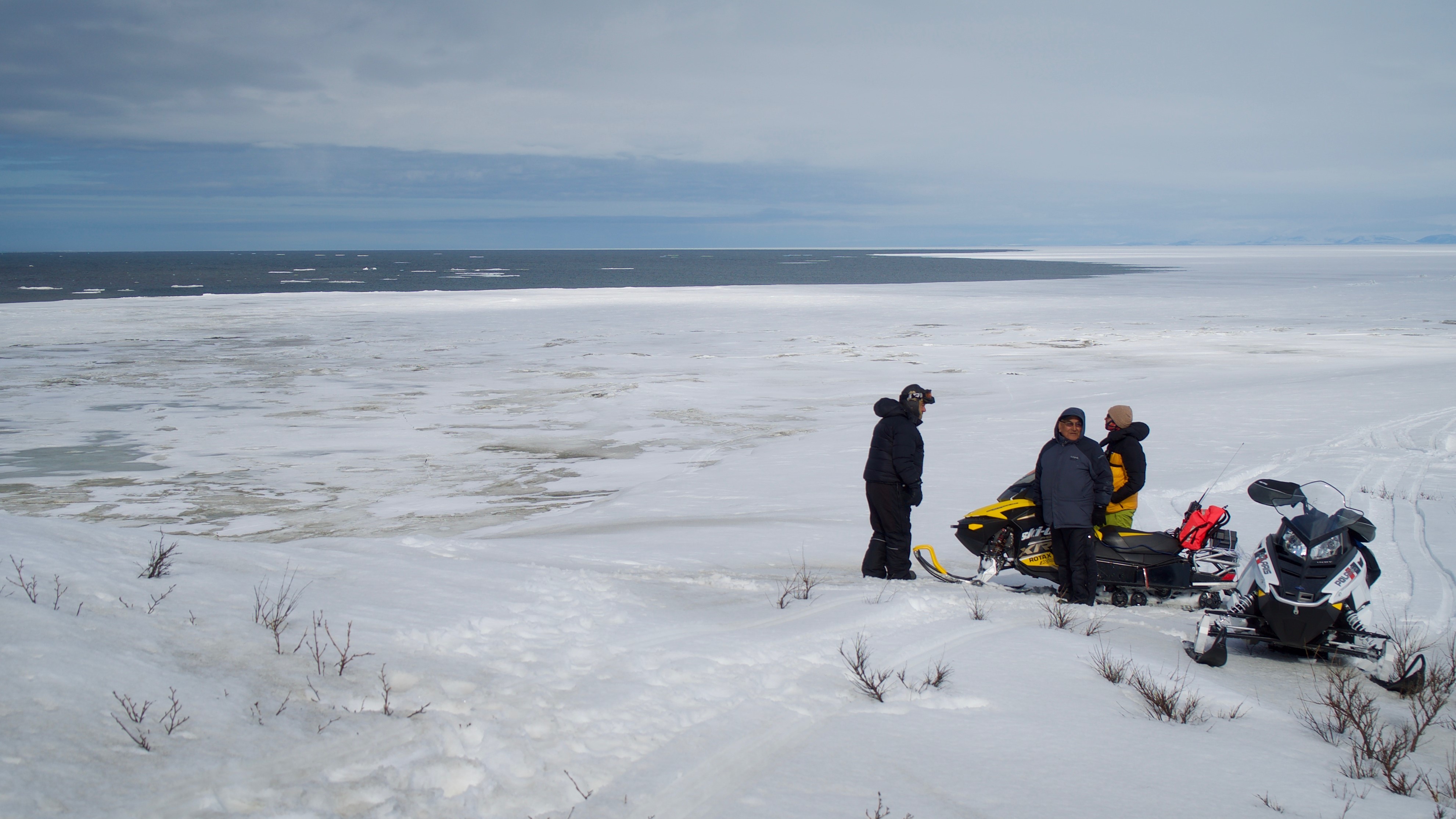
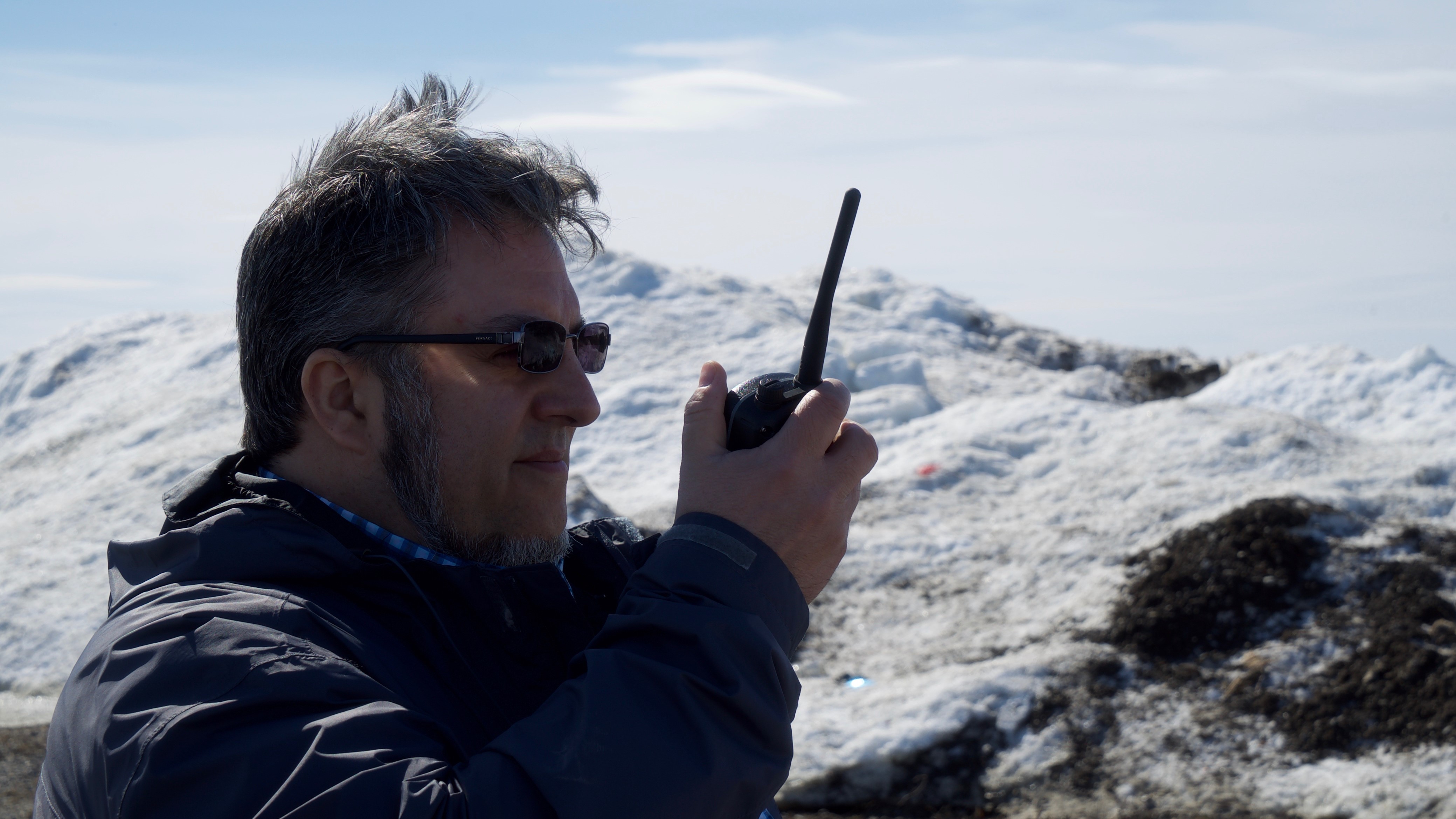
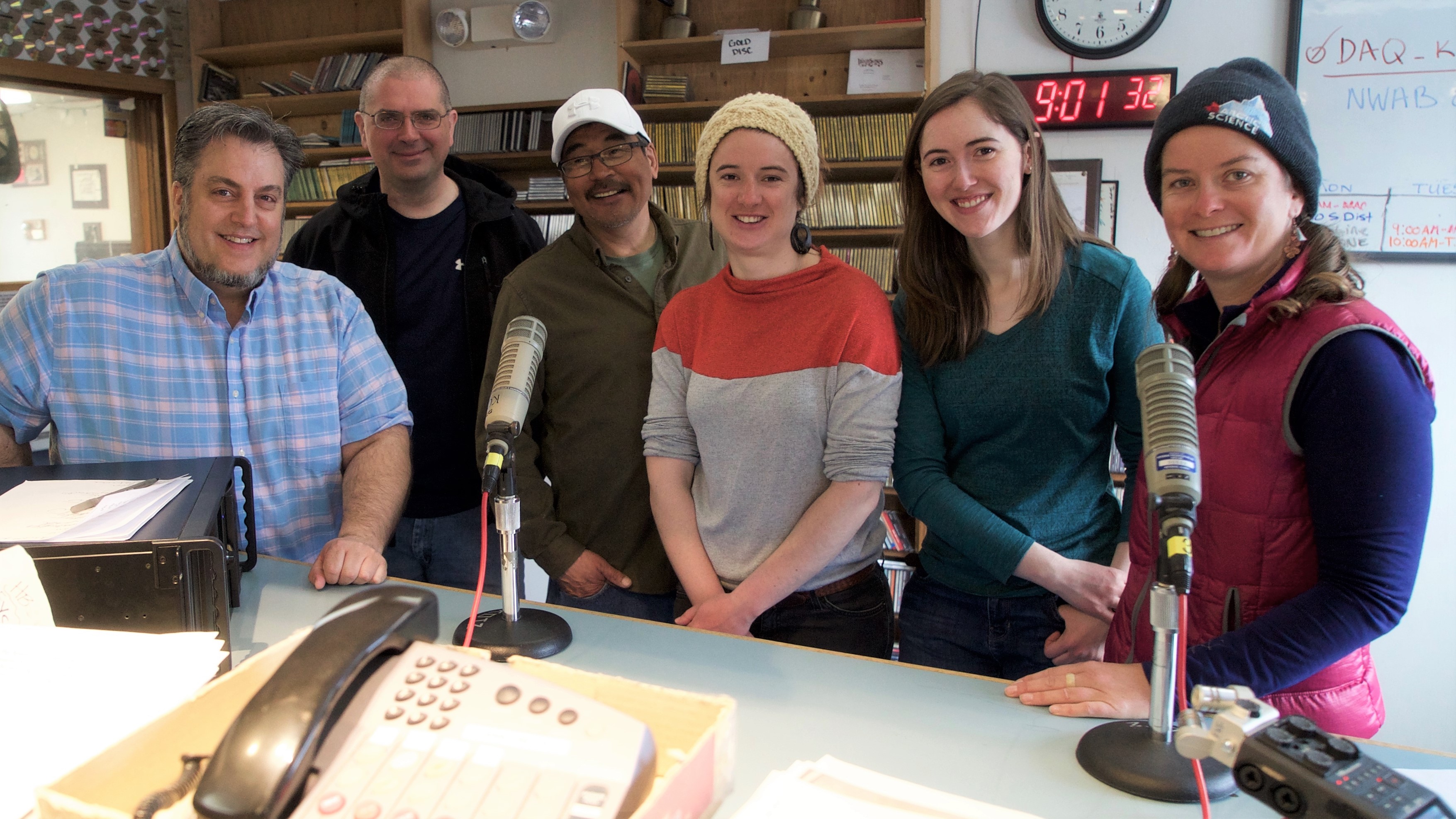



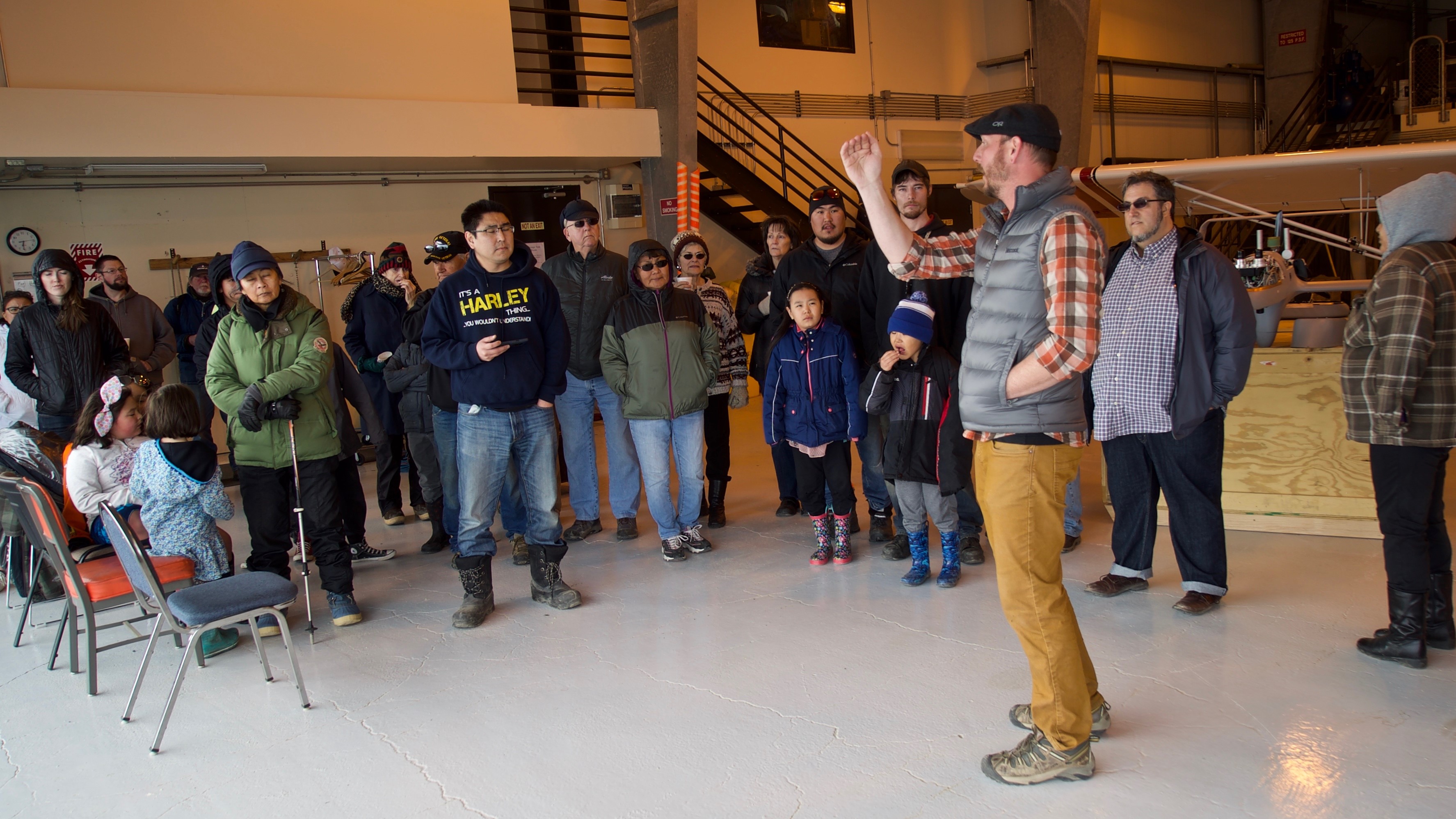
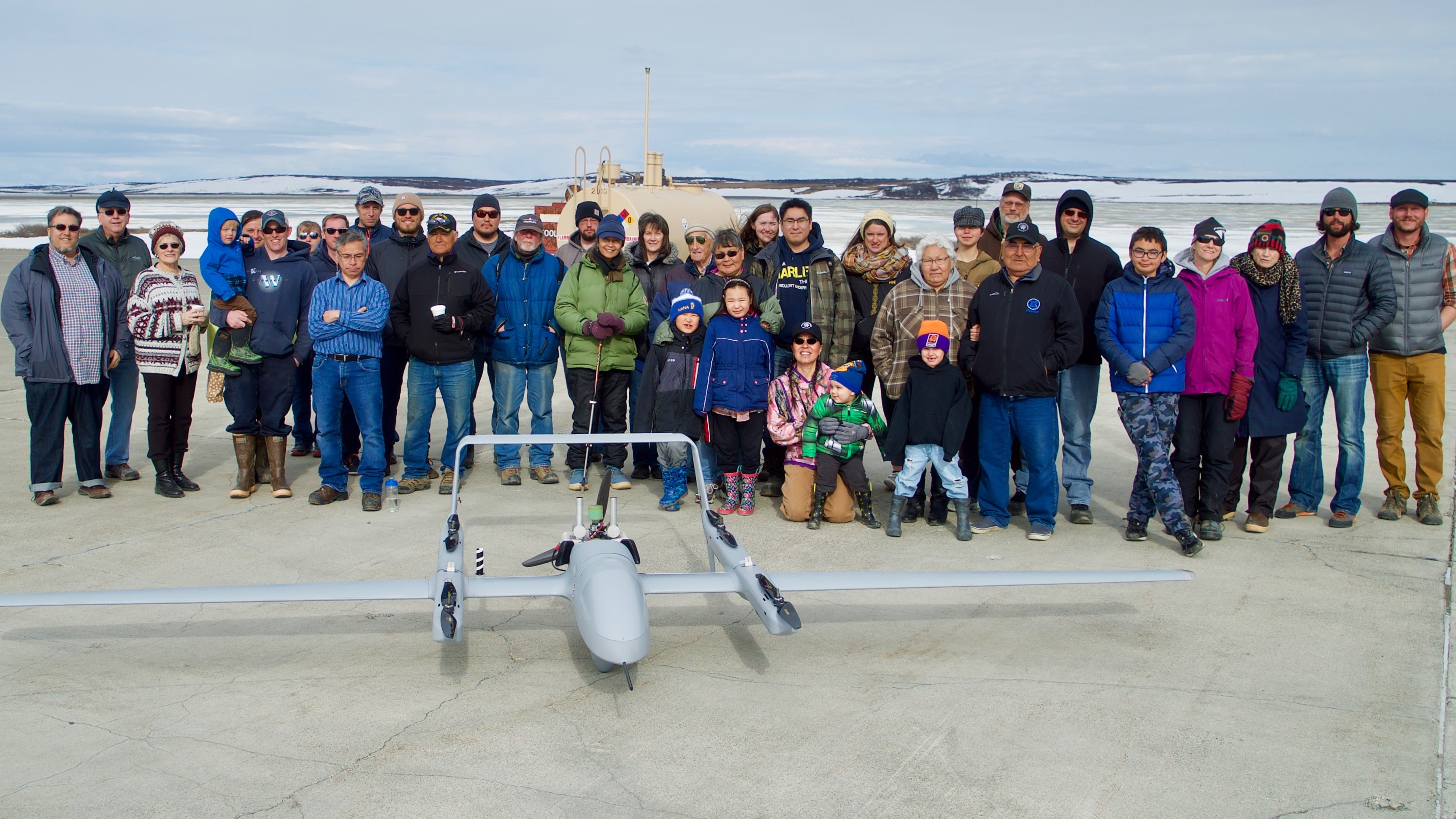
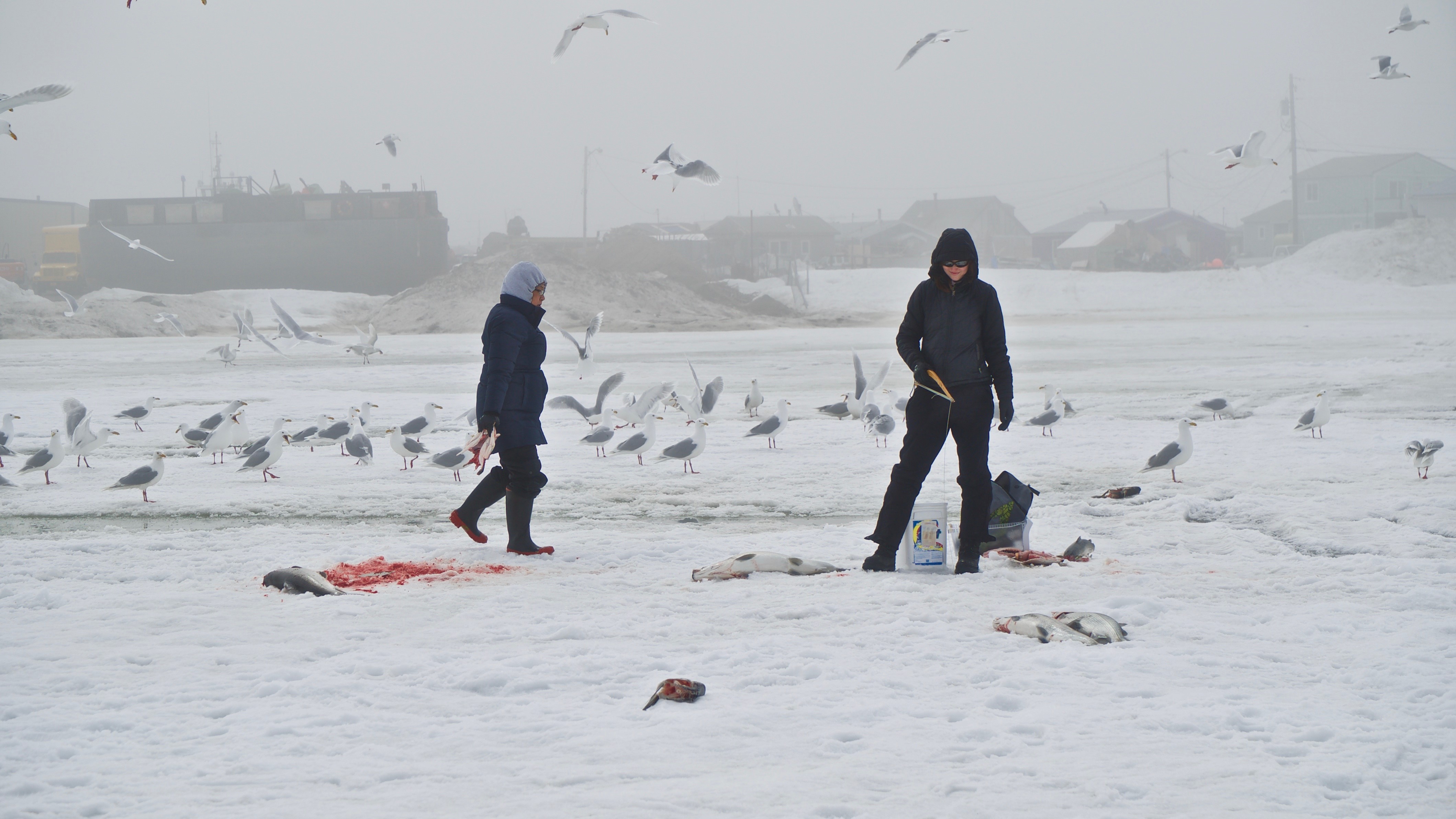

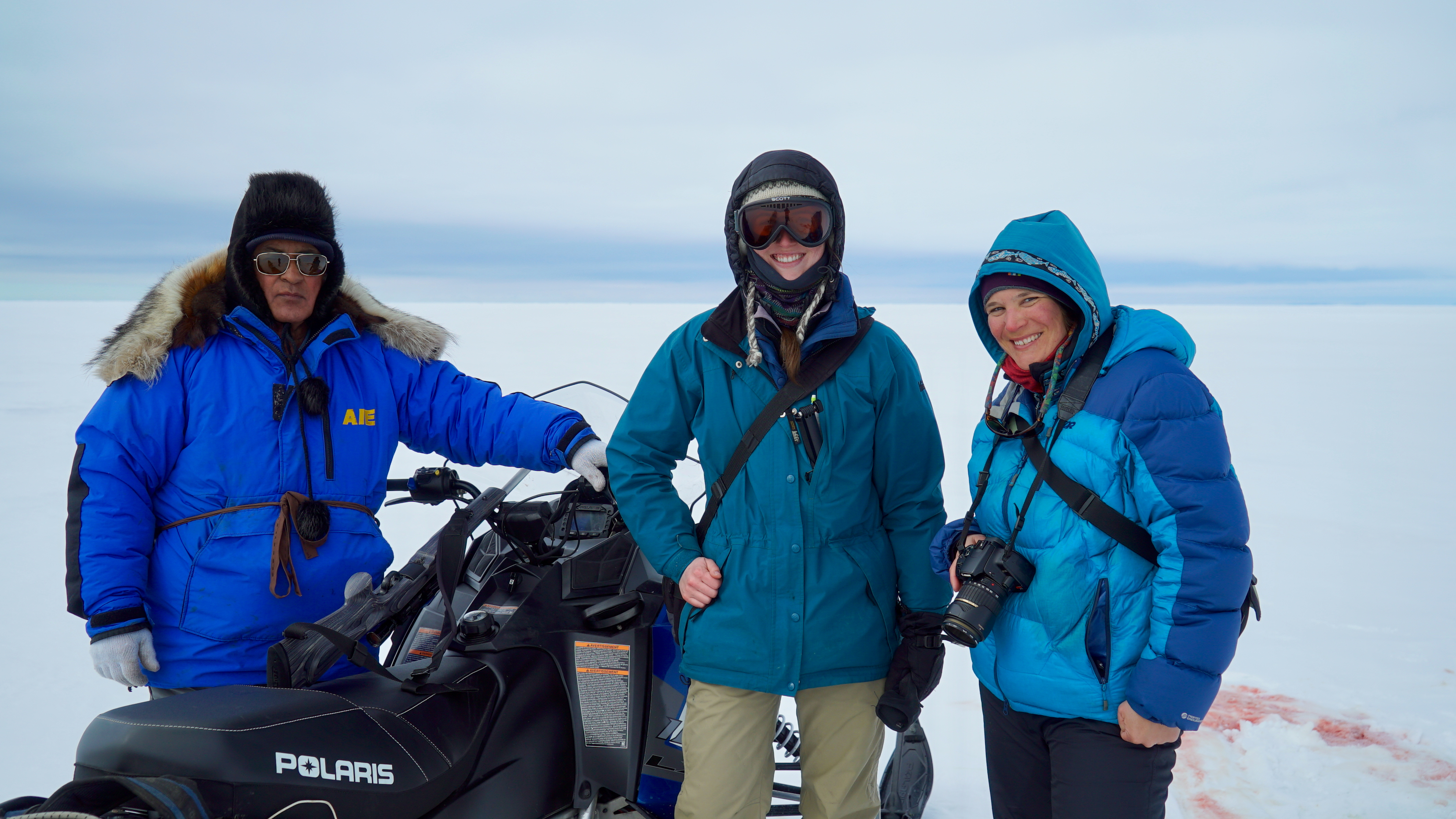

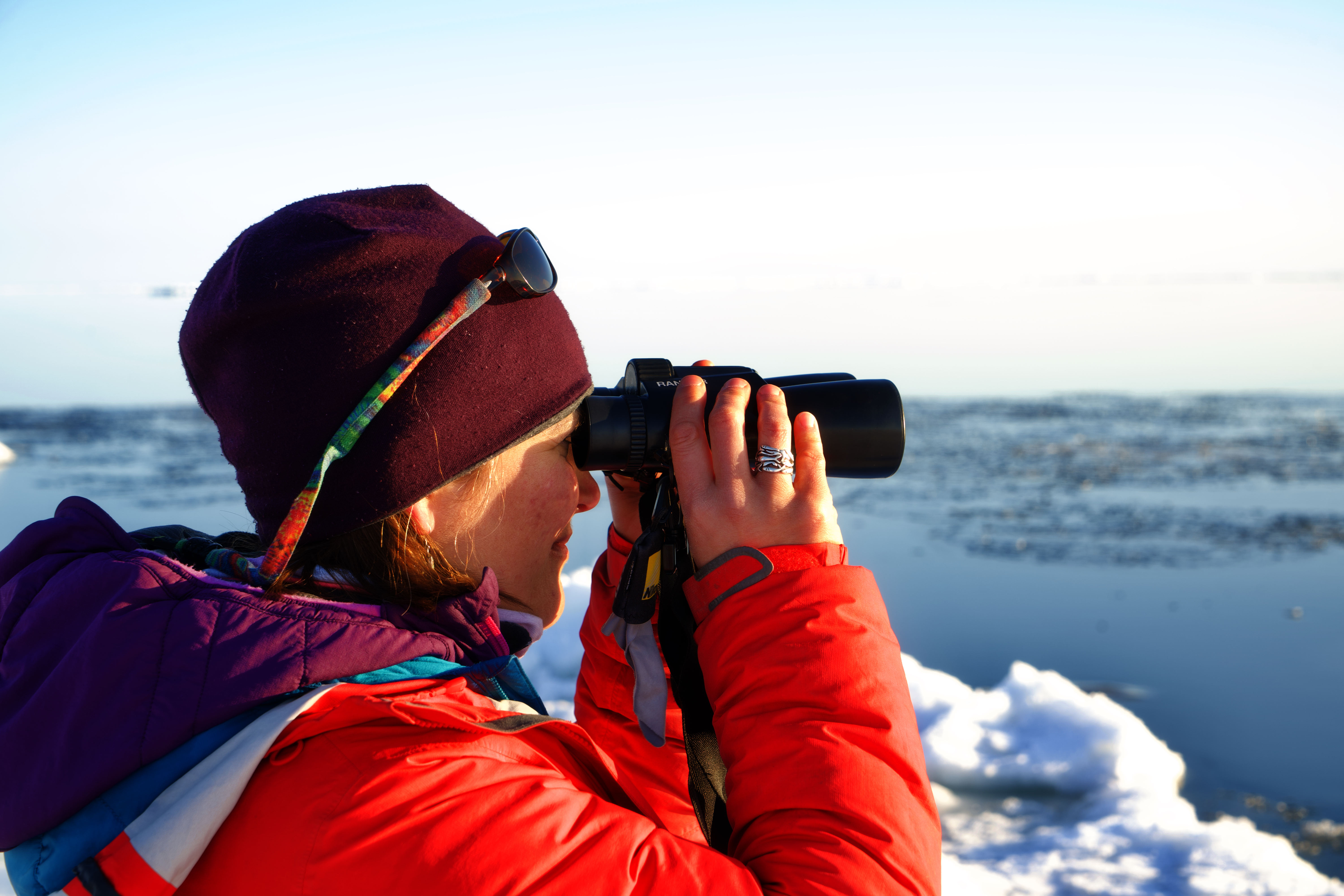
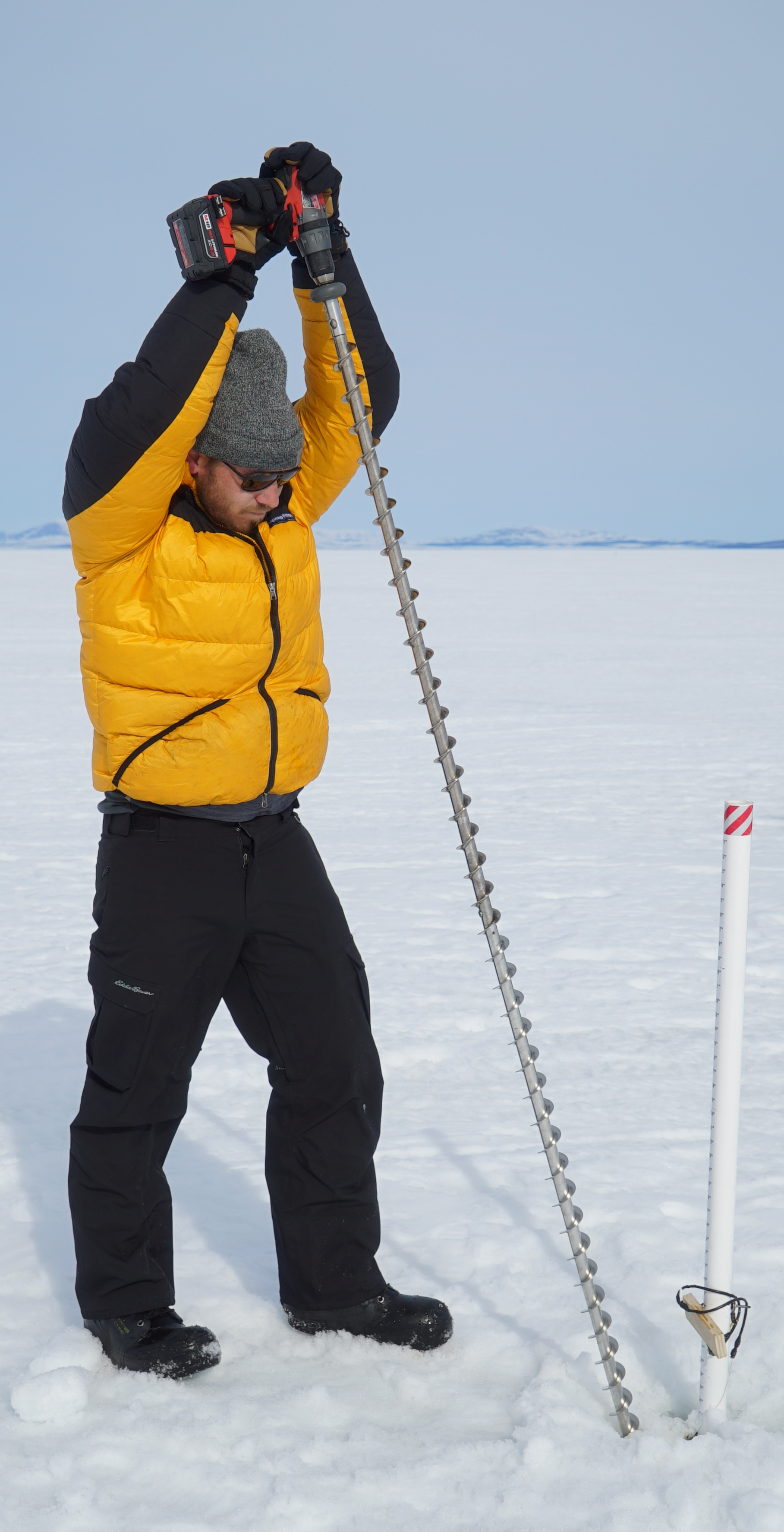
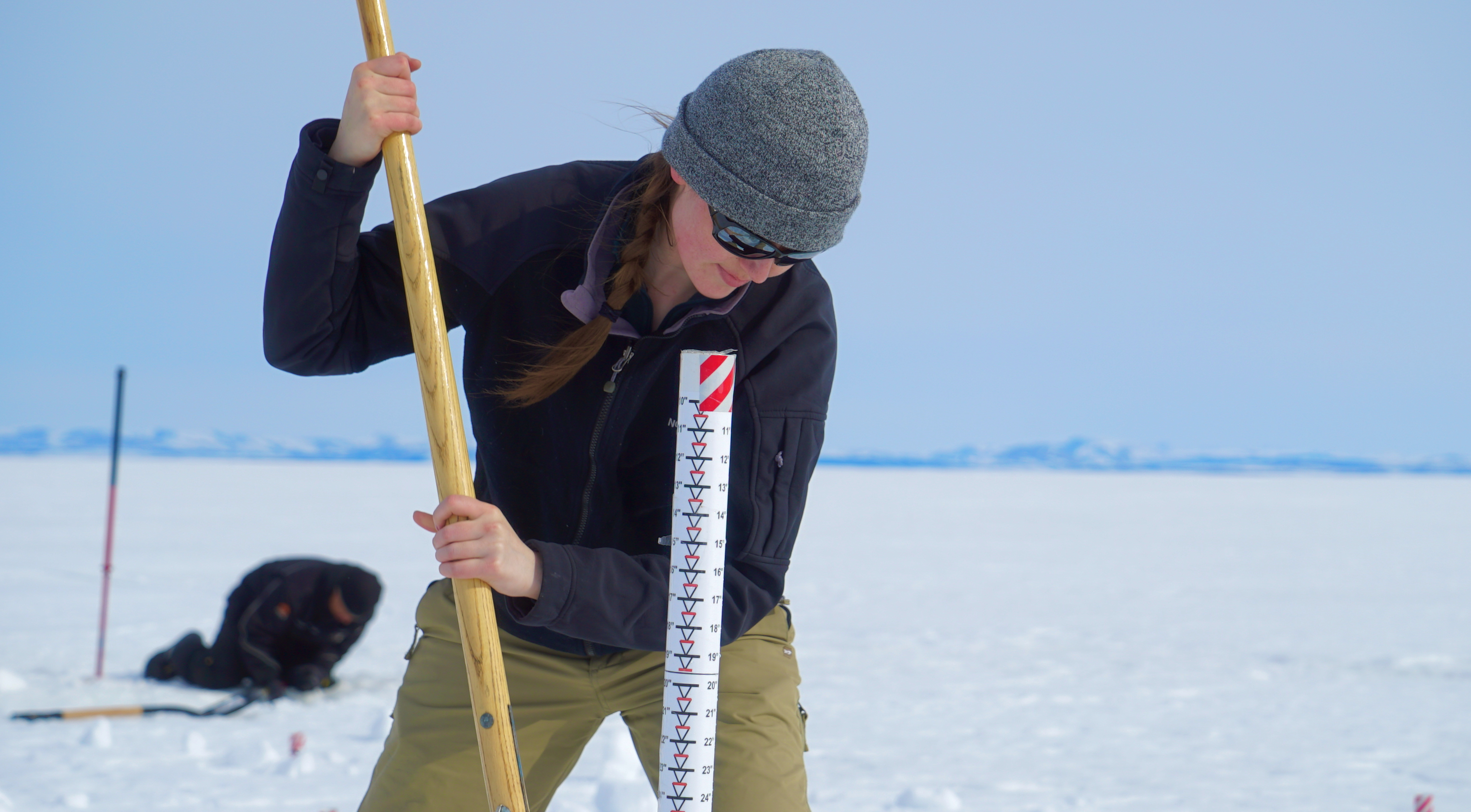
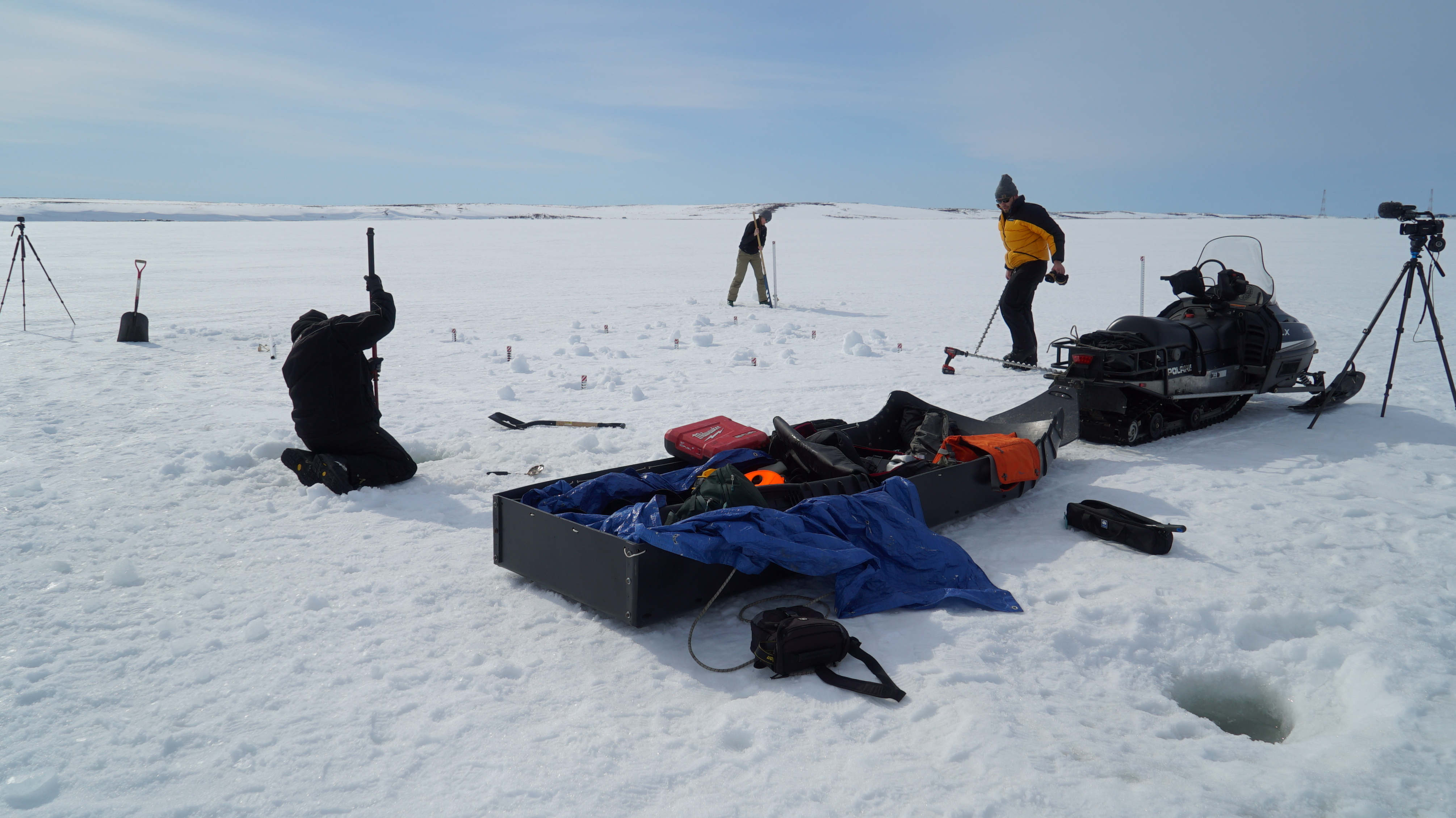
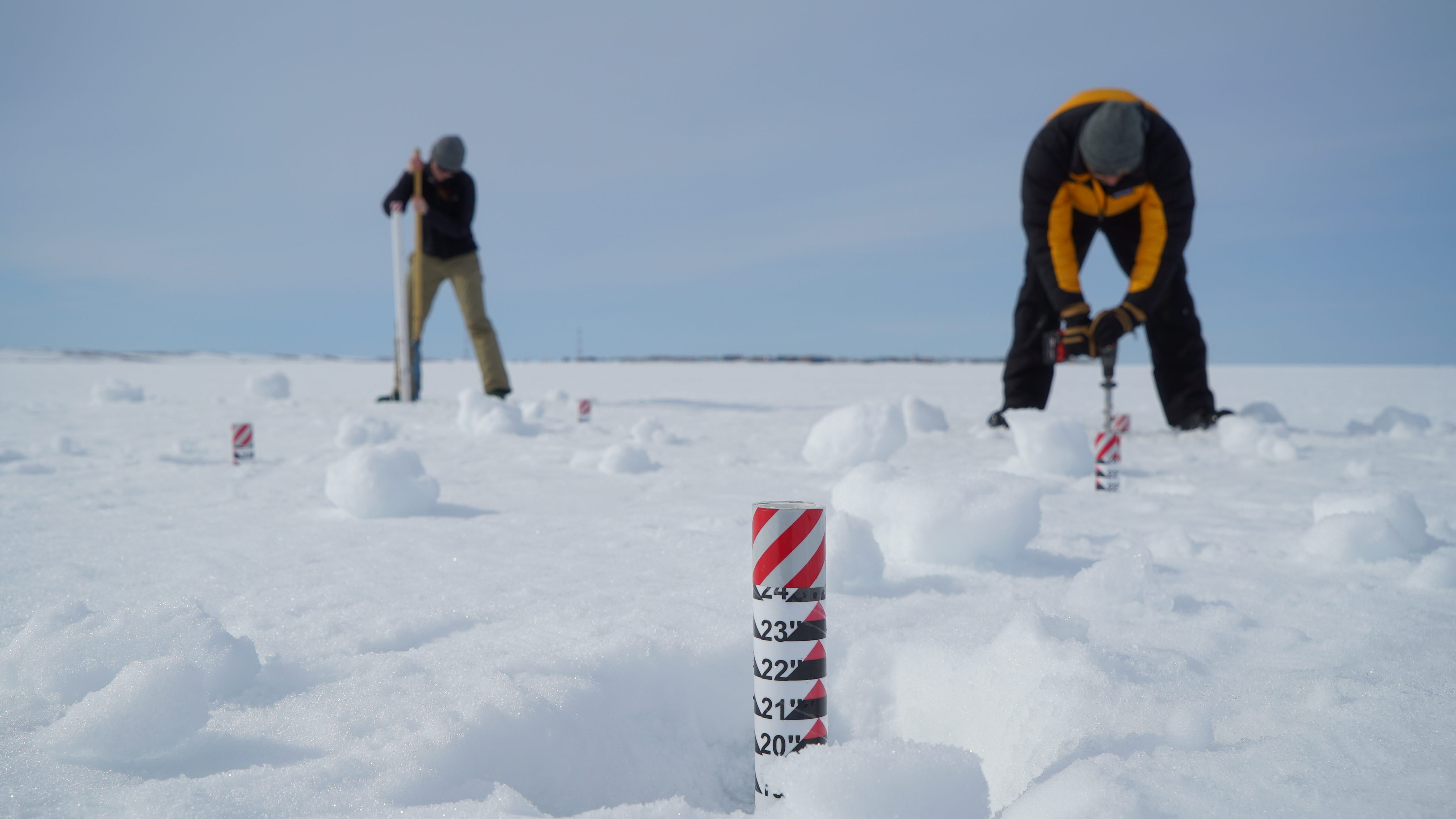
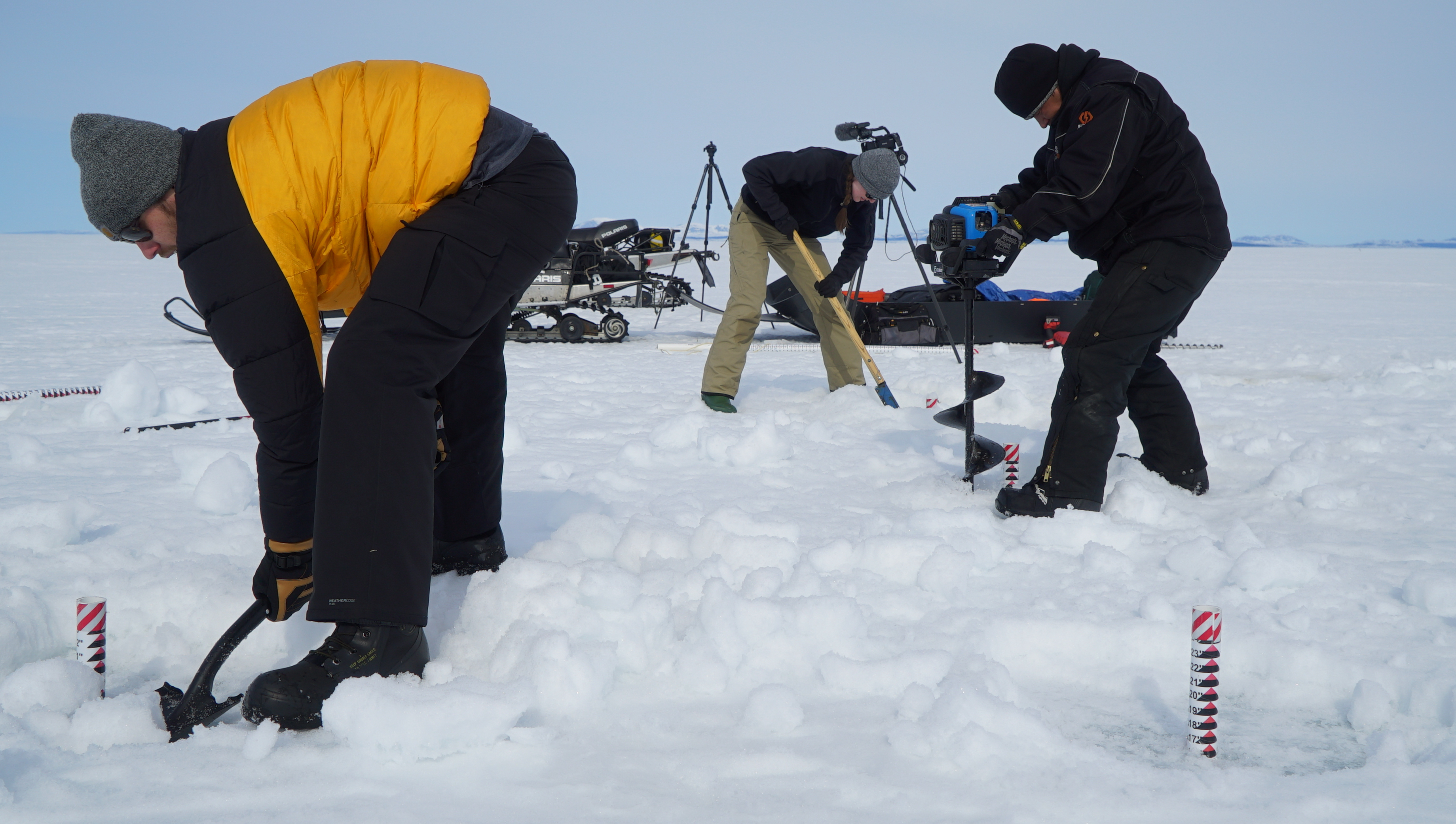
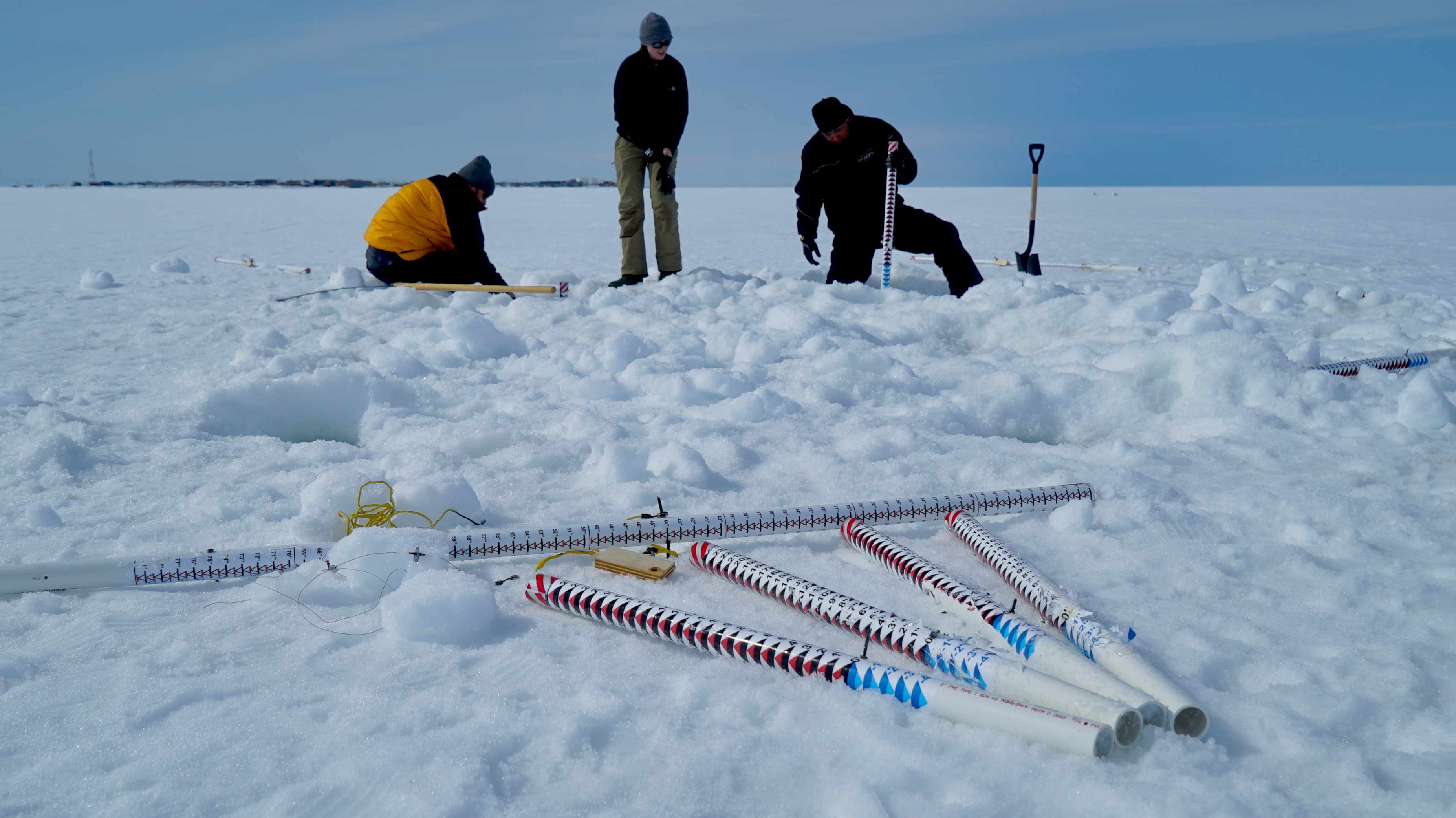
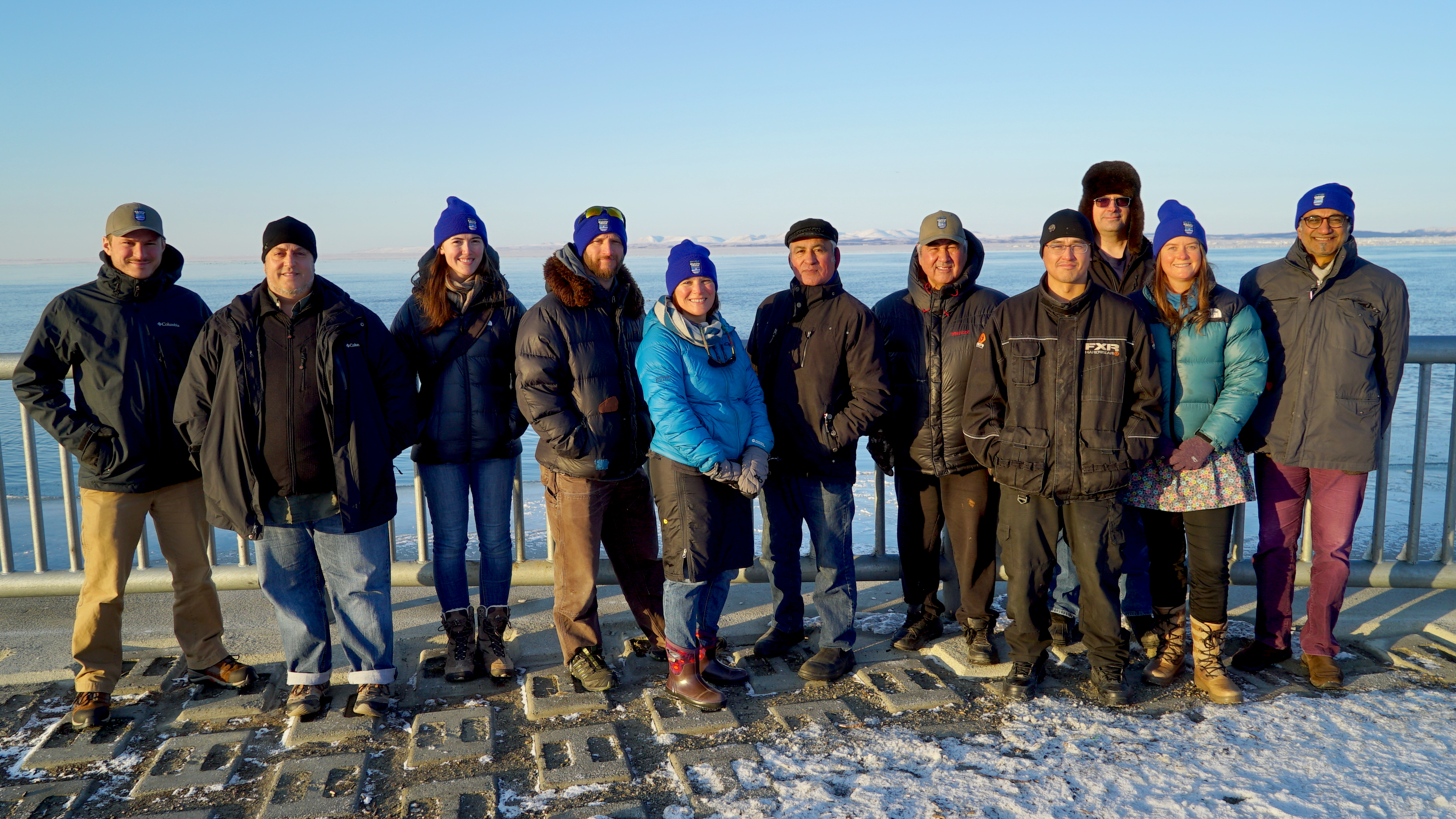

❮
❯
Uncrewed Aerial Vehicles (UAV)

Latitude Engineering’s HQ-90B aircraft represents a giant leap in Uncrewed Aerial Vehicle
(UAV) capability, enabling long-endurance missions with vertical takeoff and landing (VTOL)
and optimized to perform in remote locations such as Alaska’s Arctic coastal communities. The
Hybrid Quadrotor (HQ) technology offers the efficiency, speed, and range of a normal fixed-
wing aircraft with no need for a runway or other complex launch and recovery equipment.
The HQ-90B has a cruising speed of 40 knots, with a 15-hour endurance carrying a nominal
15-lb payload. The HQ-90B can reach 14,000 feet, has a wingspan of 185 inches and weighs
115 lb. The aircraft features a swappable nose cone for holding a variety of payloads that can be
switched out quickly. Compared to pure multi-rotors, HQ technology is more cost effective,
more reliable, has higher top speed, more endurance, more wind tolerance, and can cover more
ground. Compared to fixed wing aircraft, HQ technology operates from more locations and from
more types of platforms.
Funding
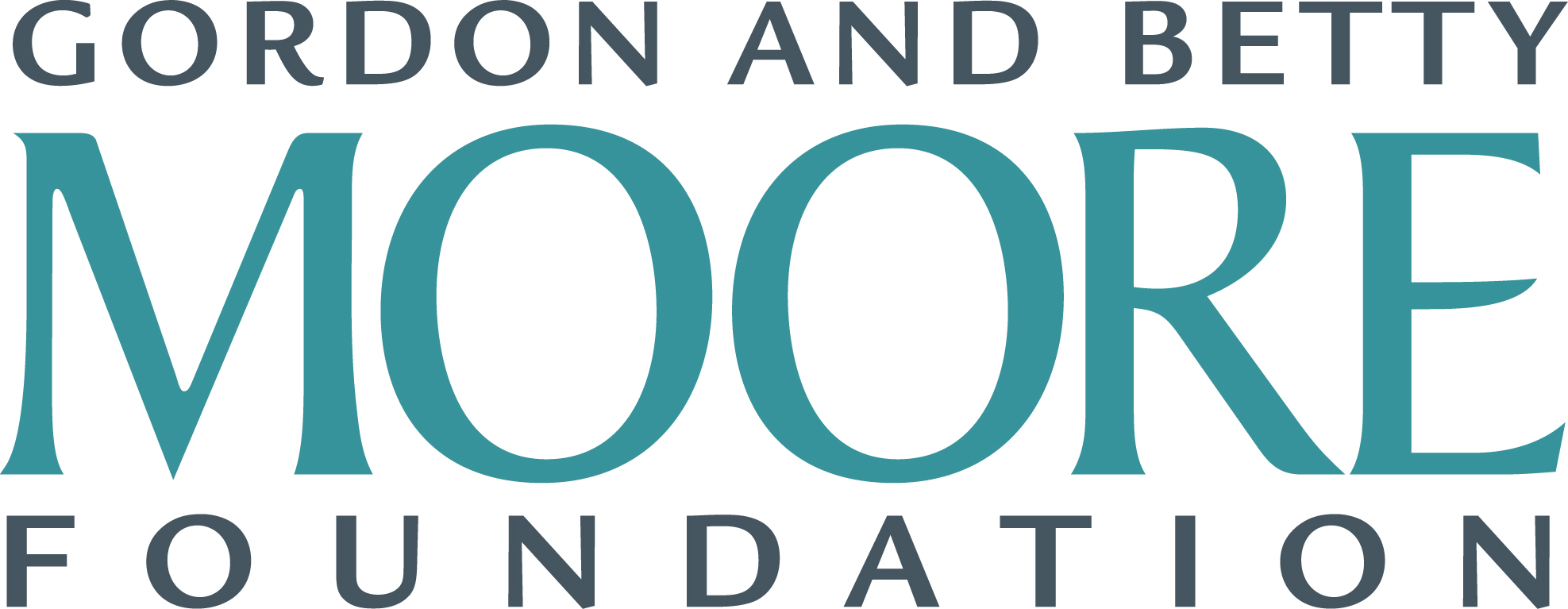
Contact Us
Please email ikaagvik_all_pis@lists.ldeo.columbia.edu for all
questions pertaining to the project.



